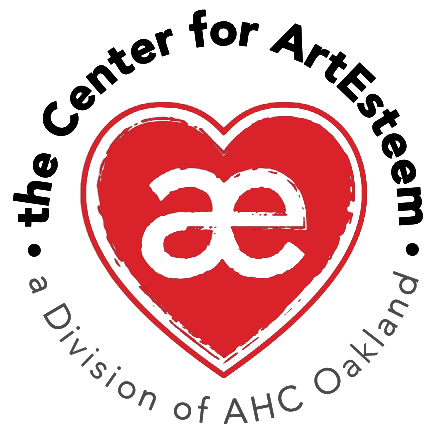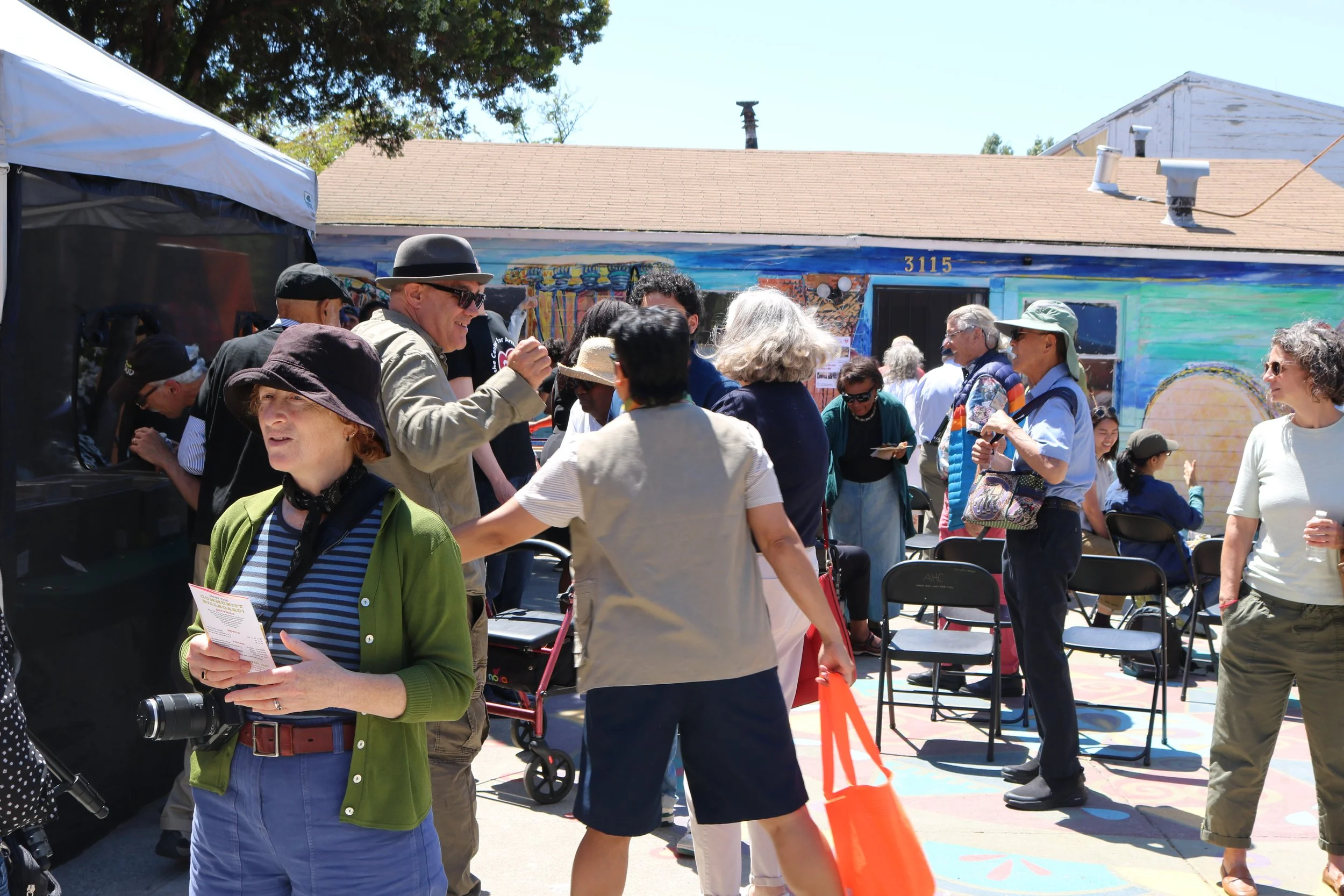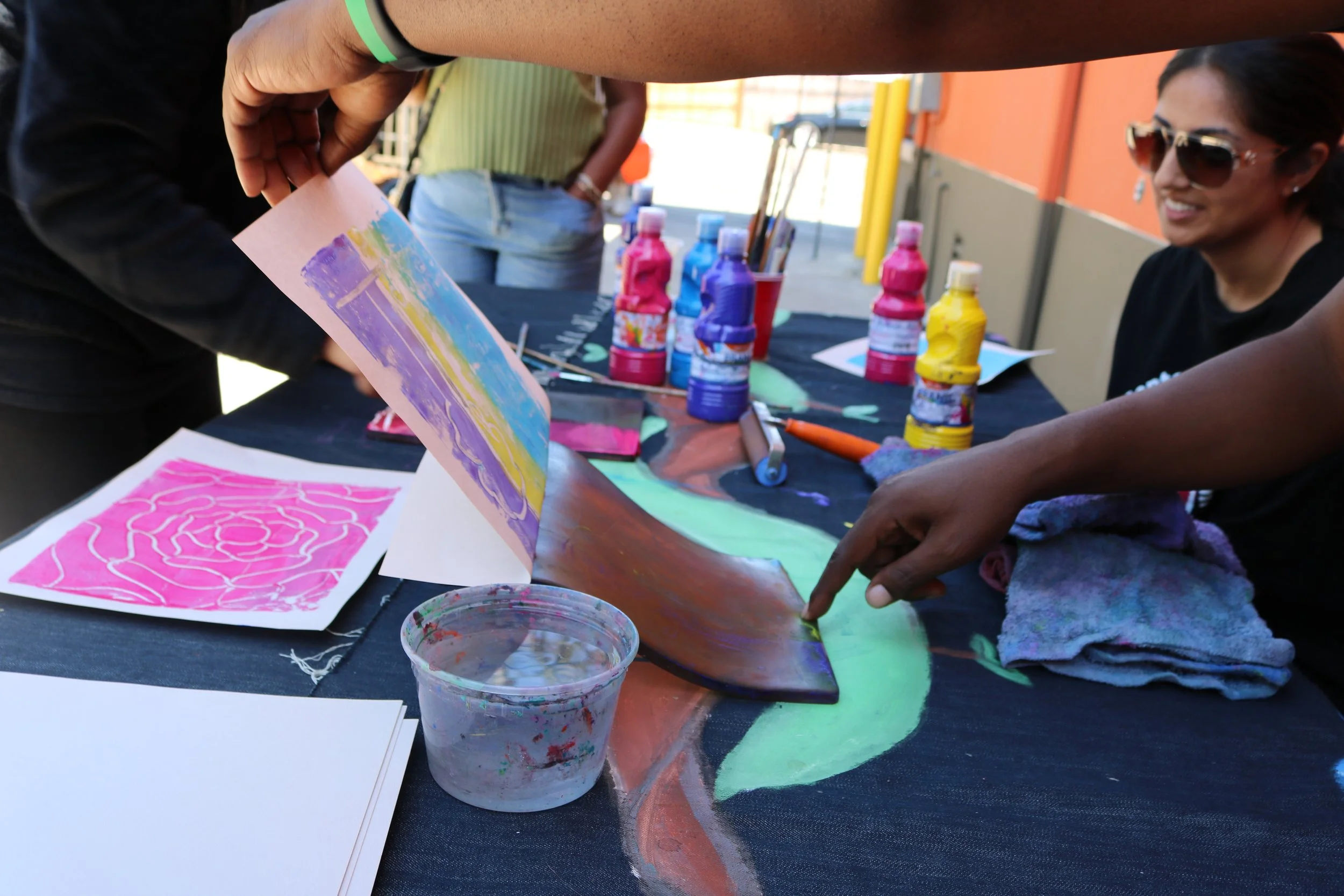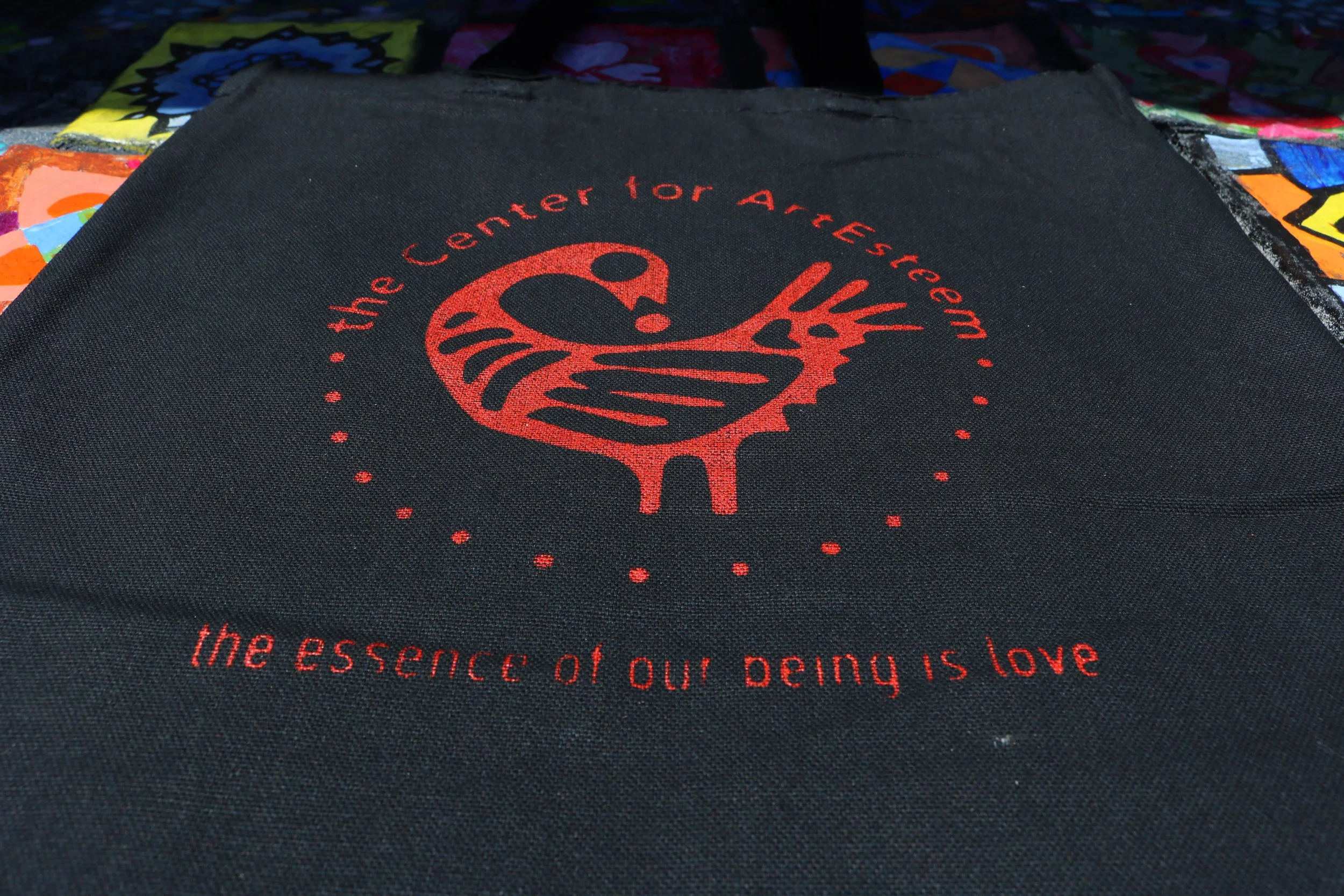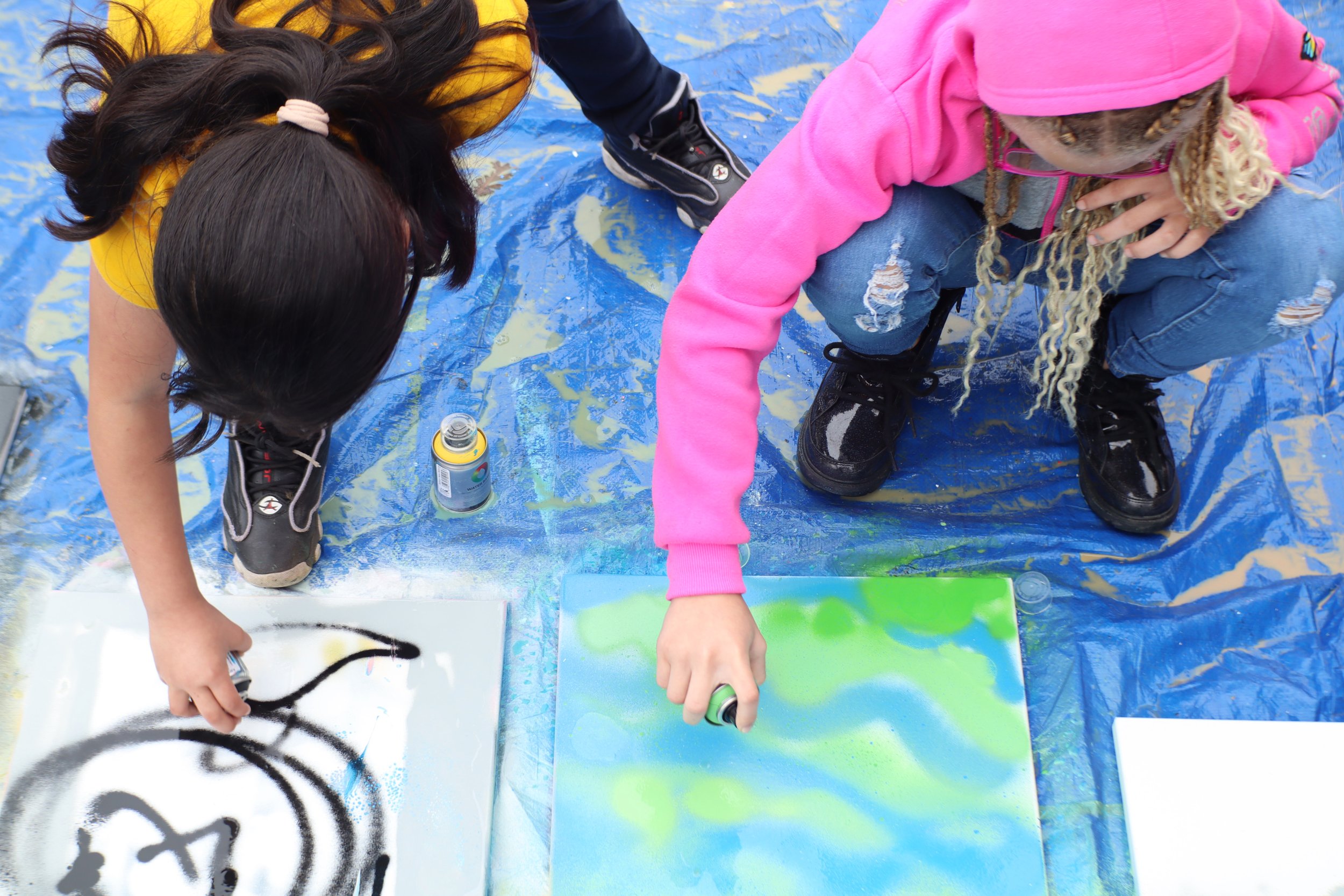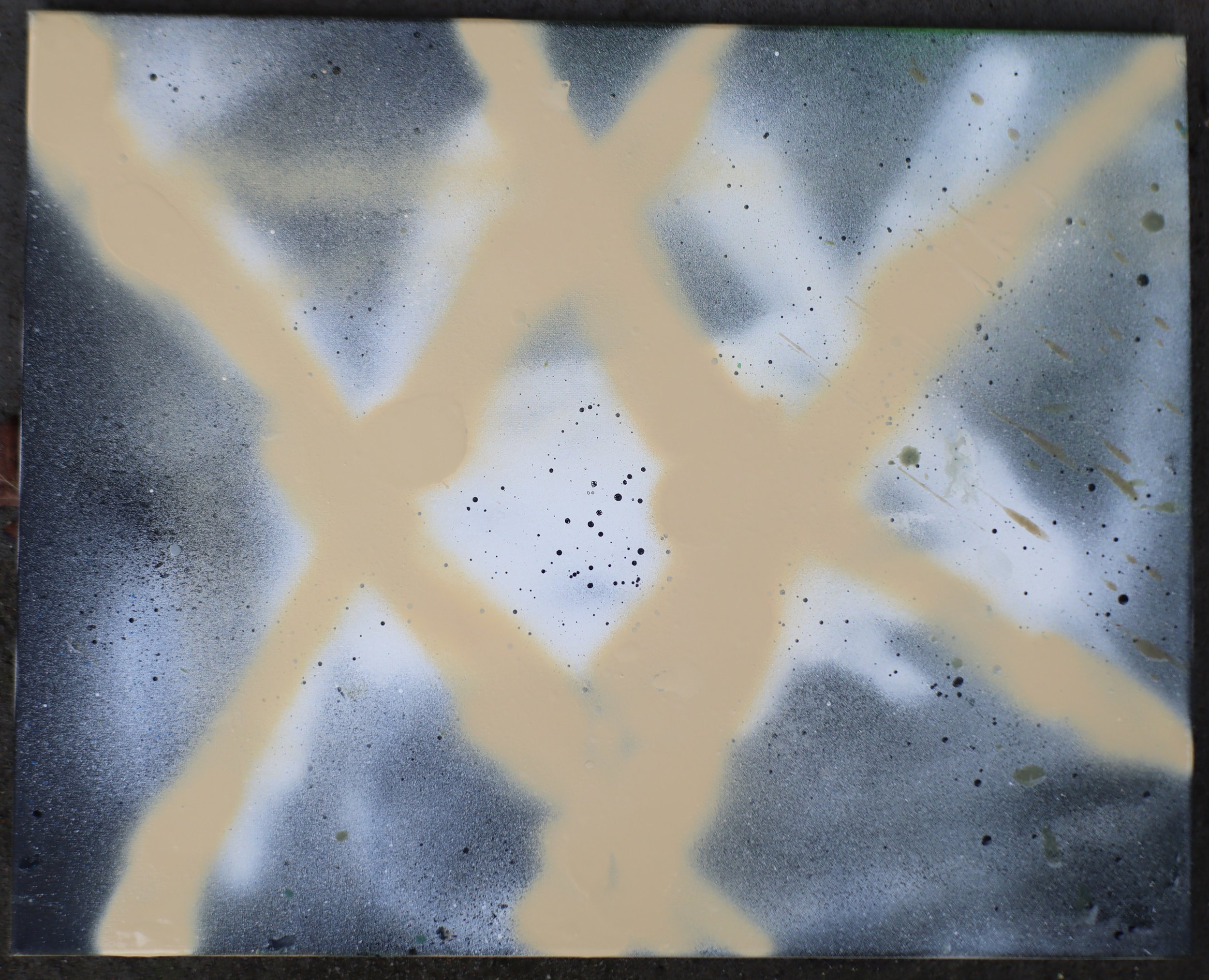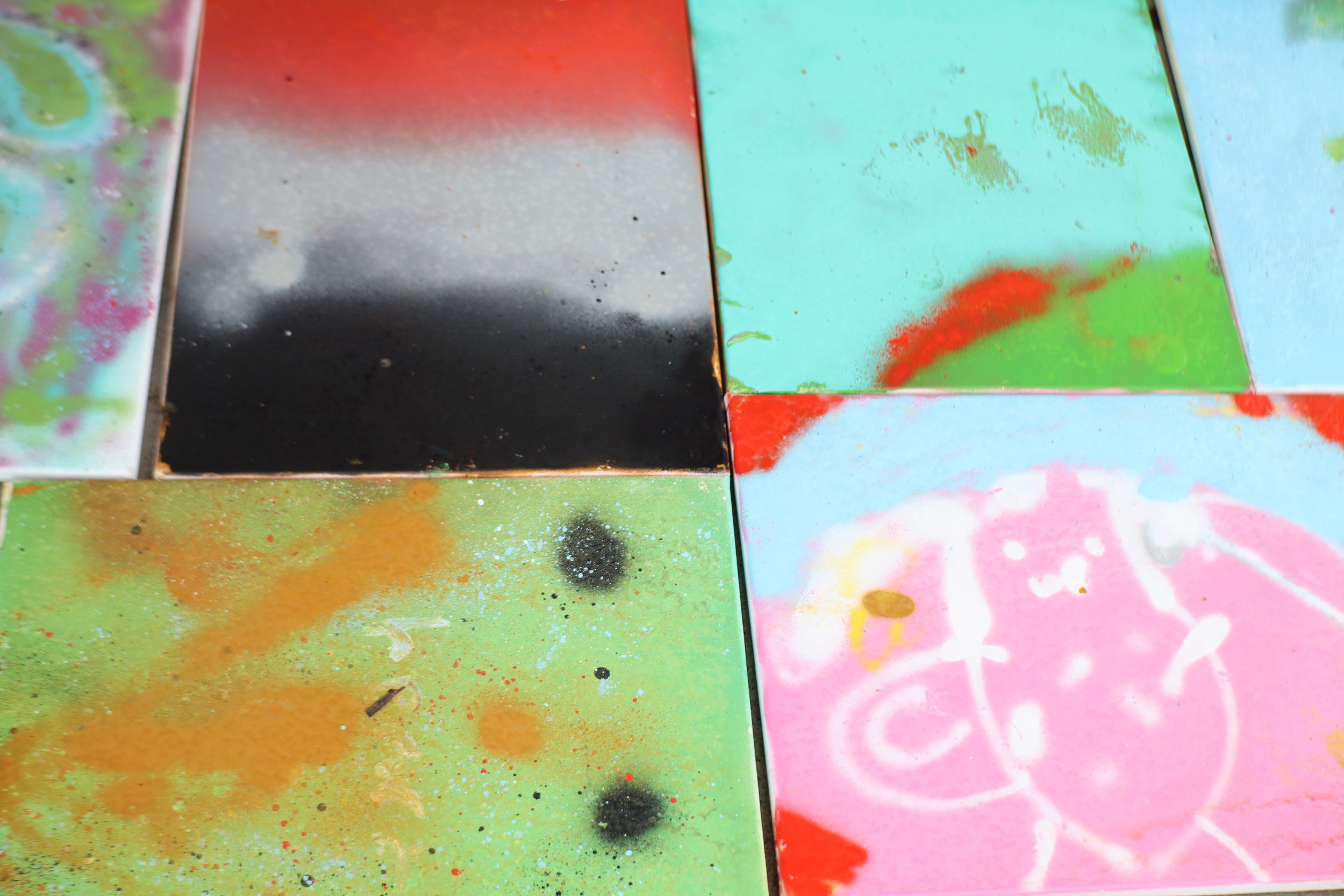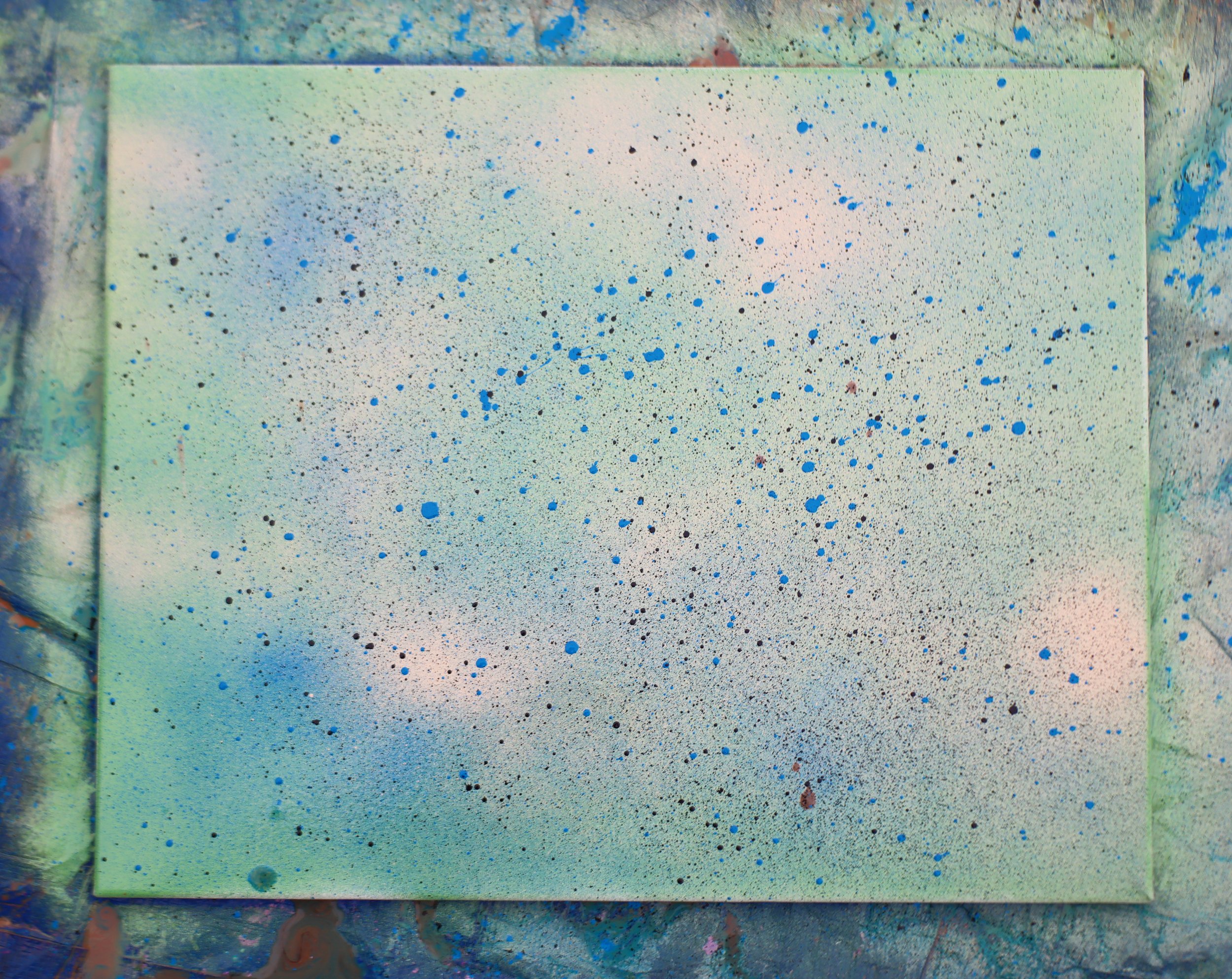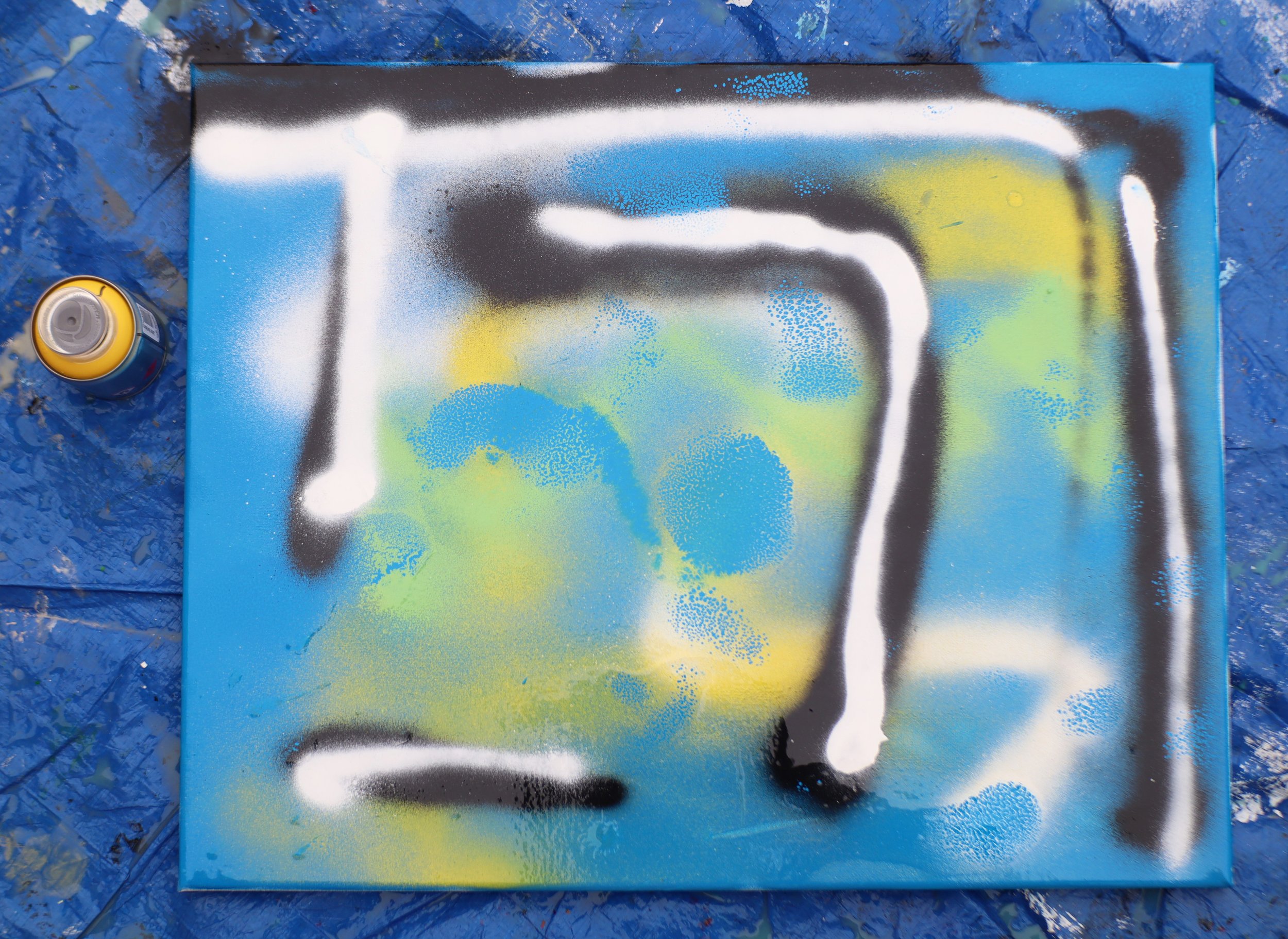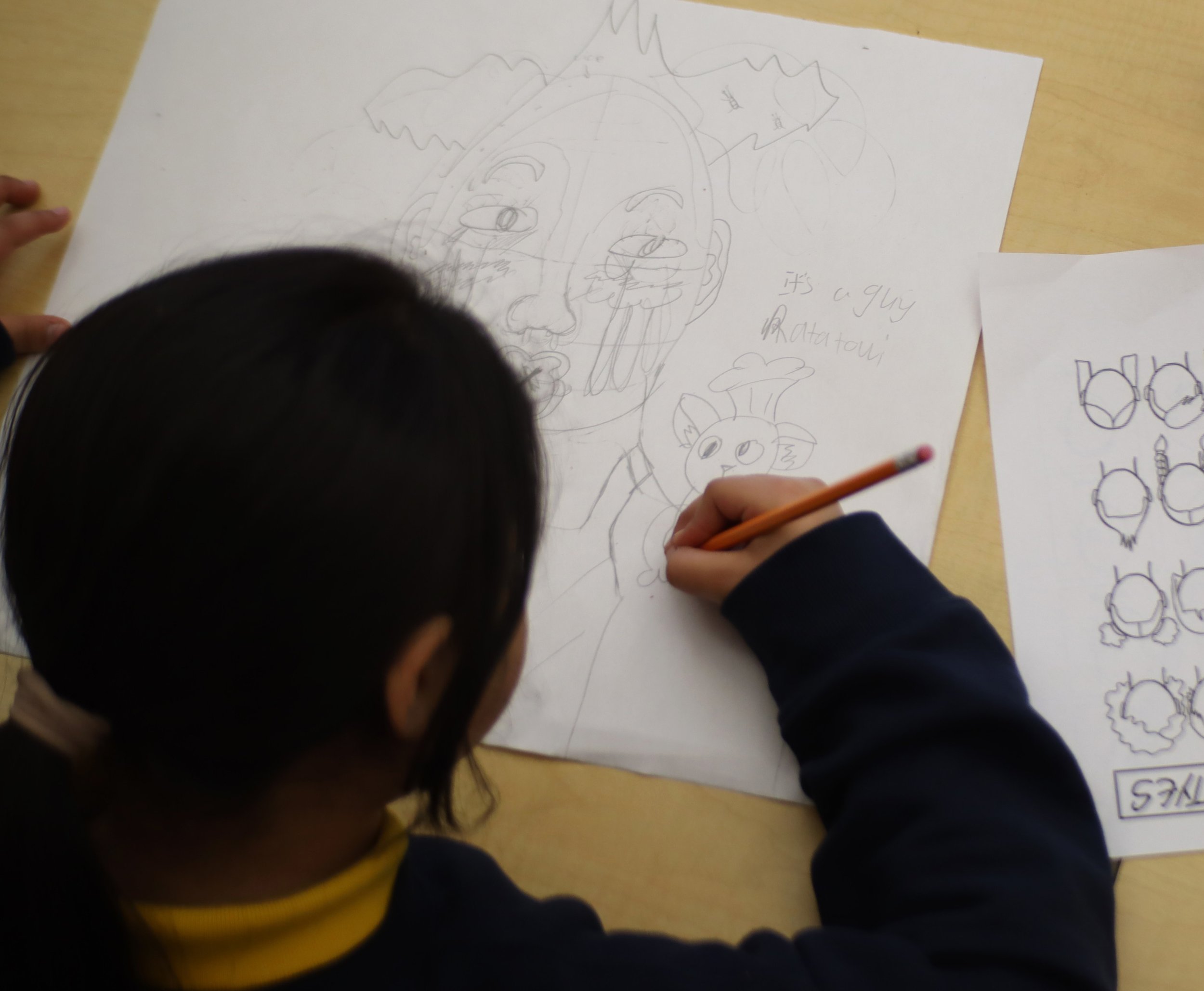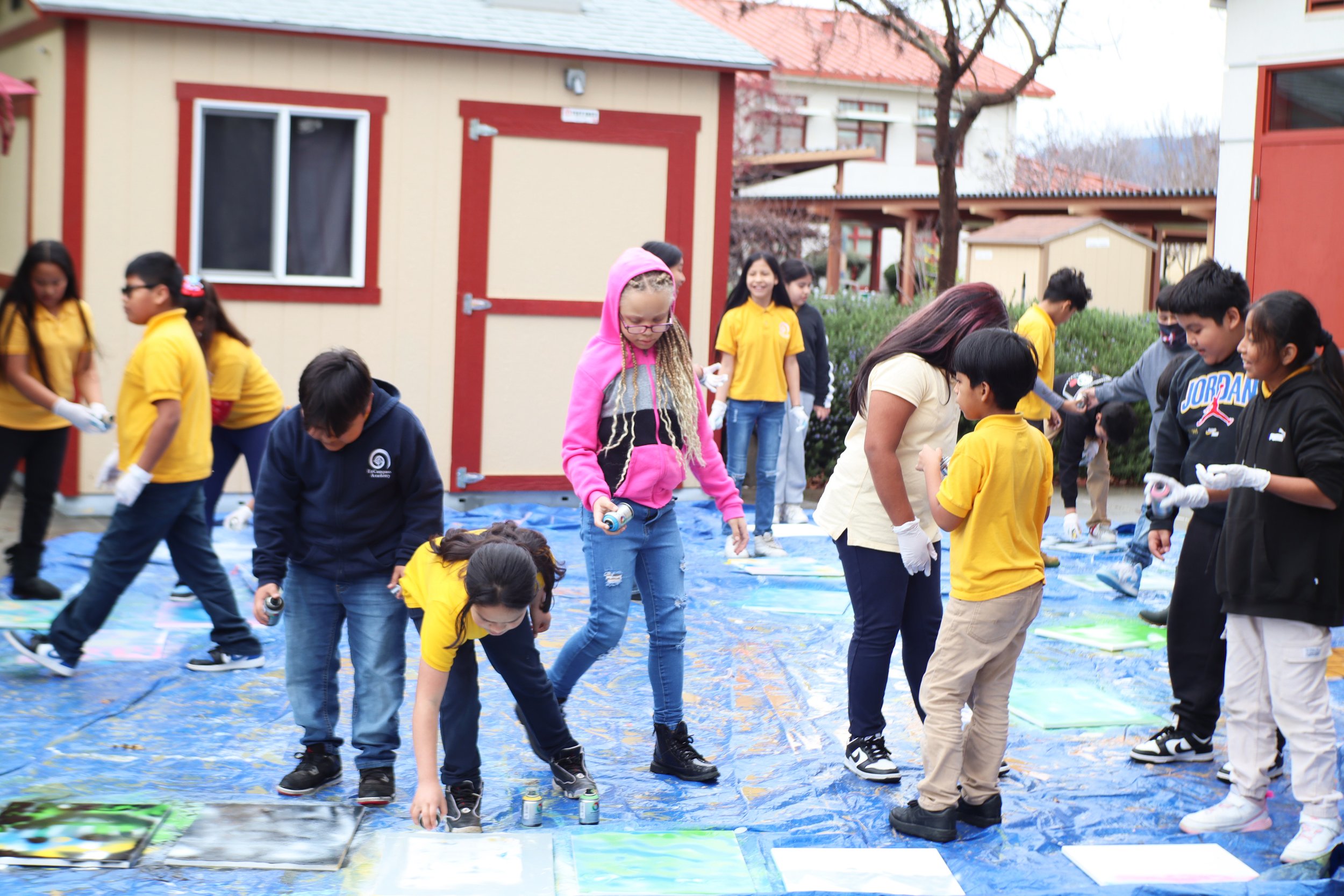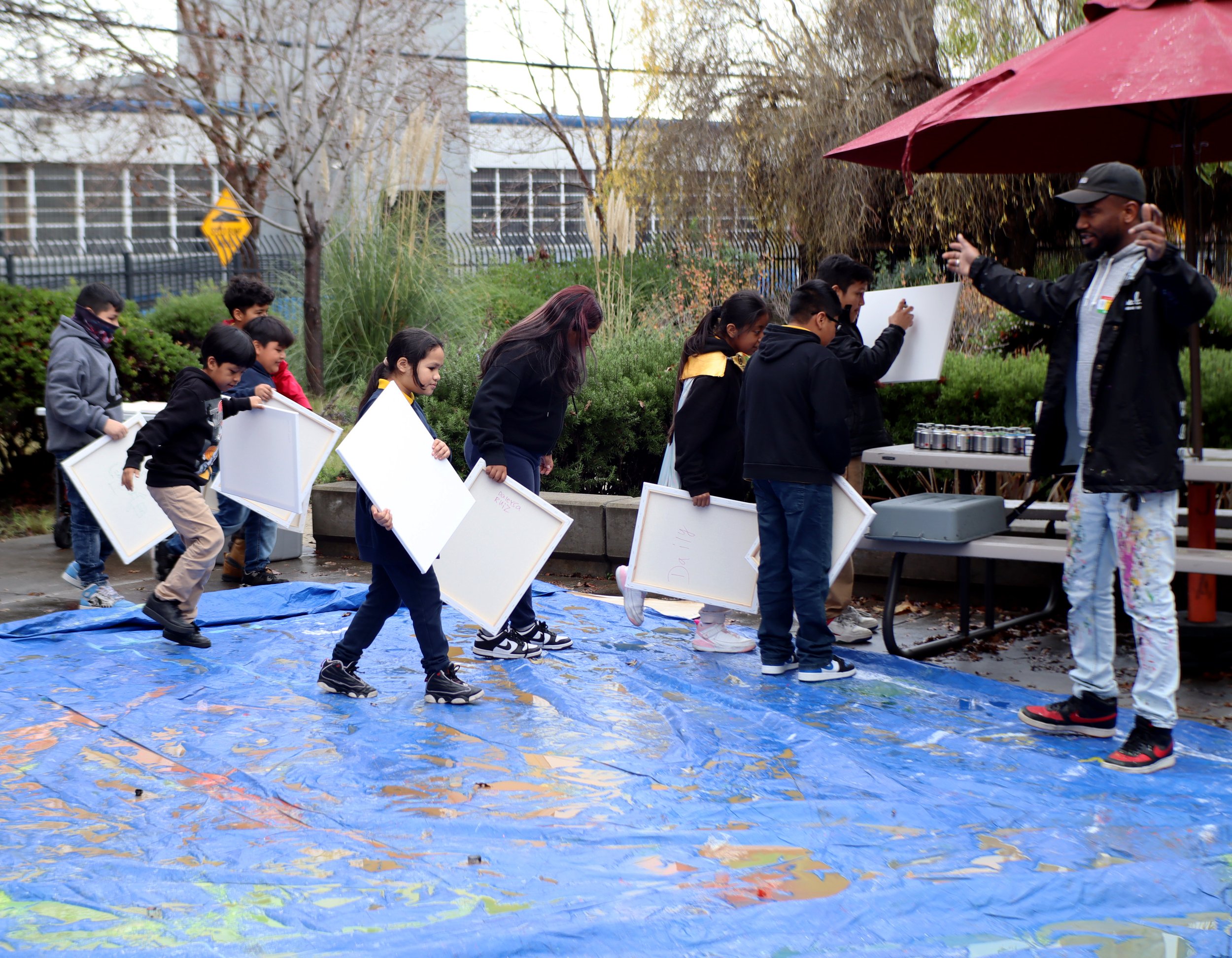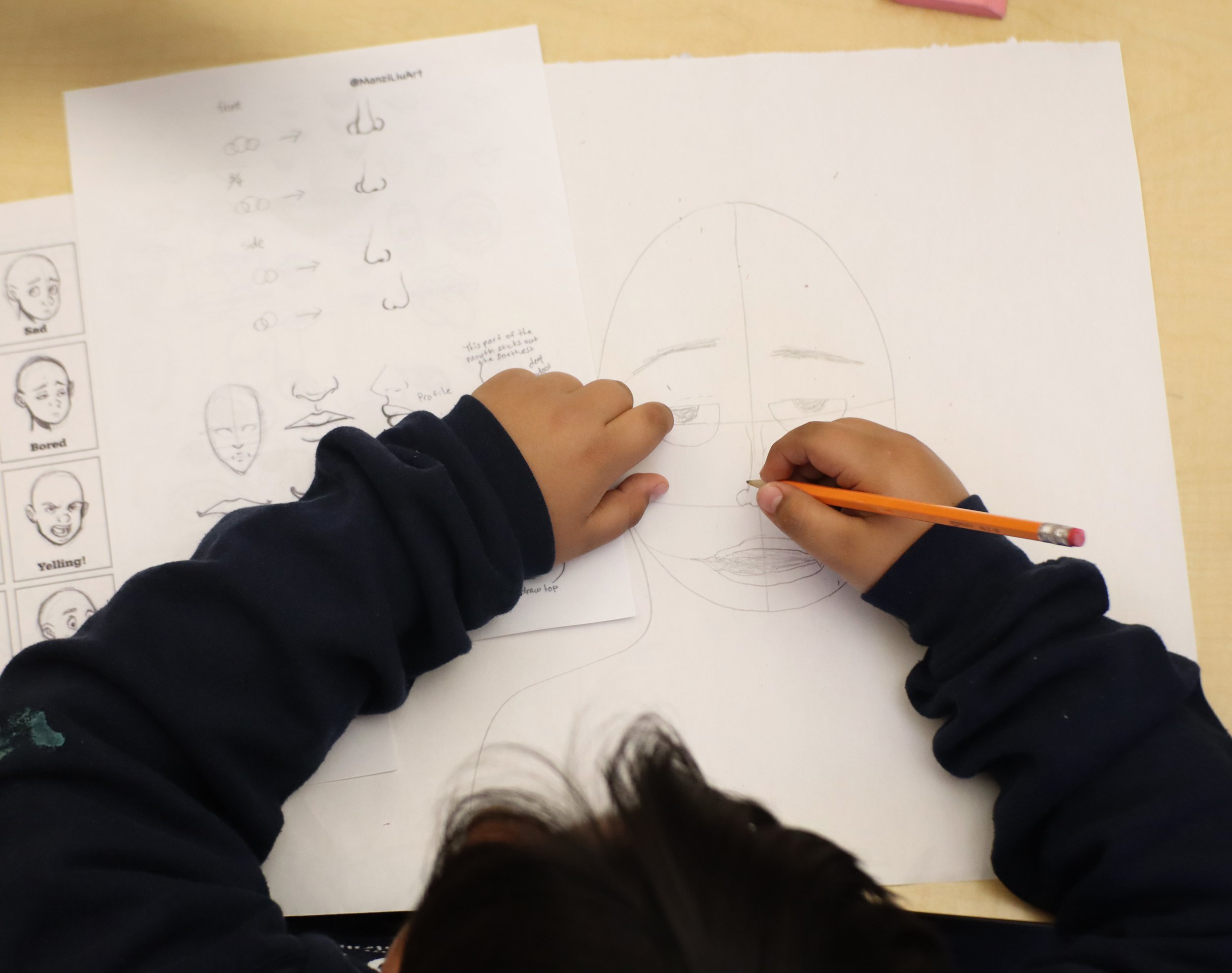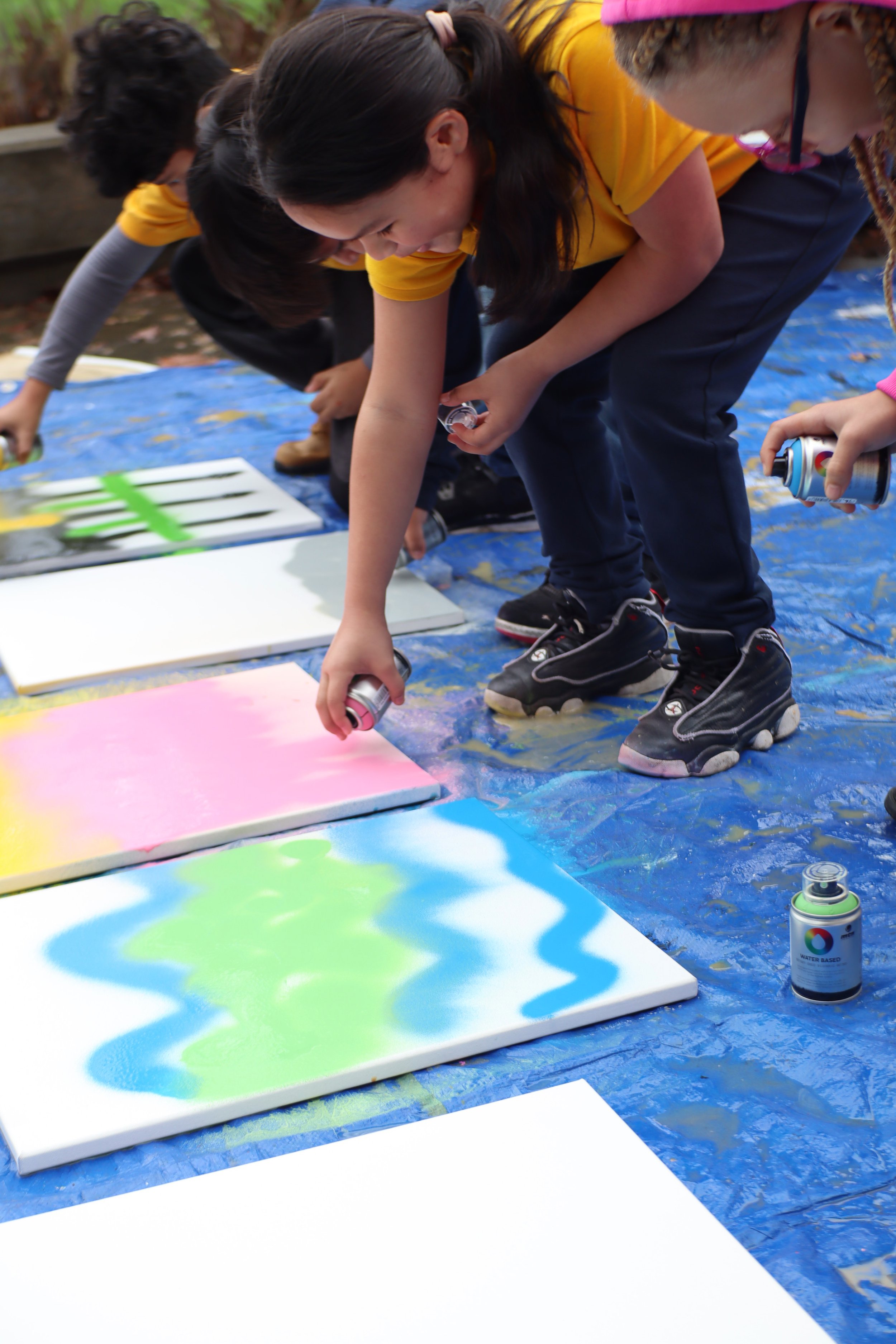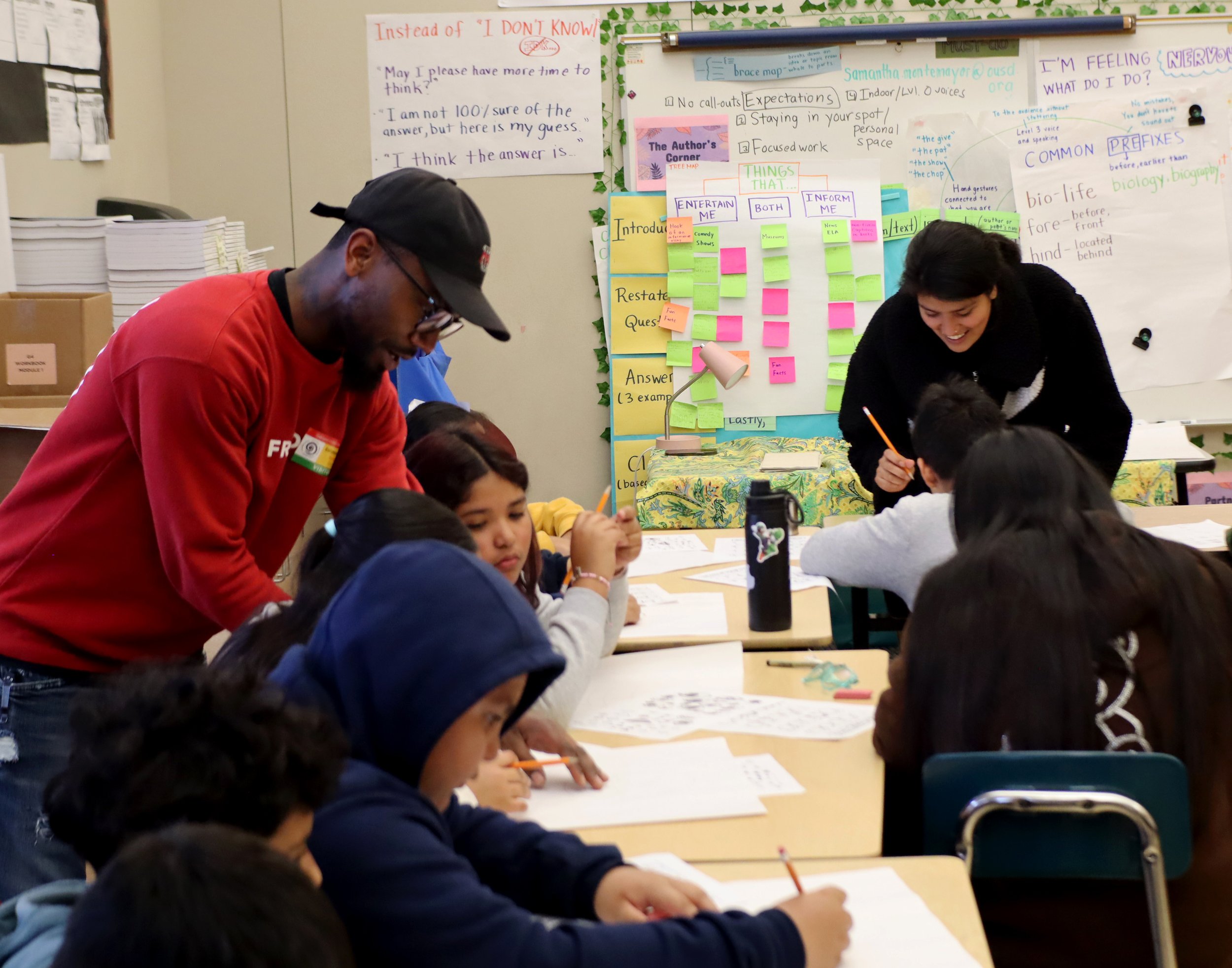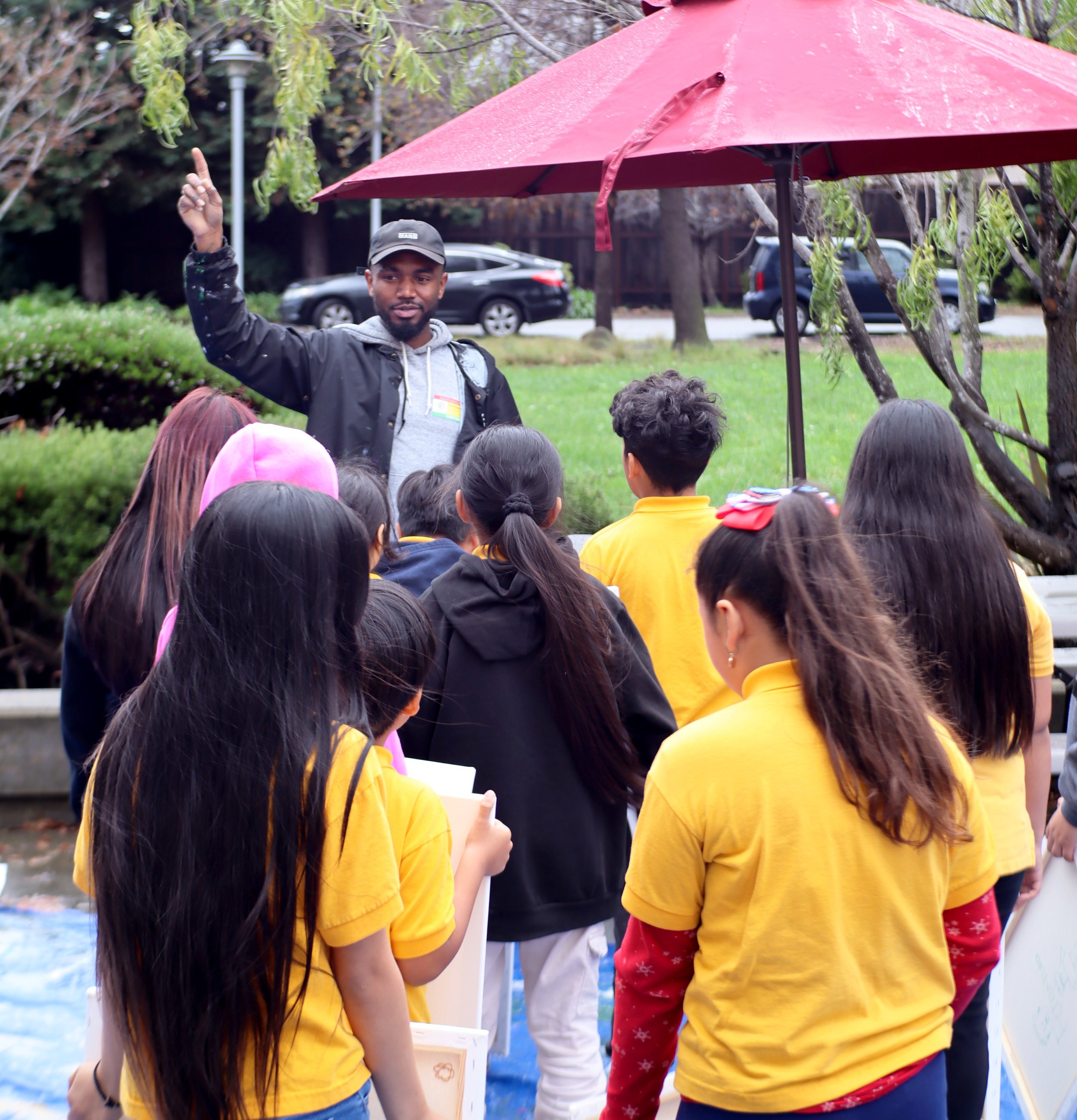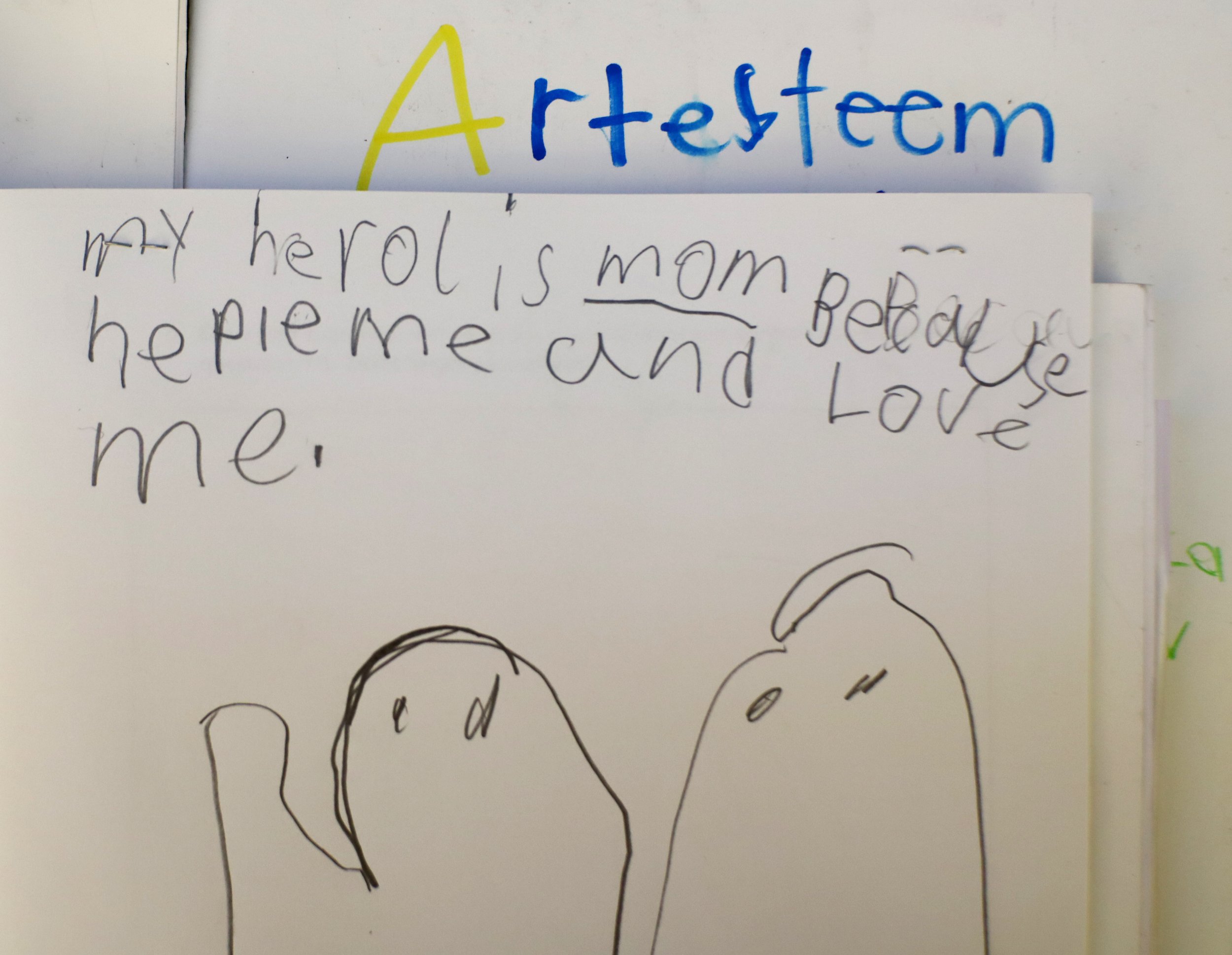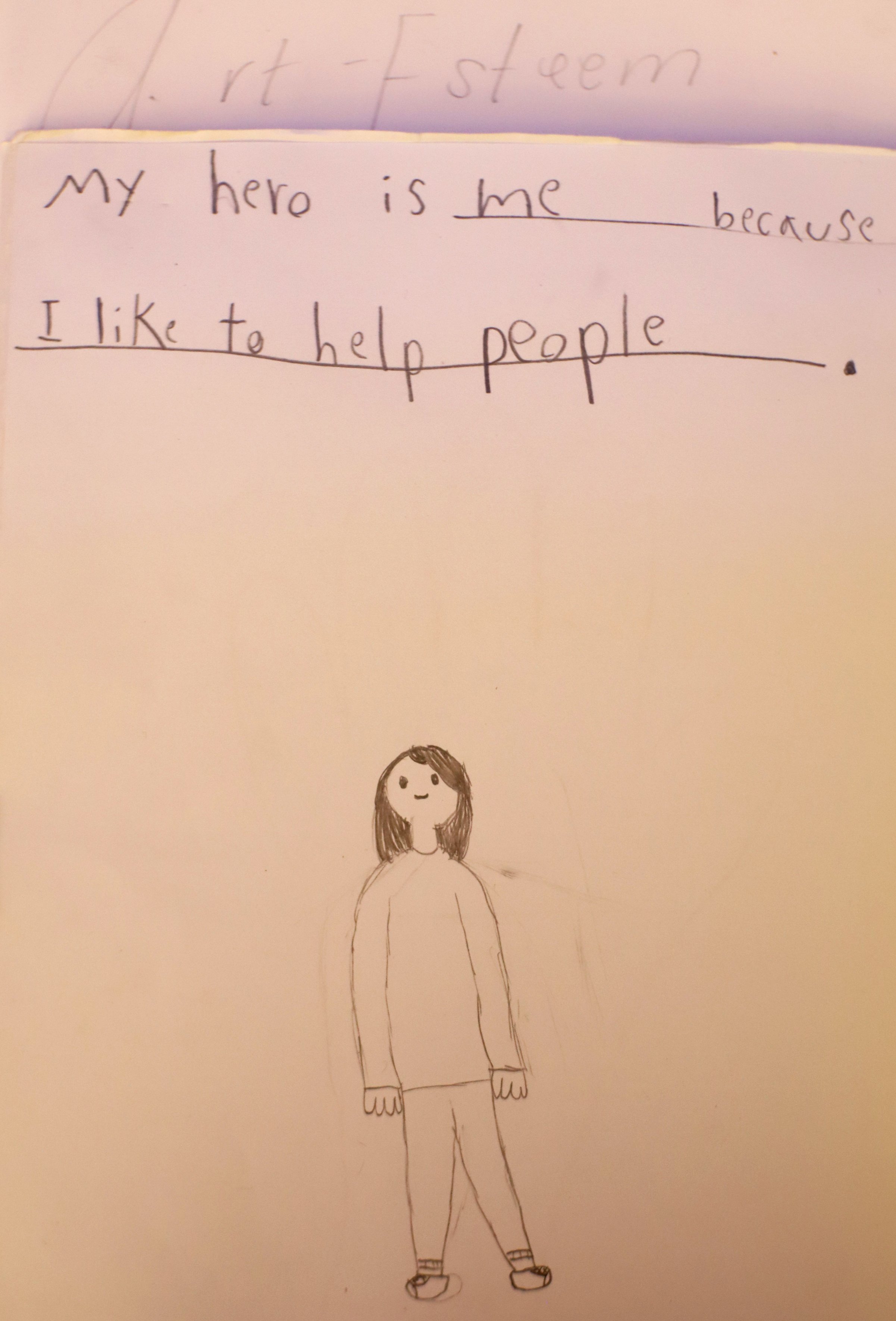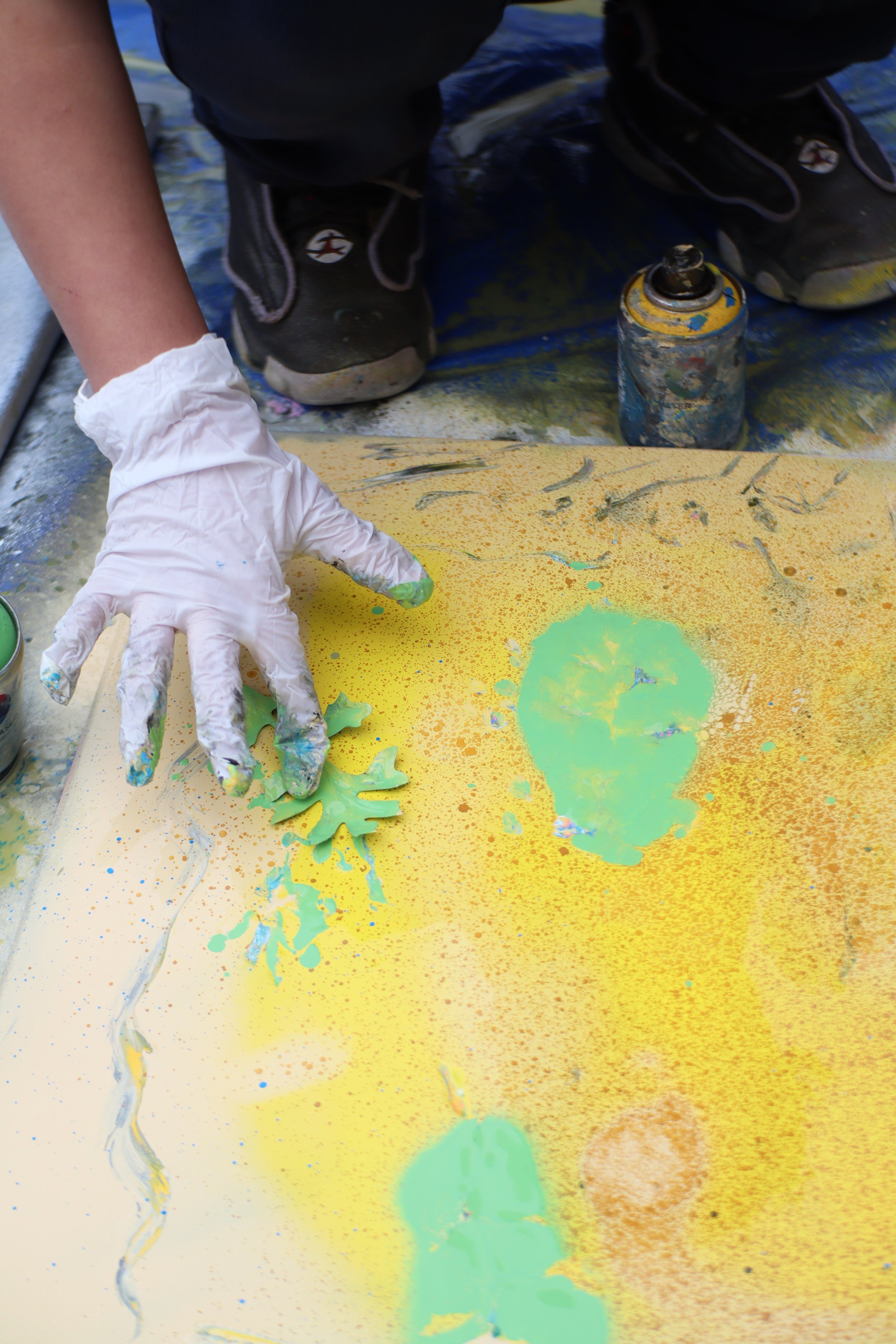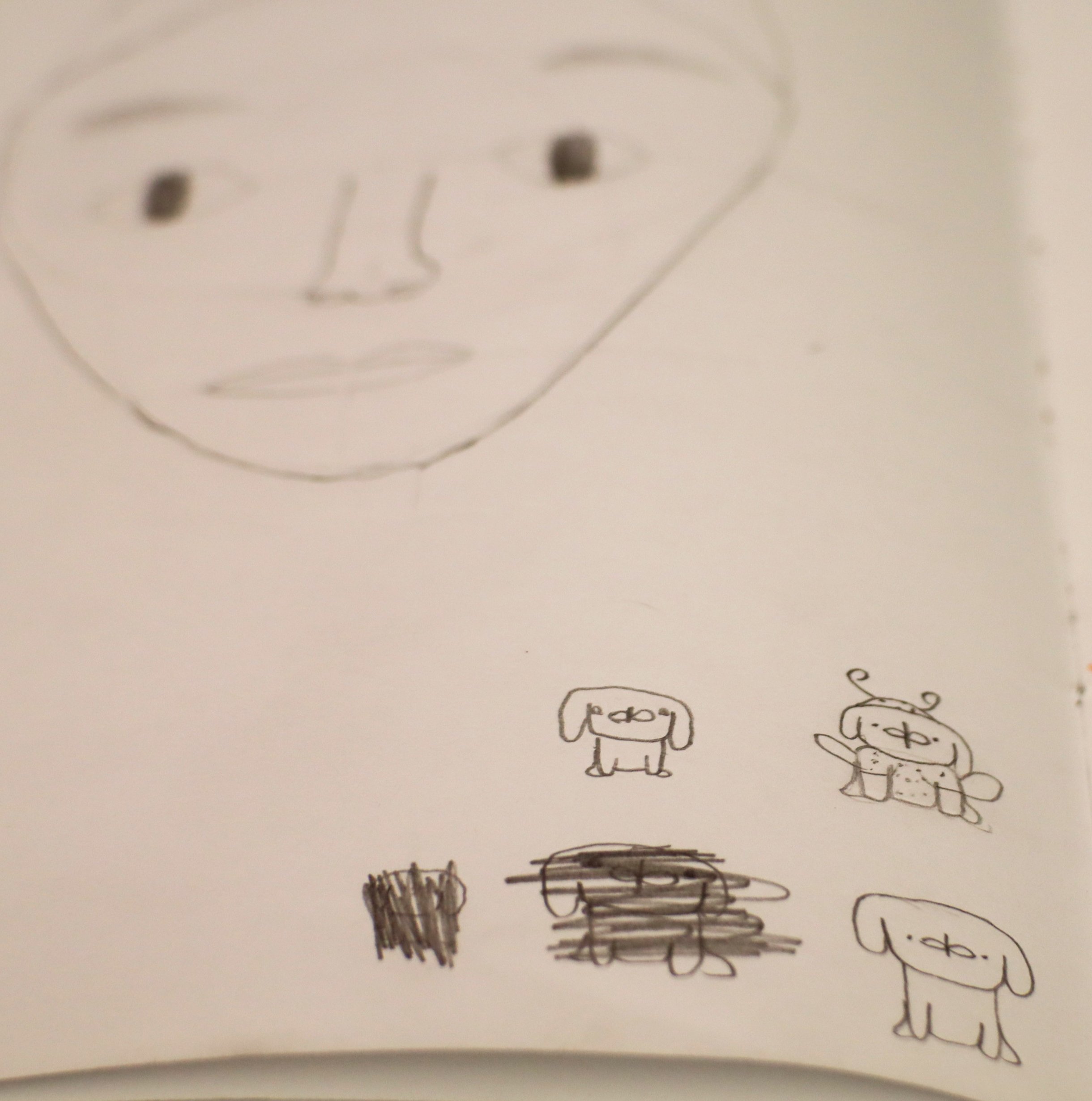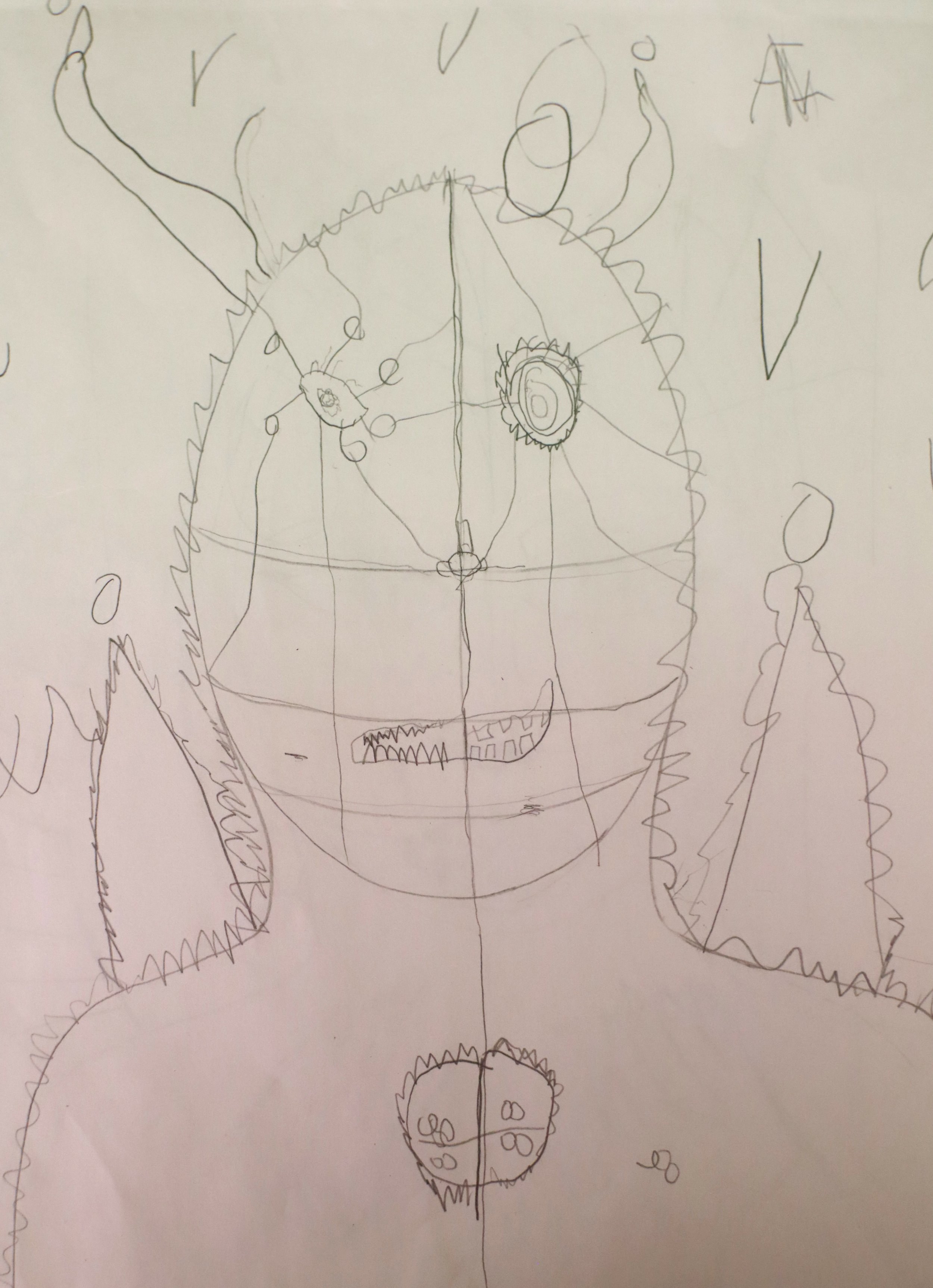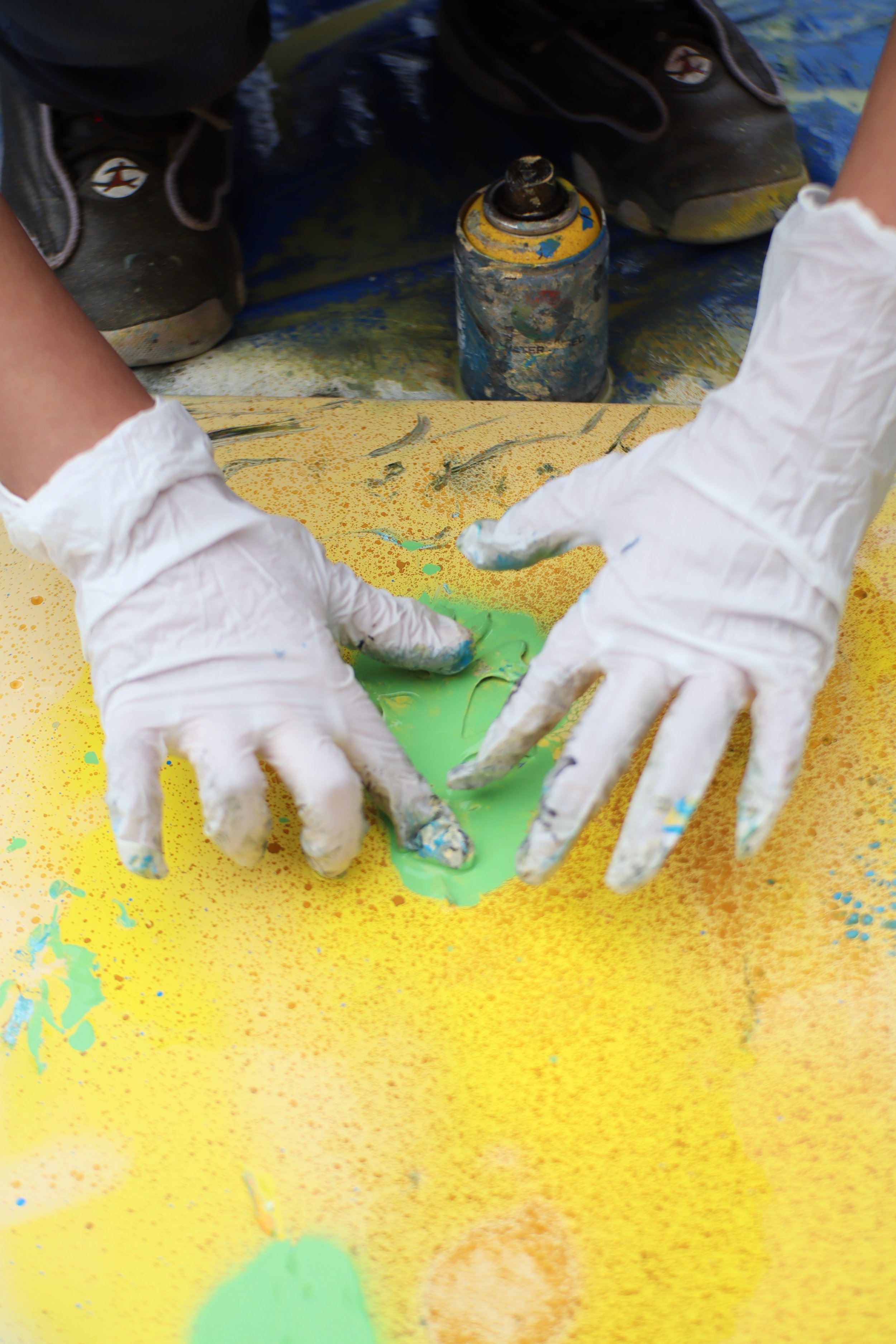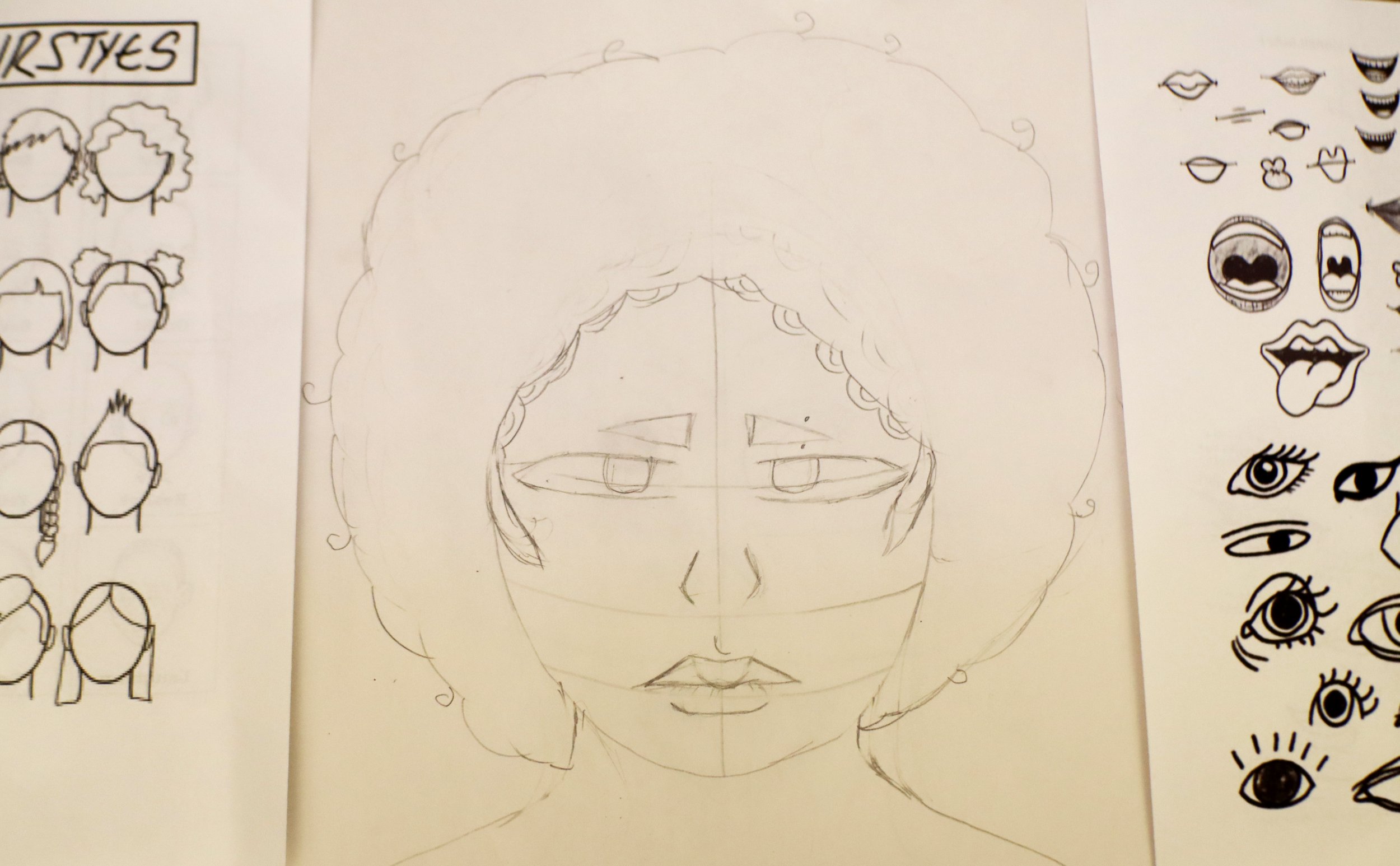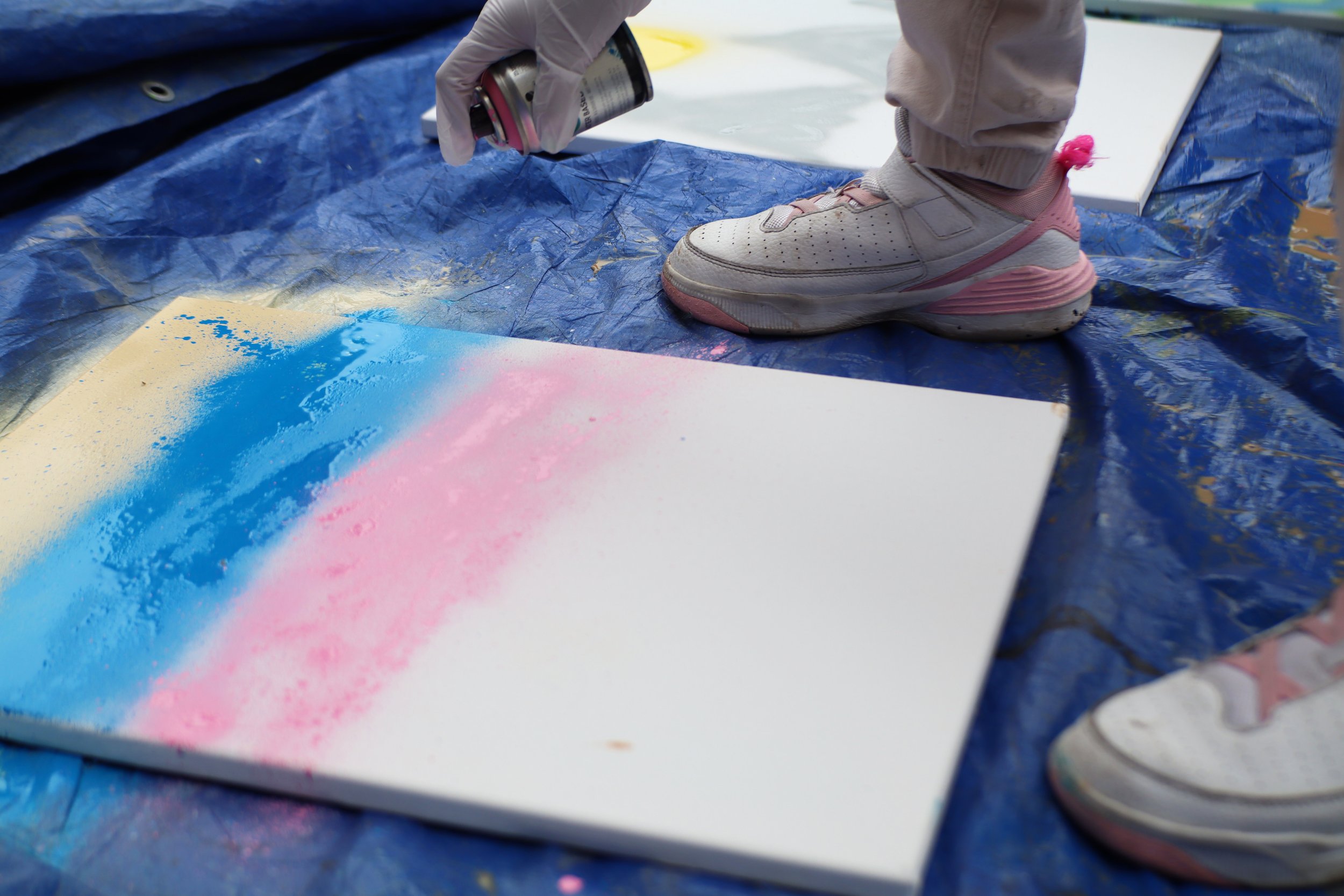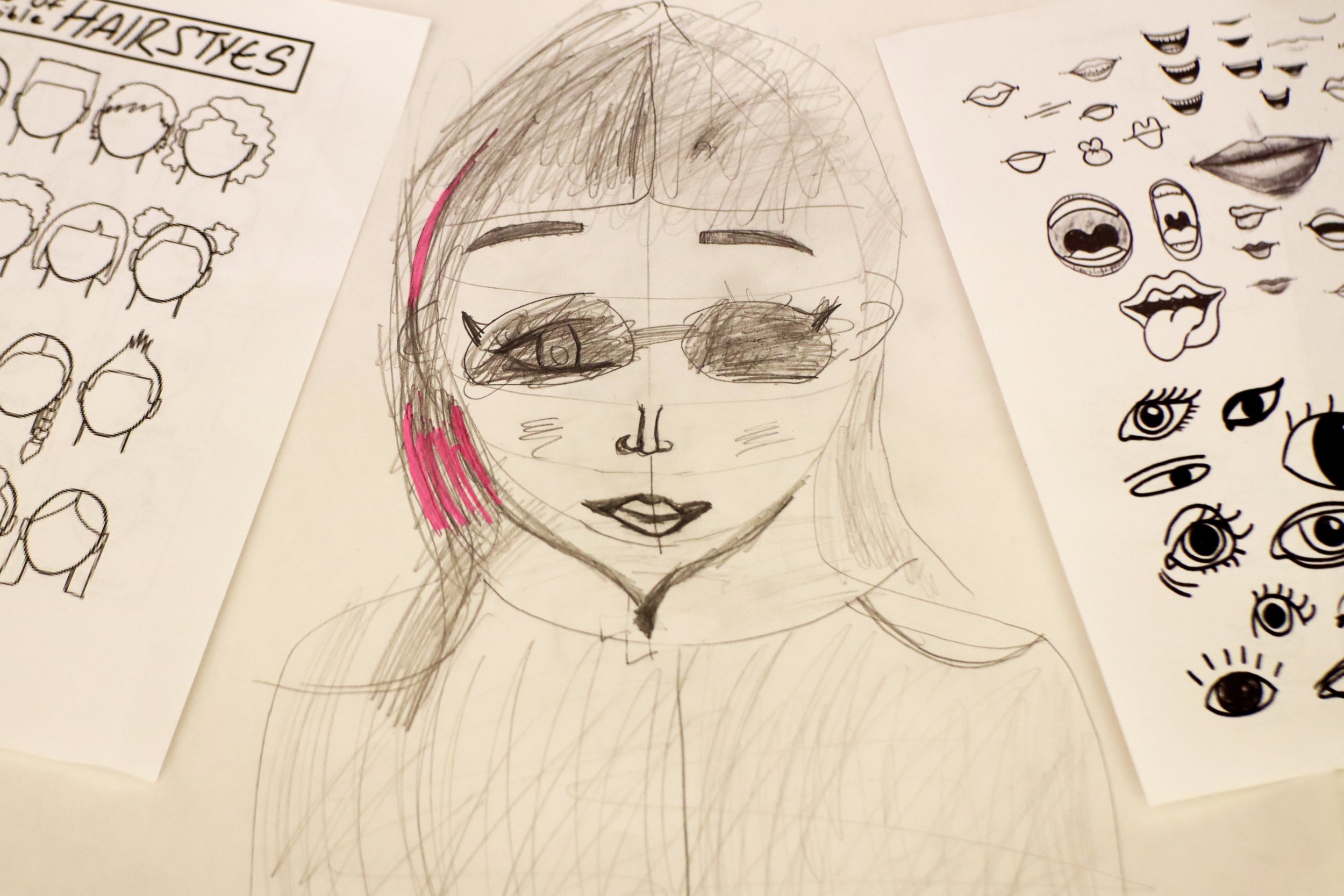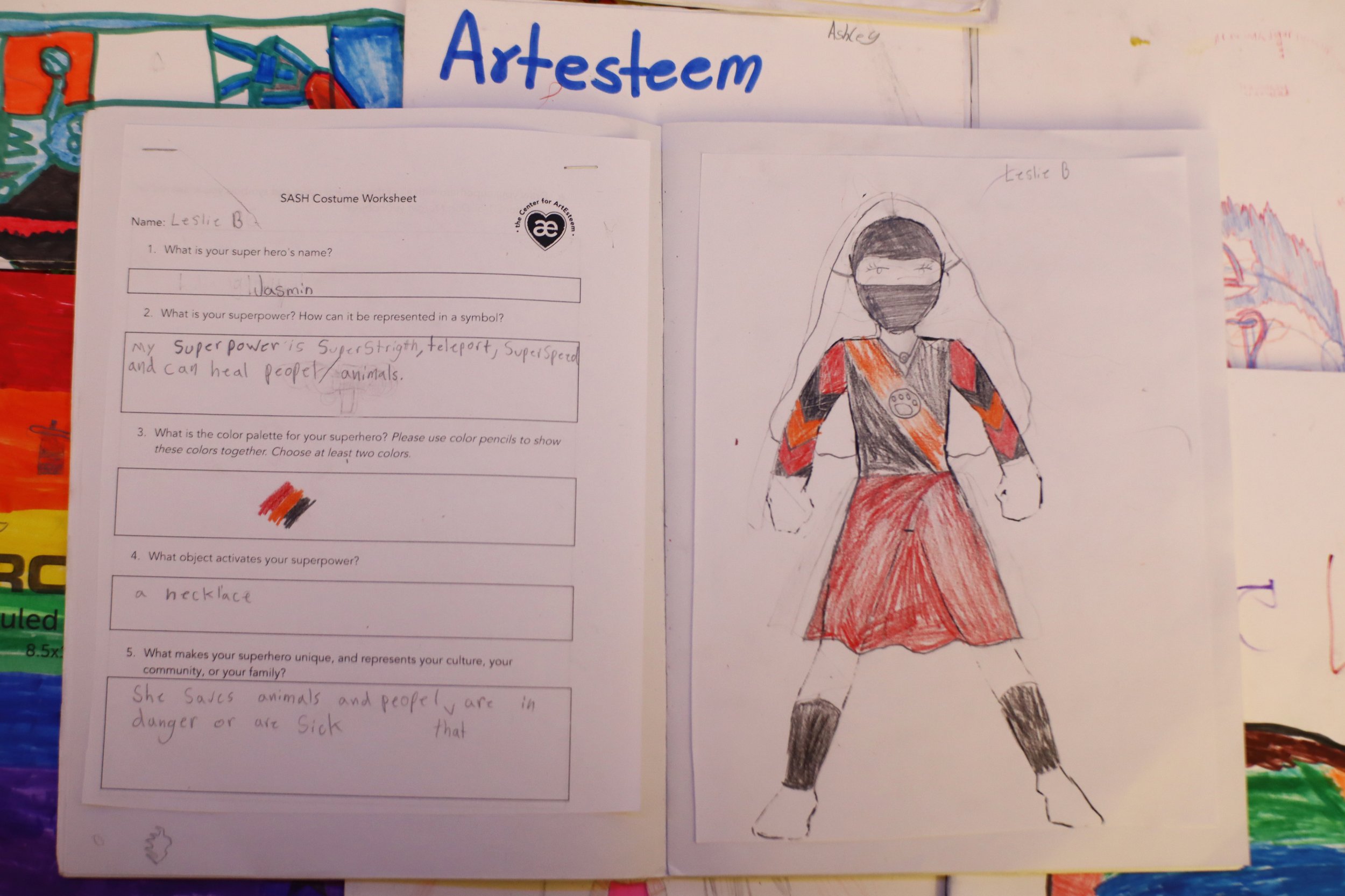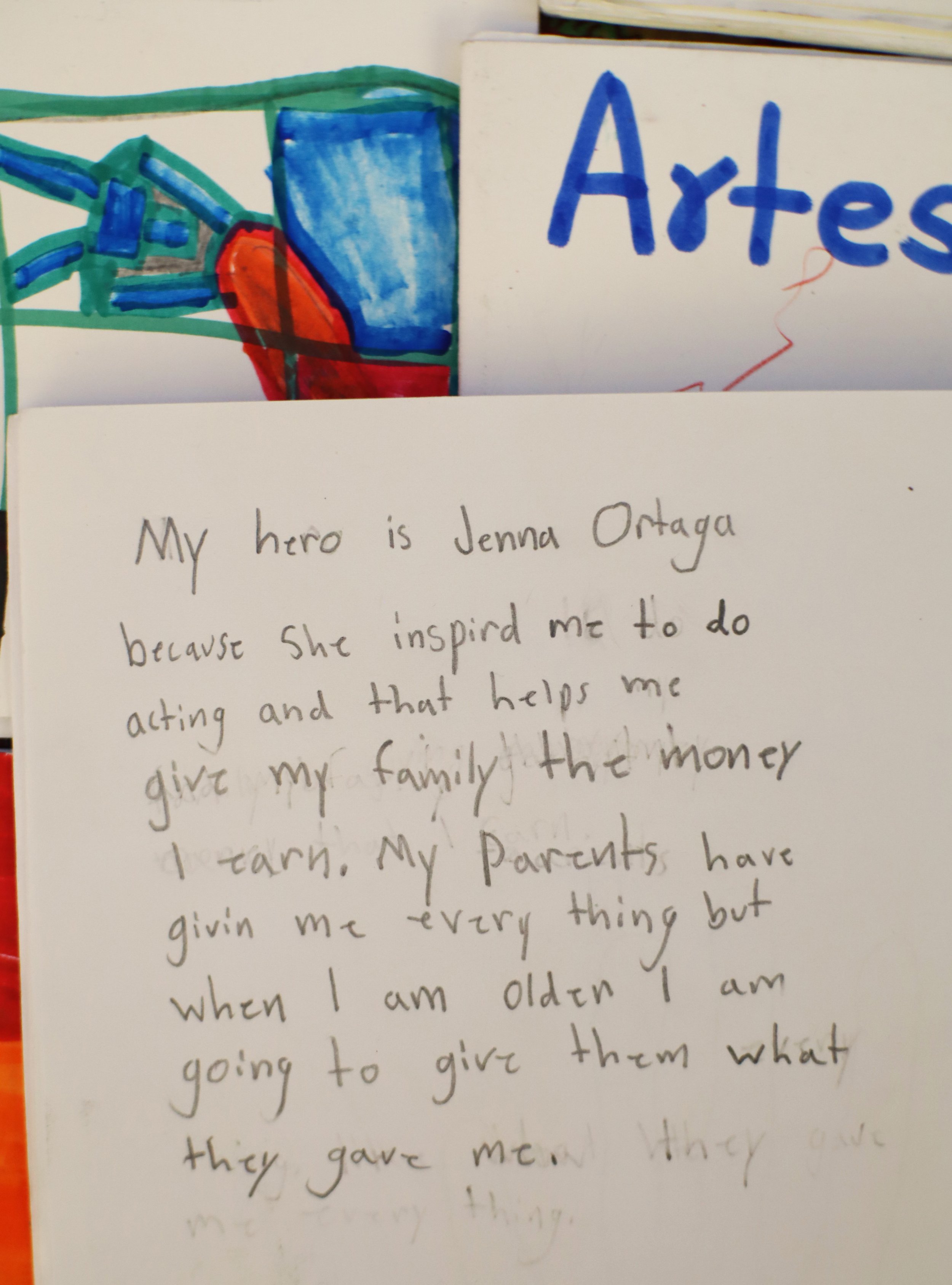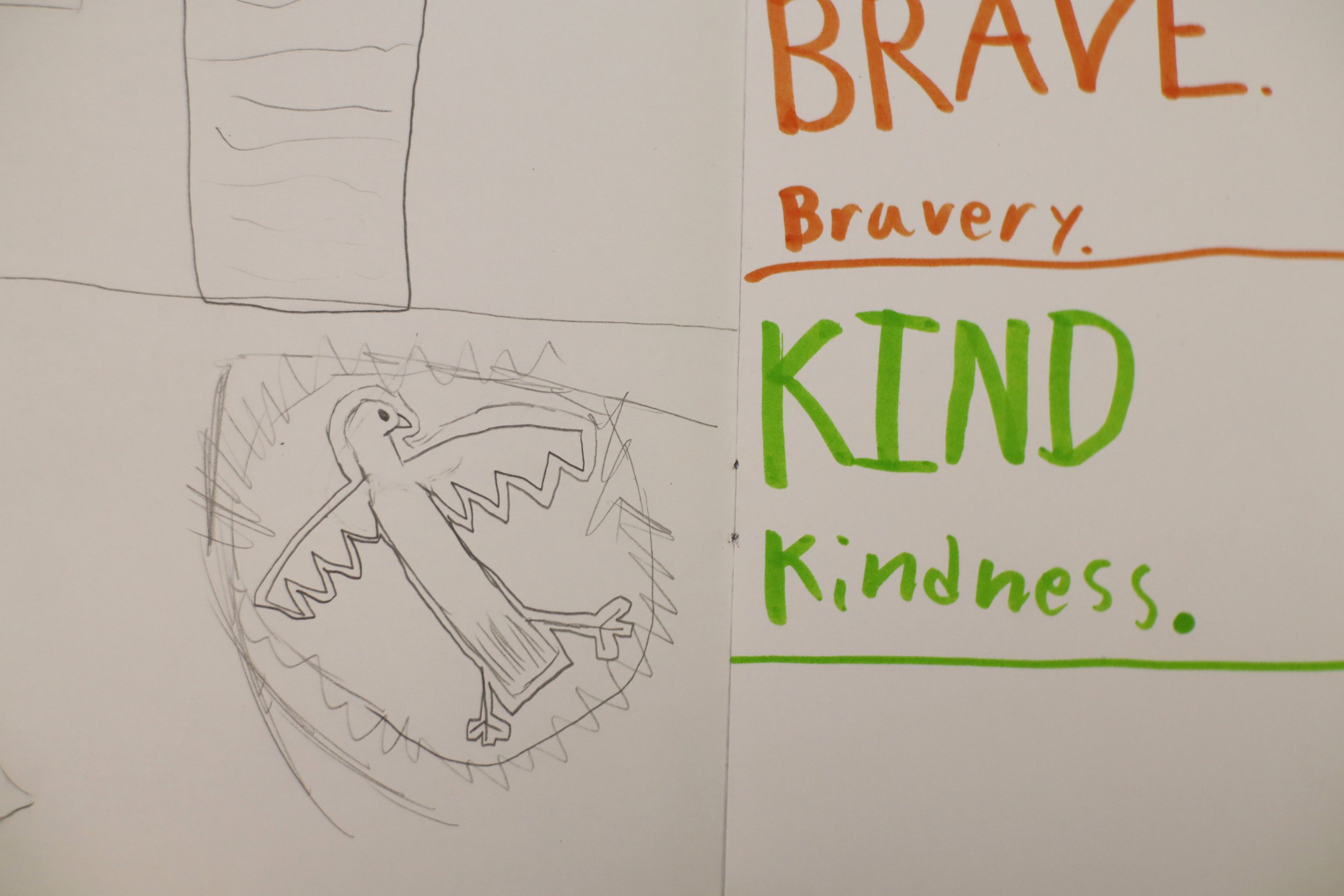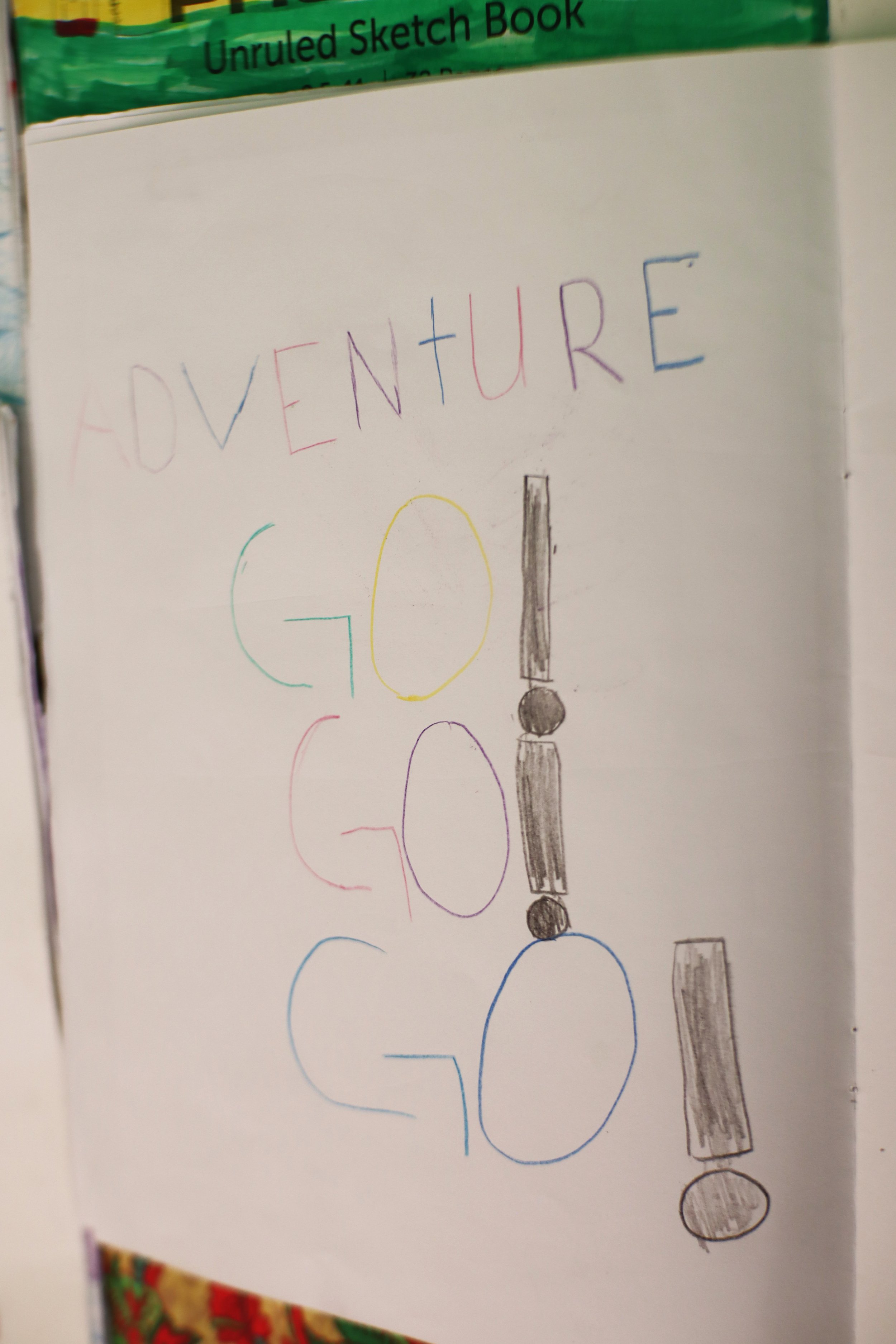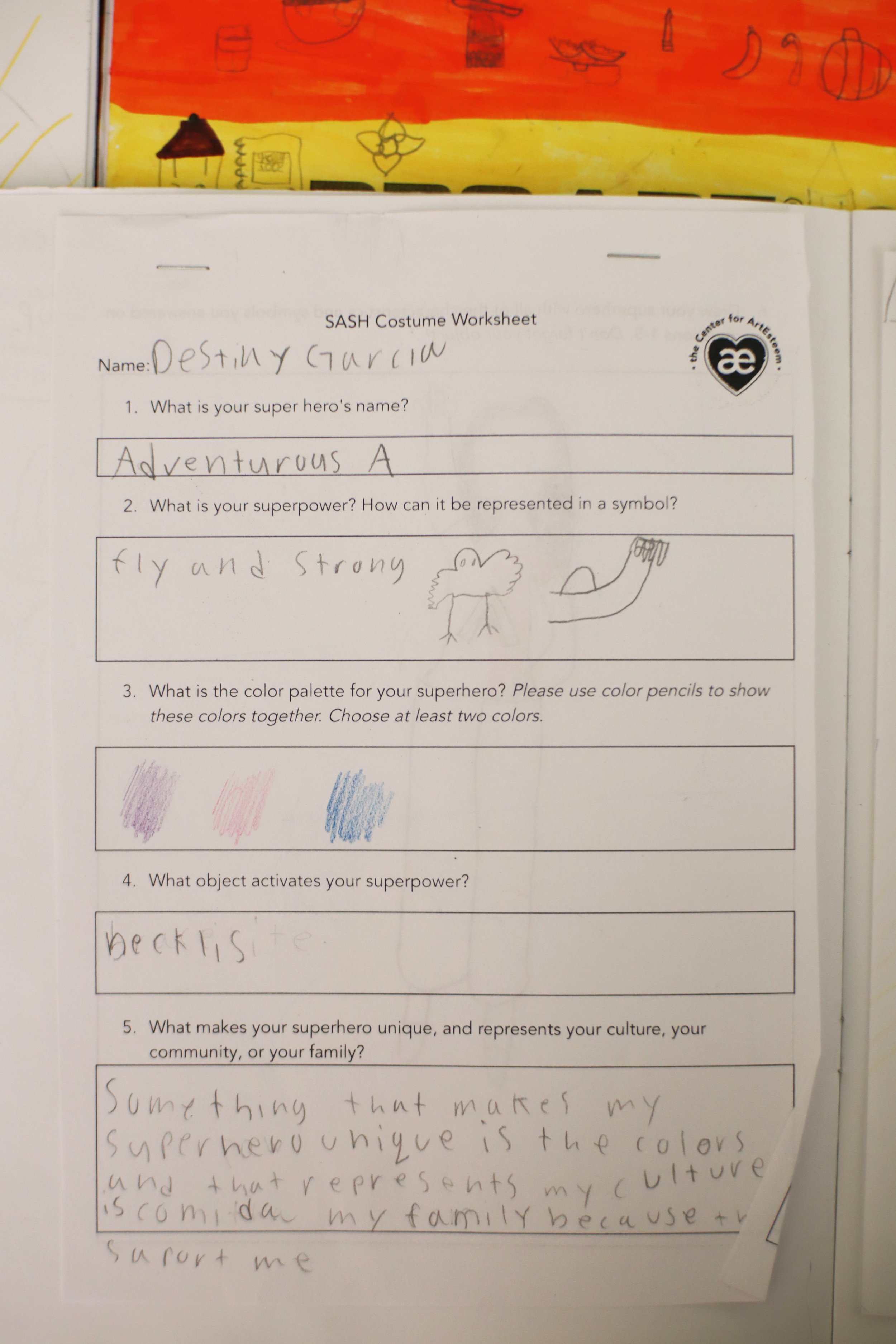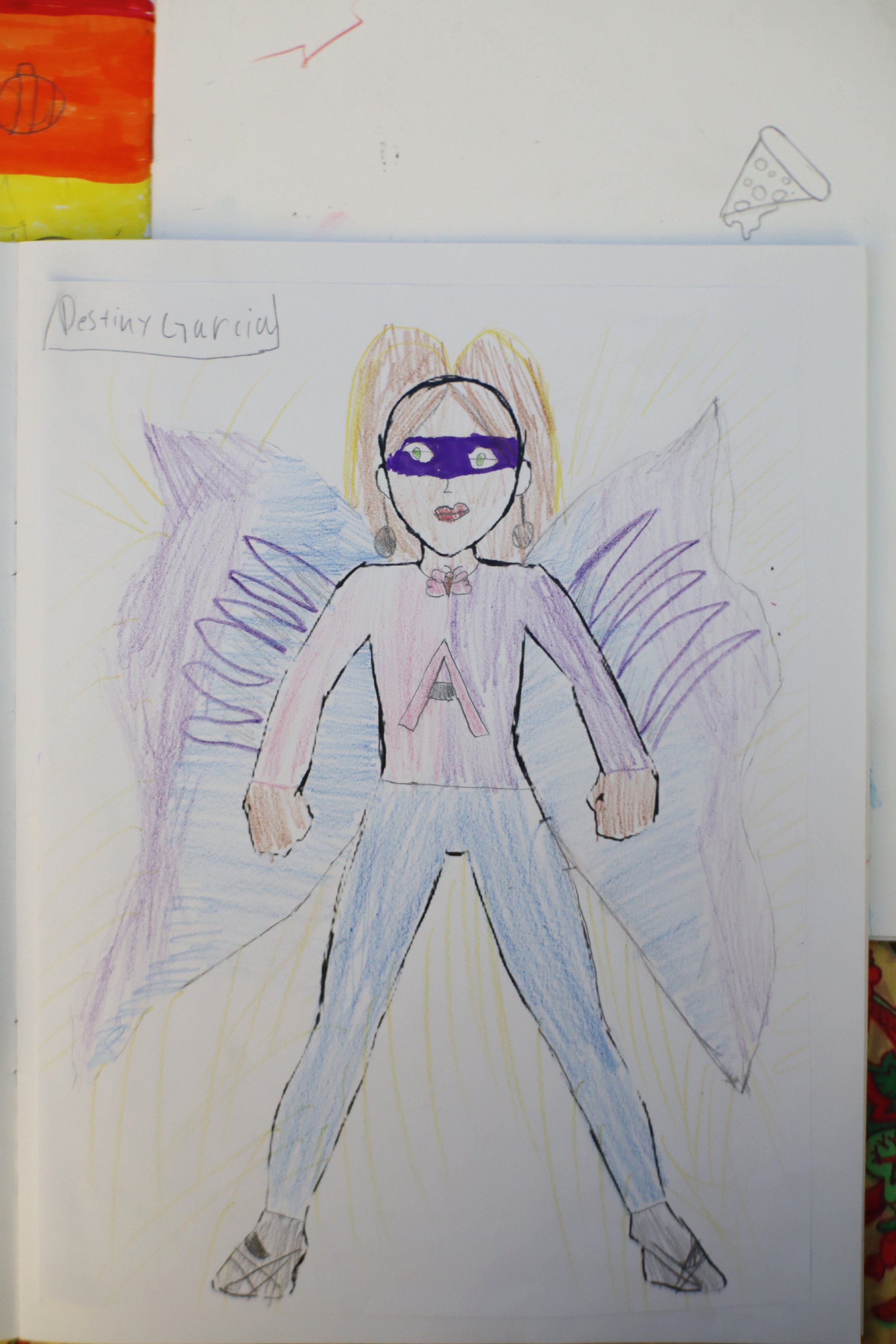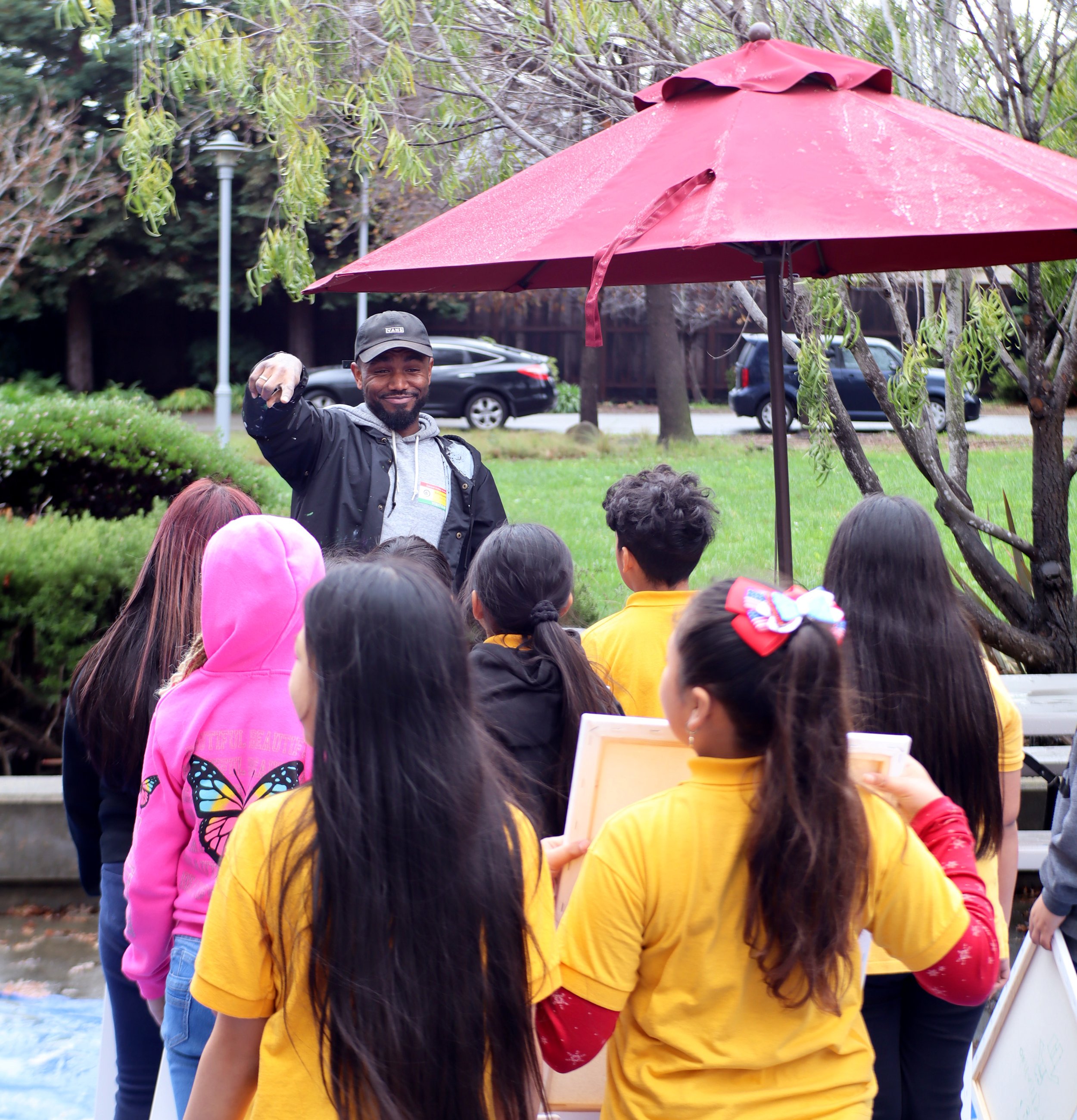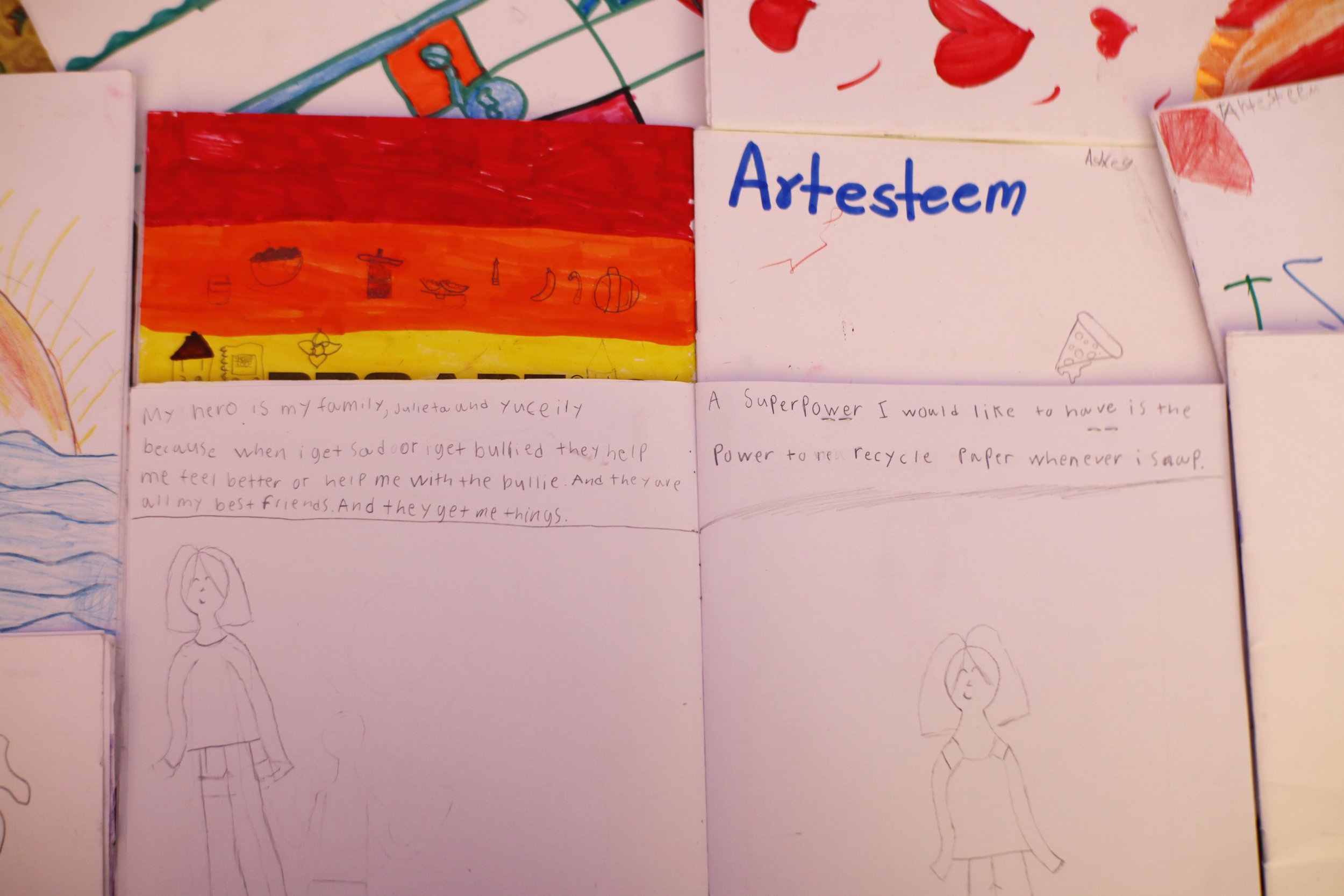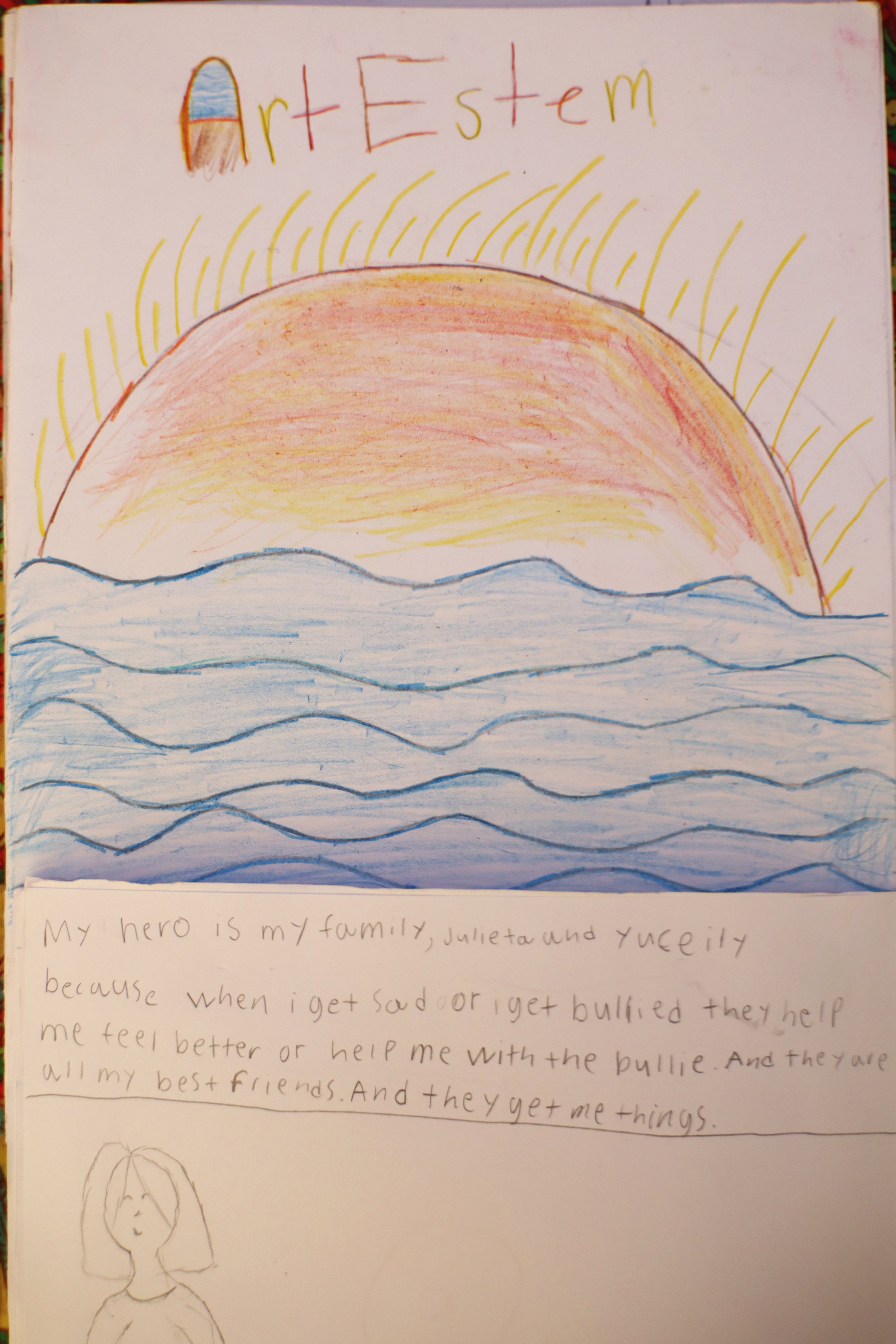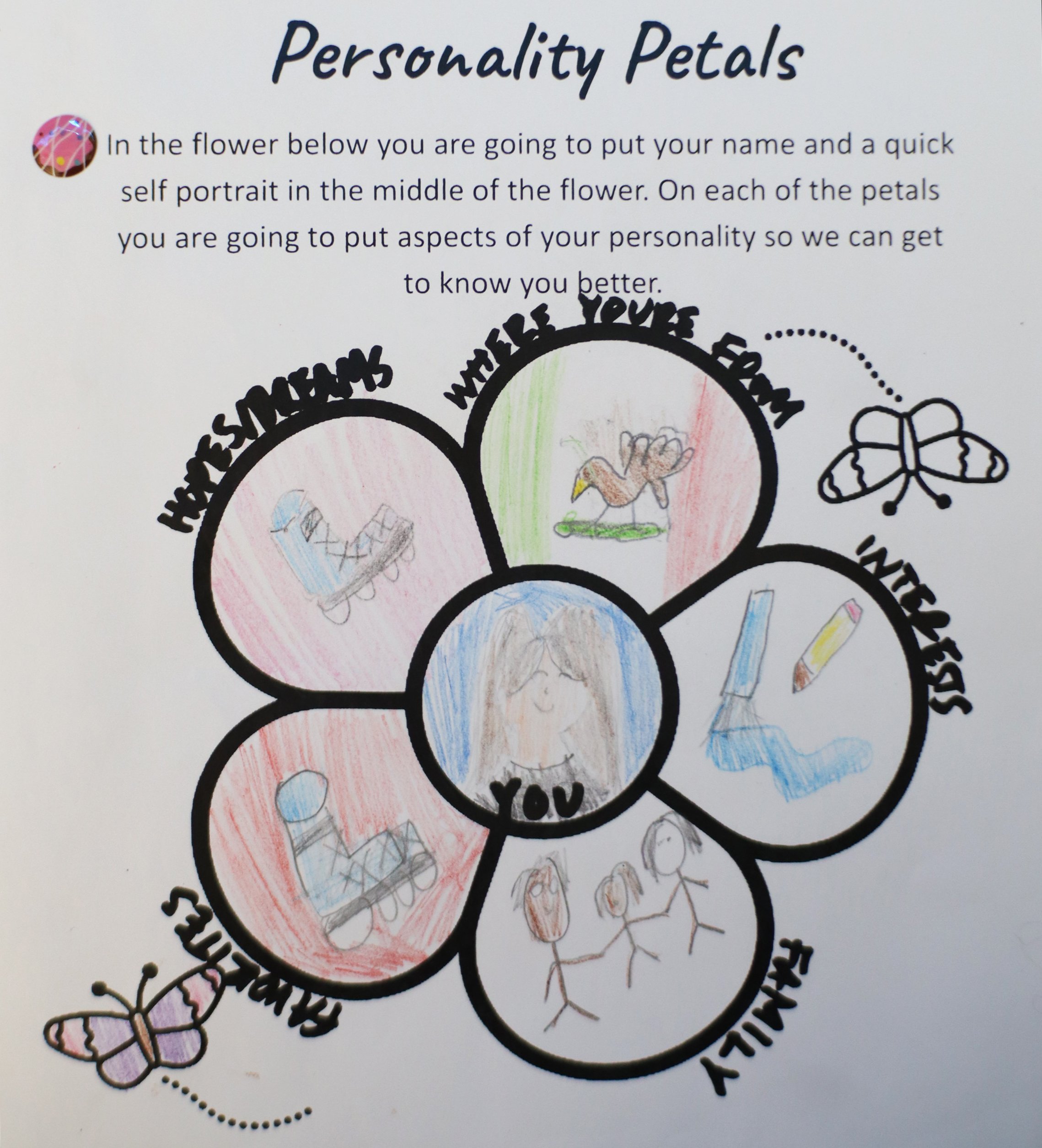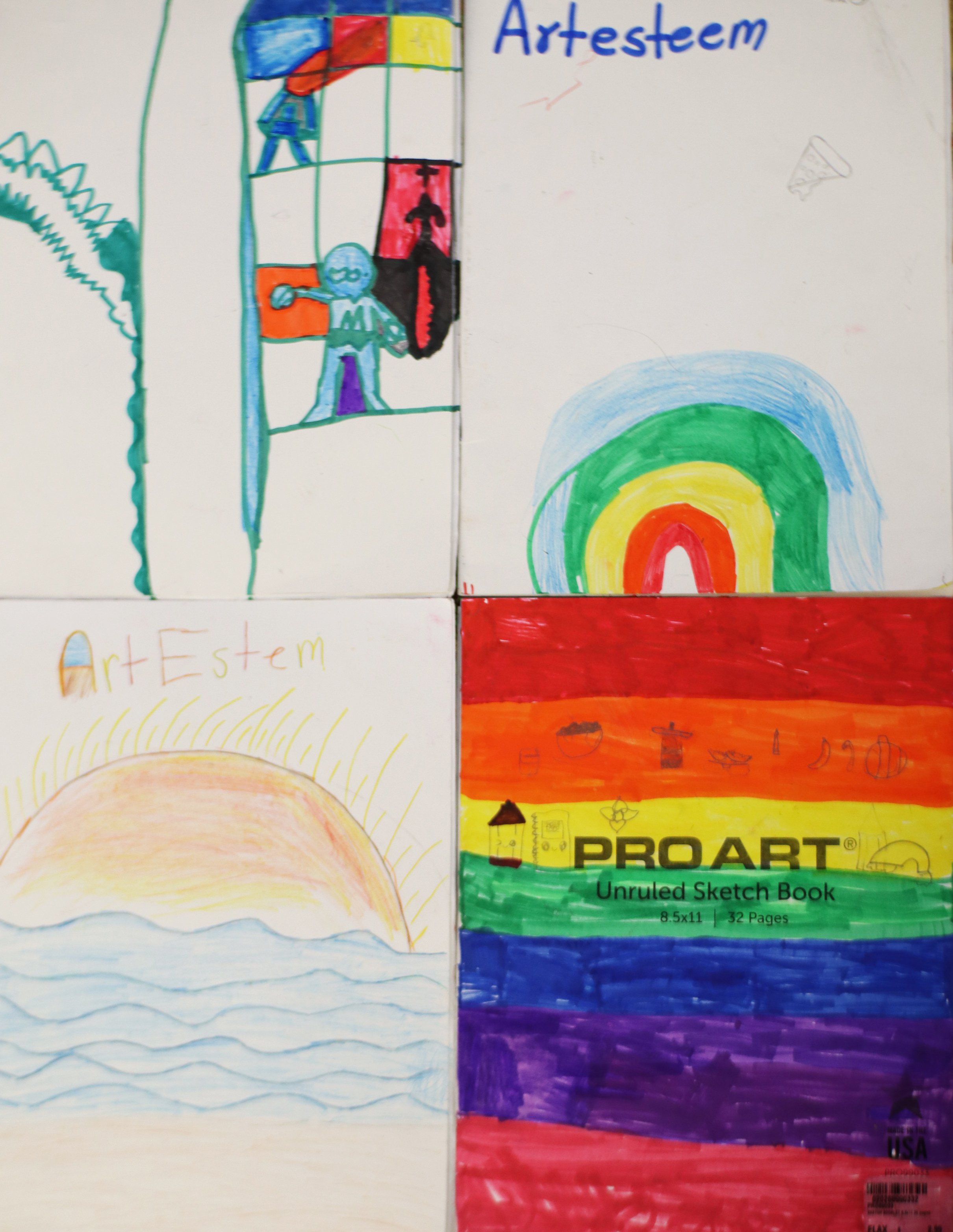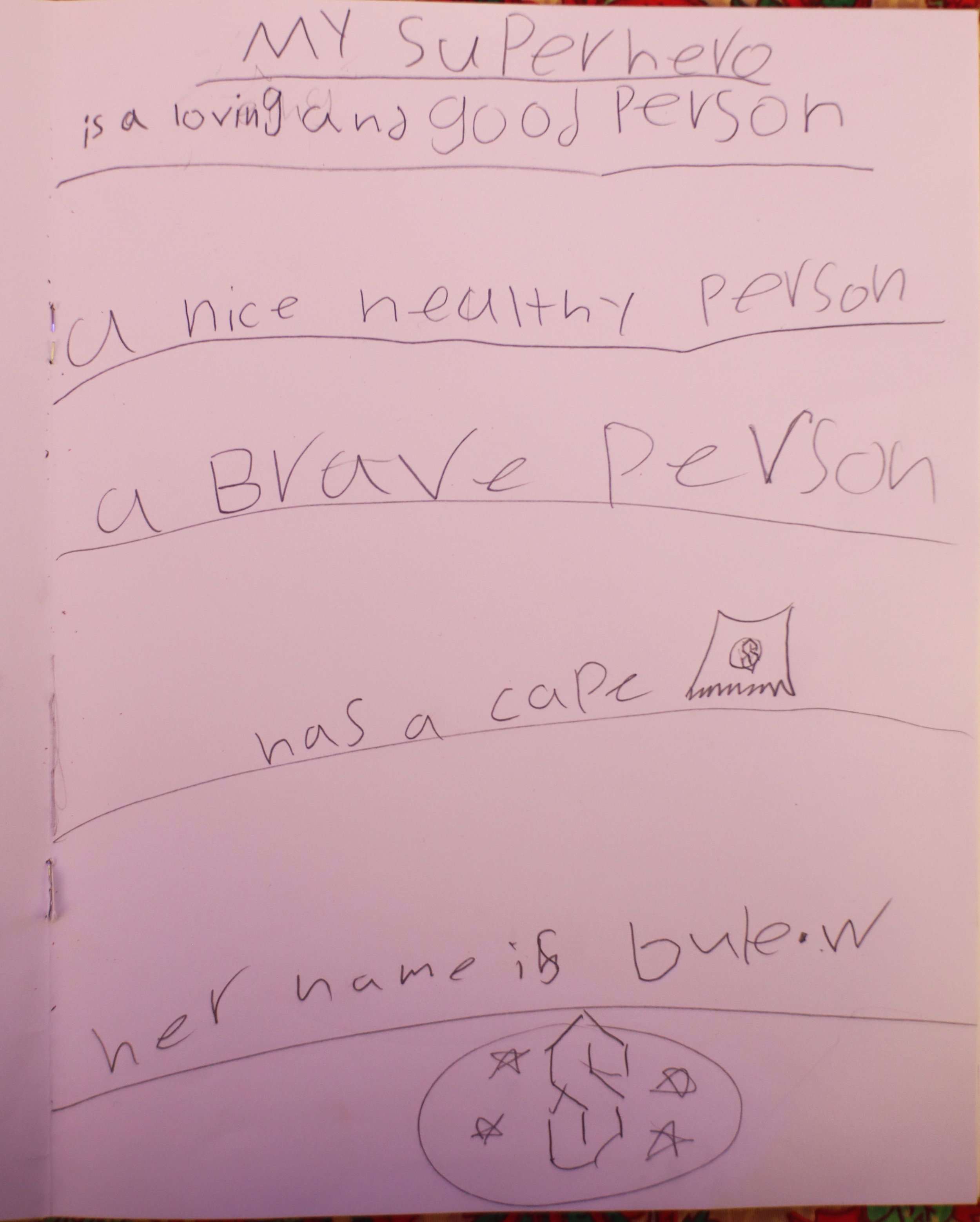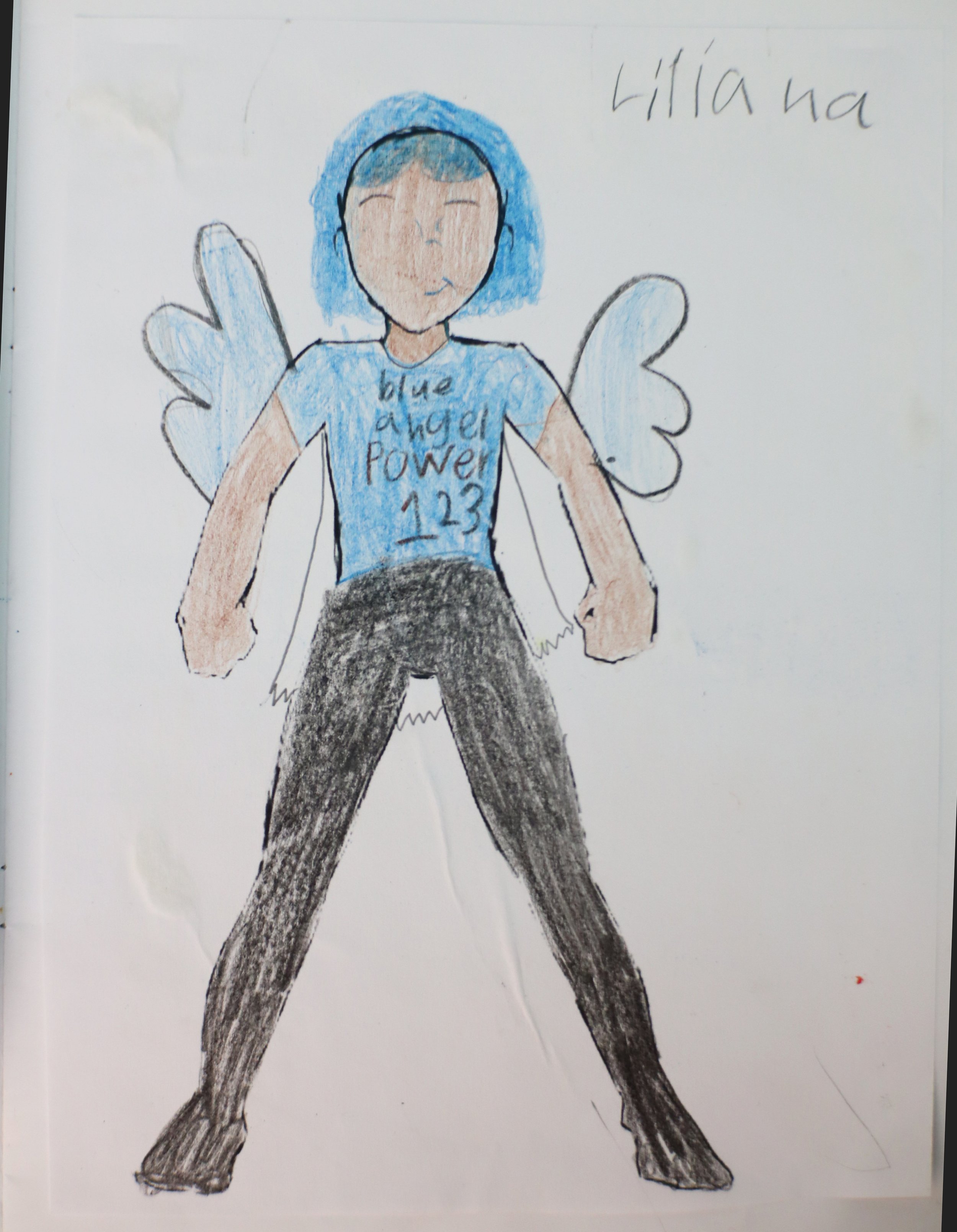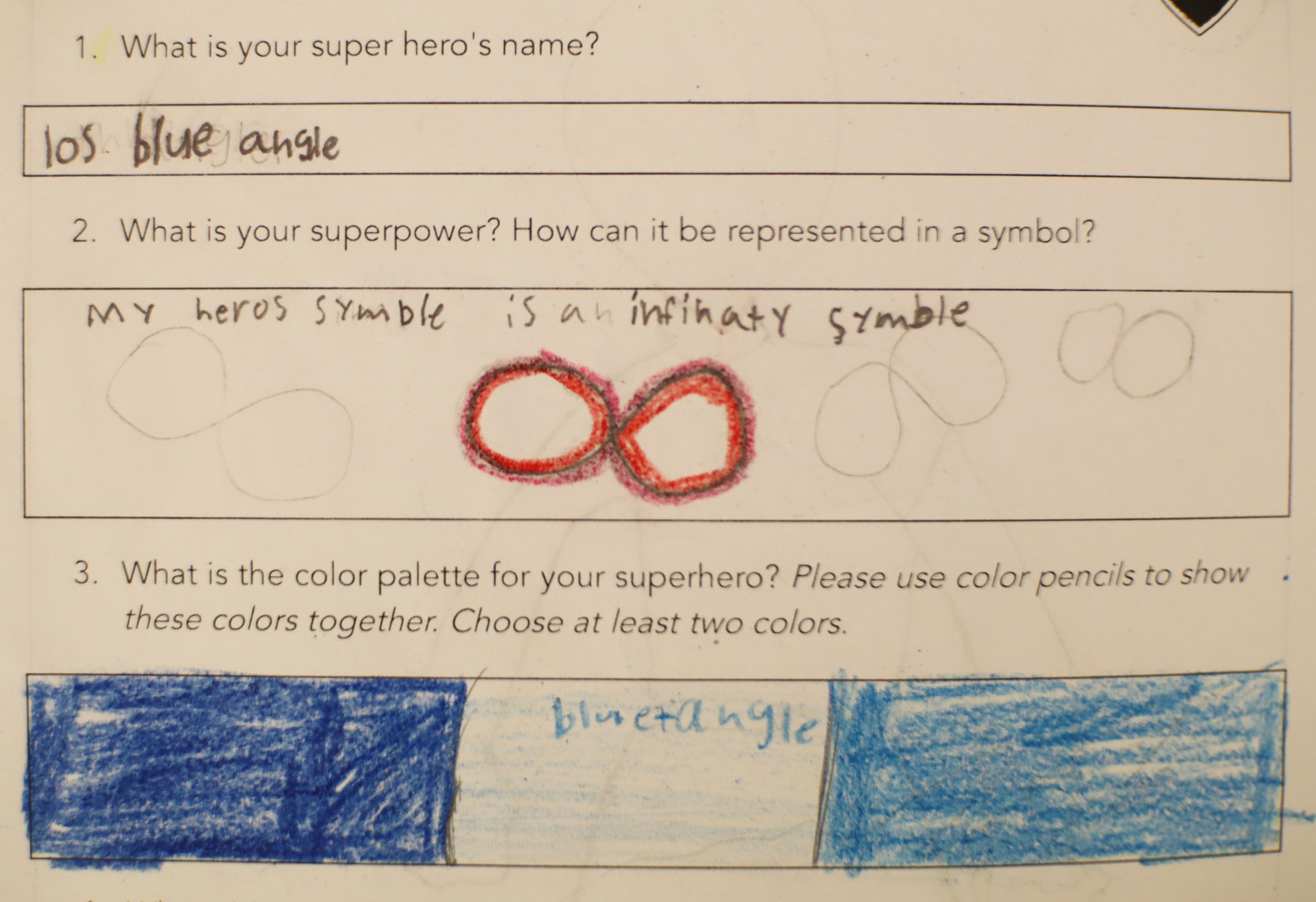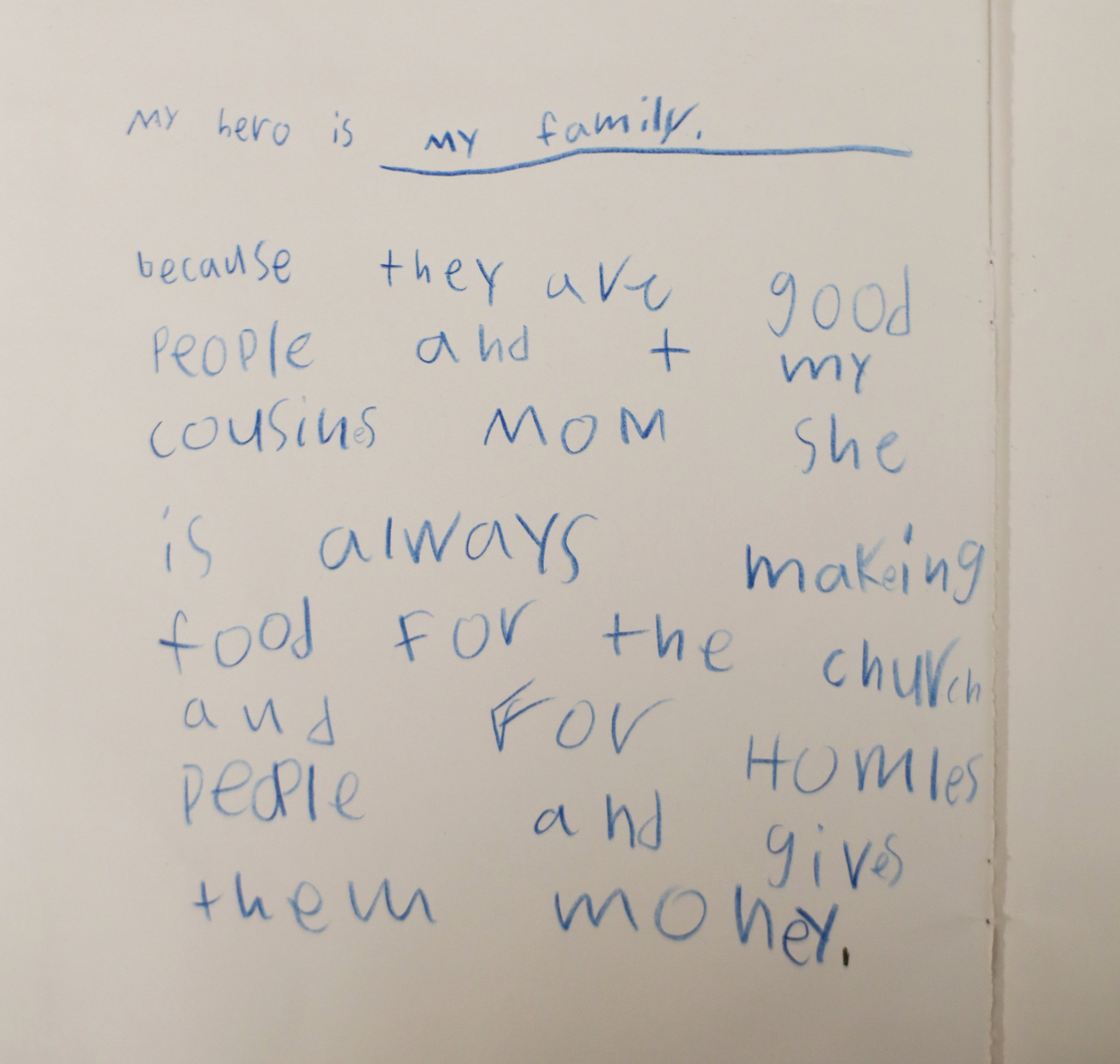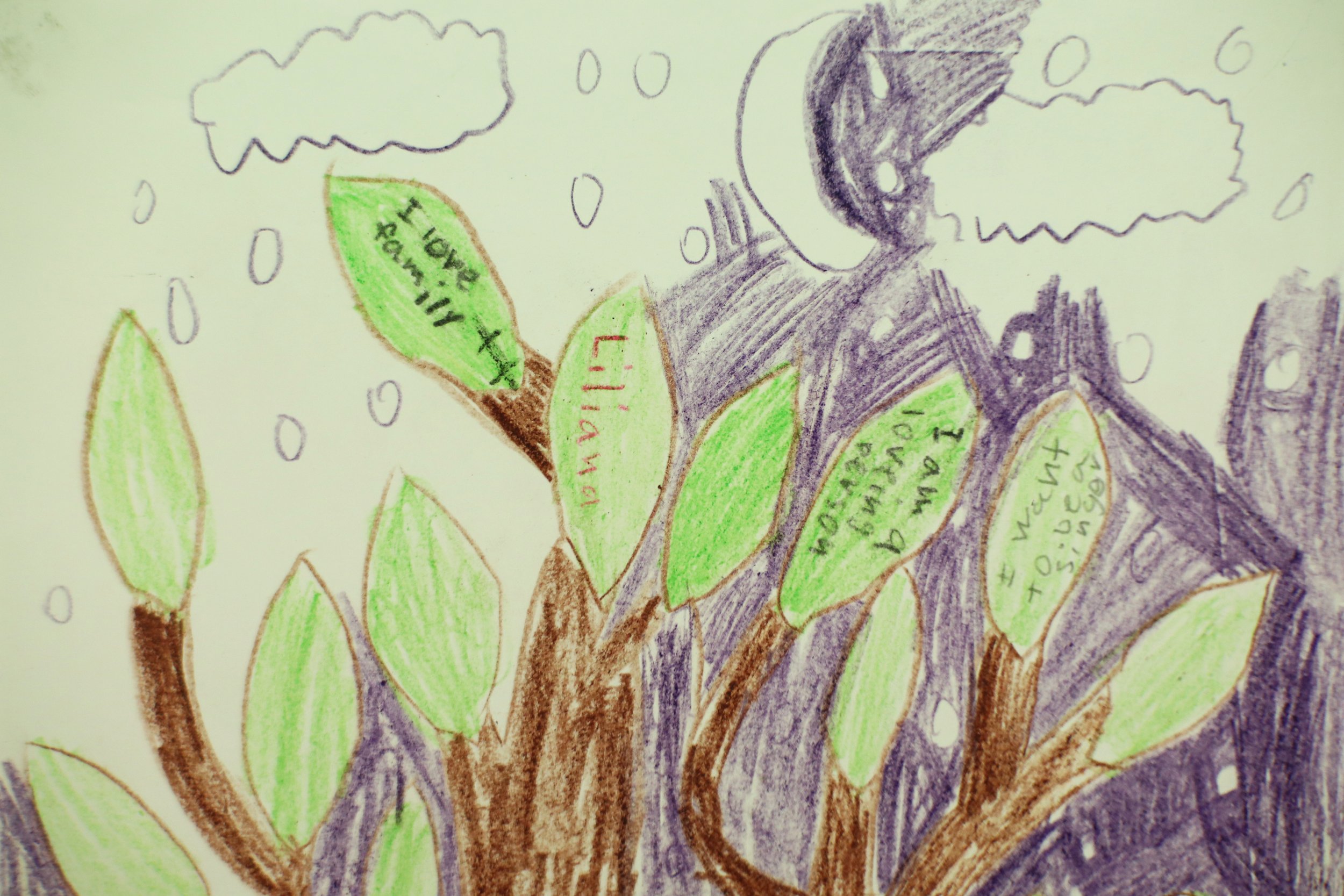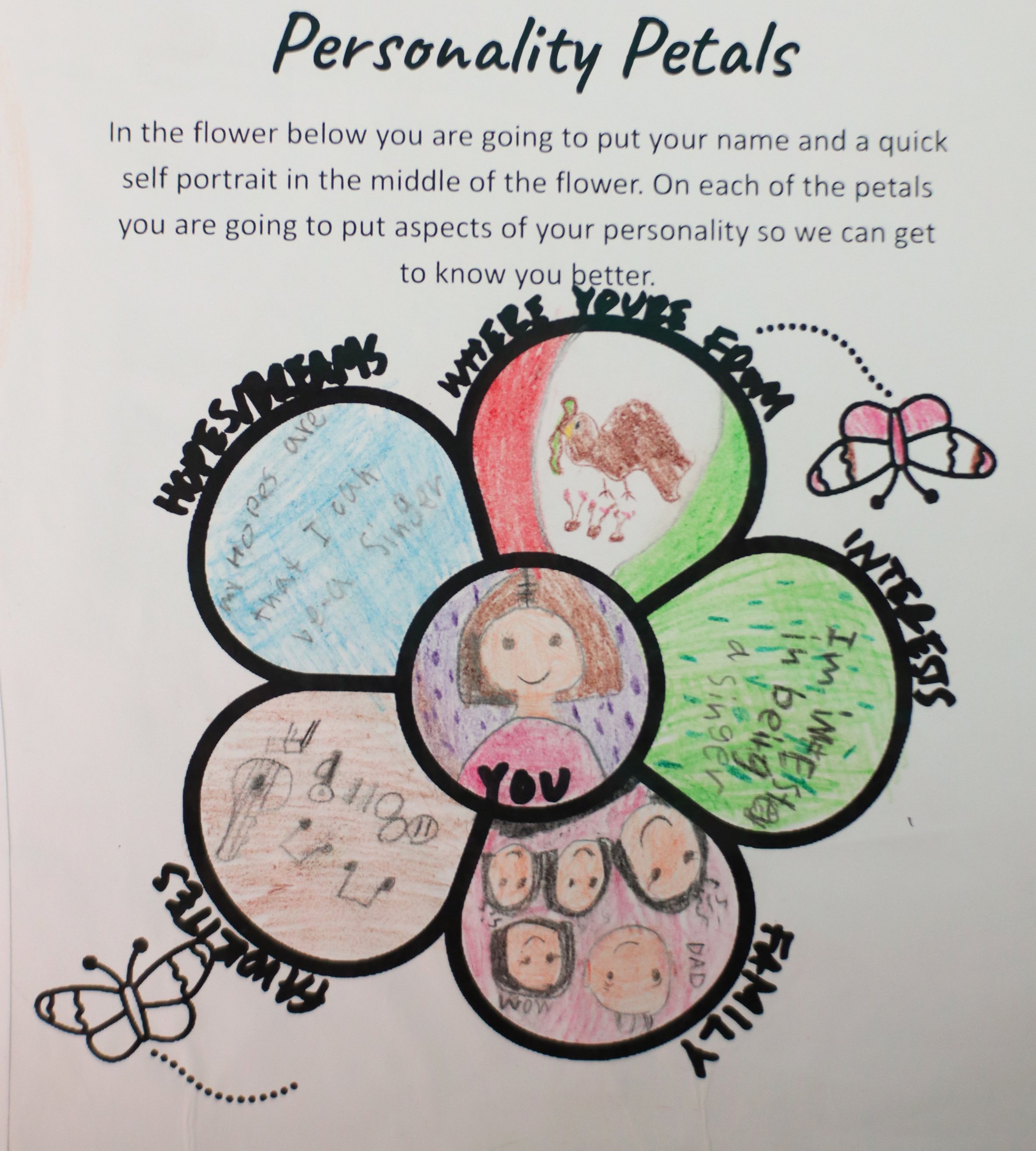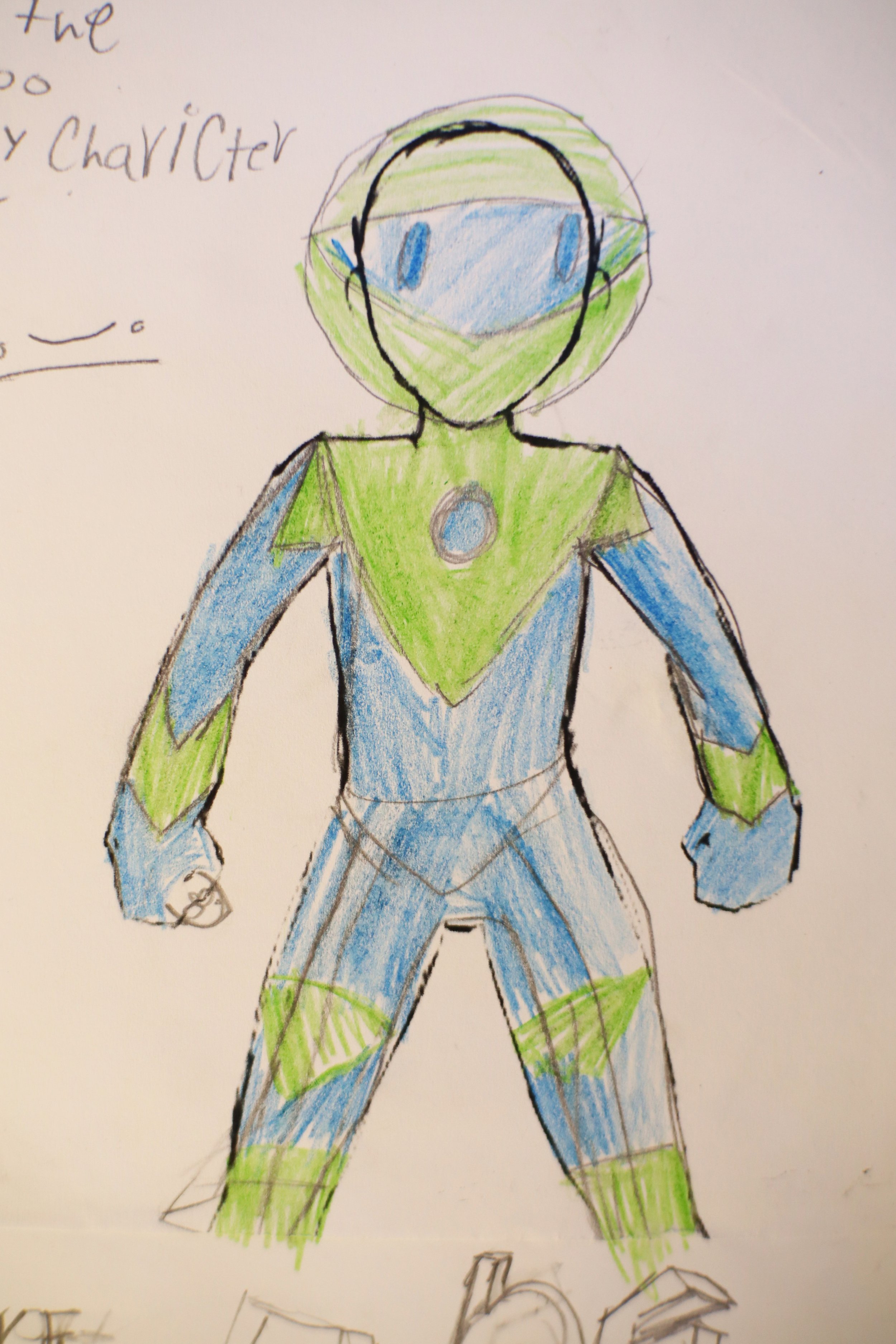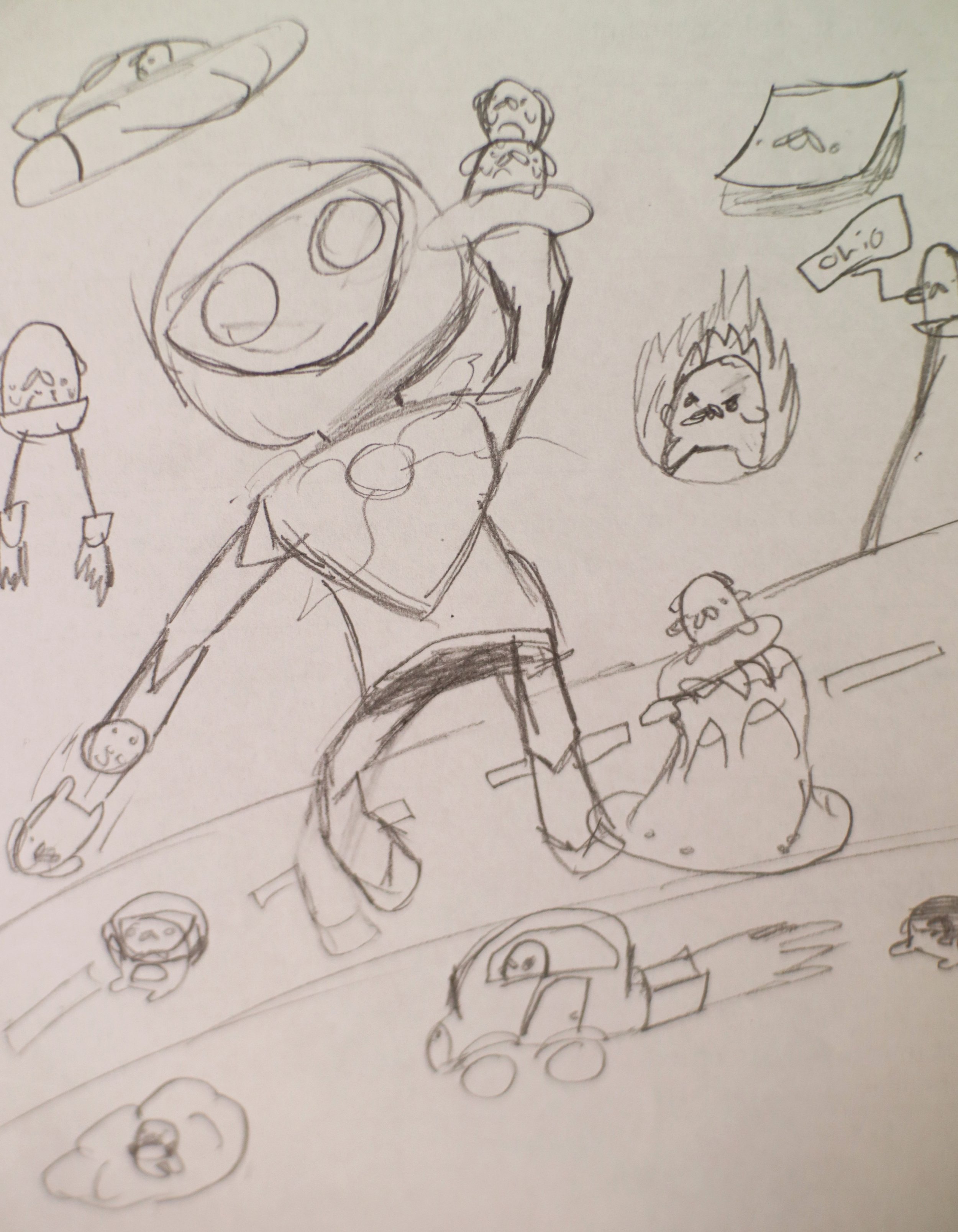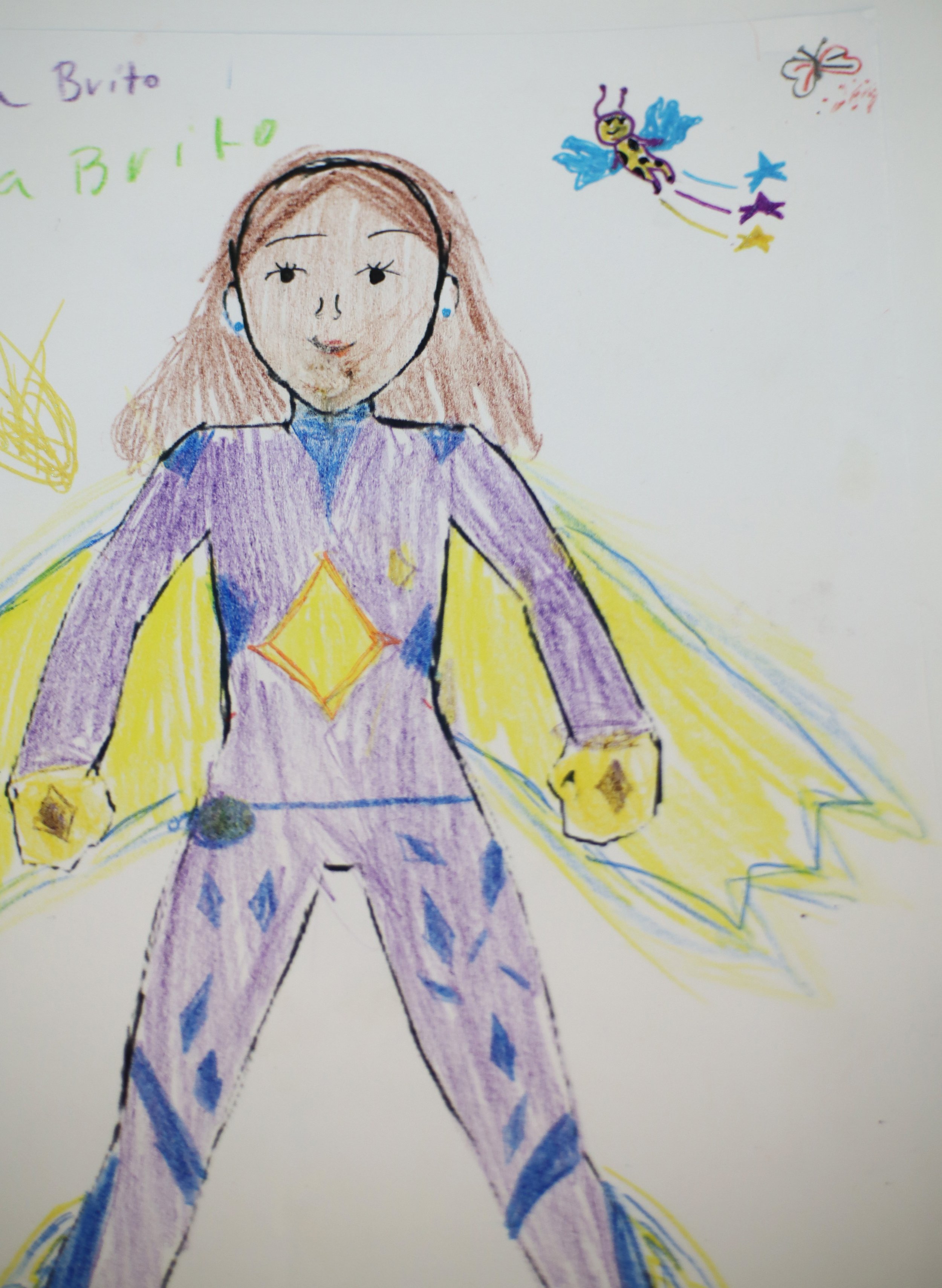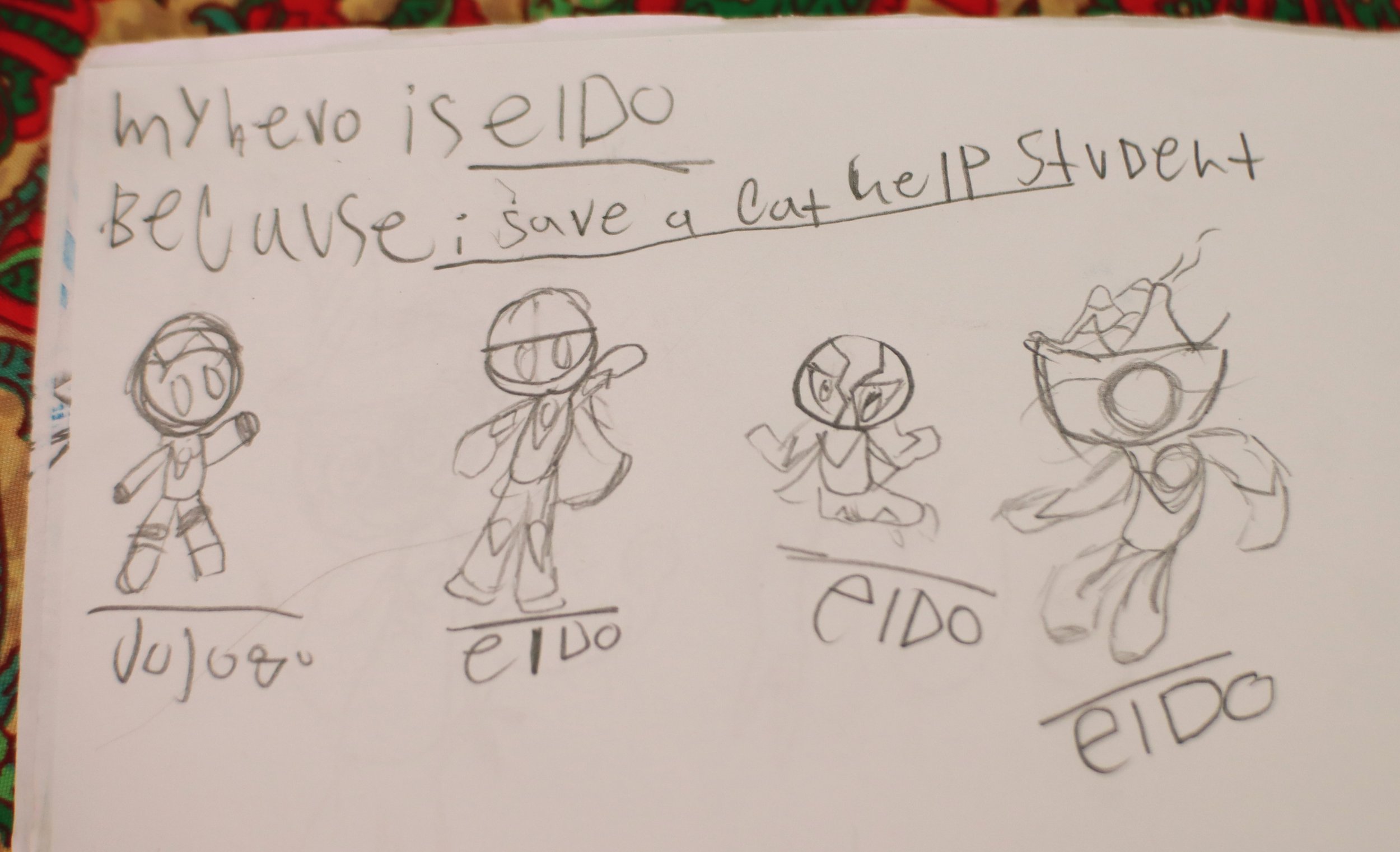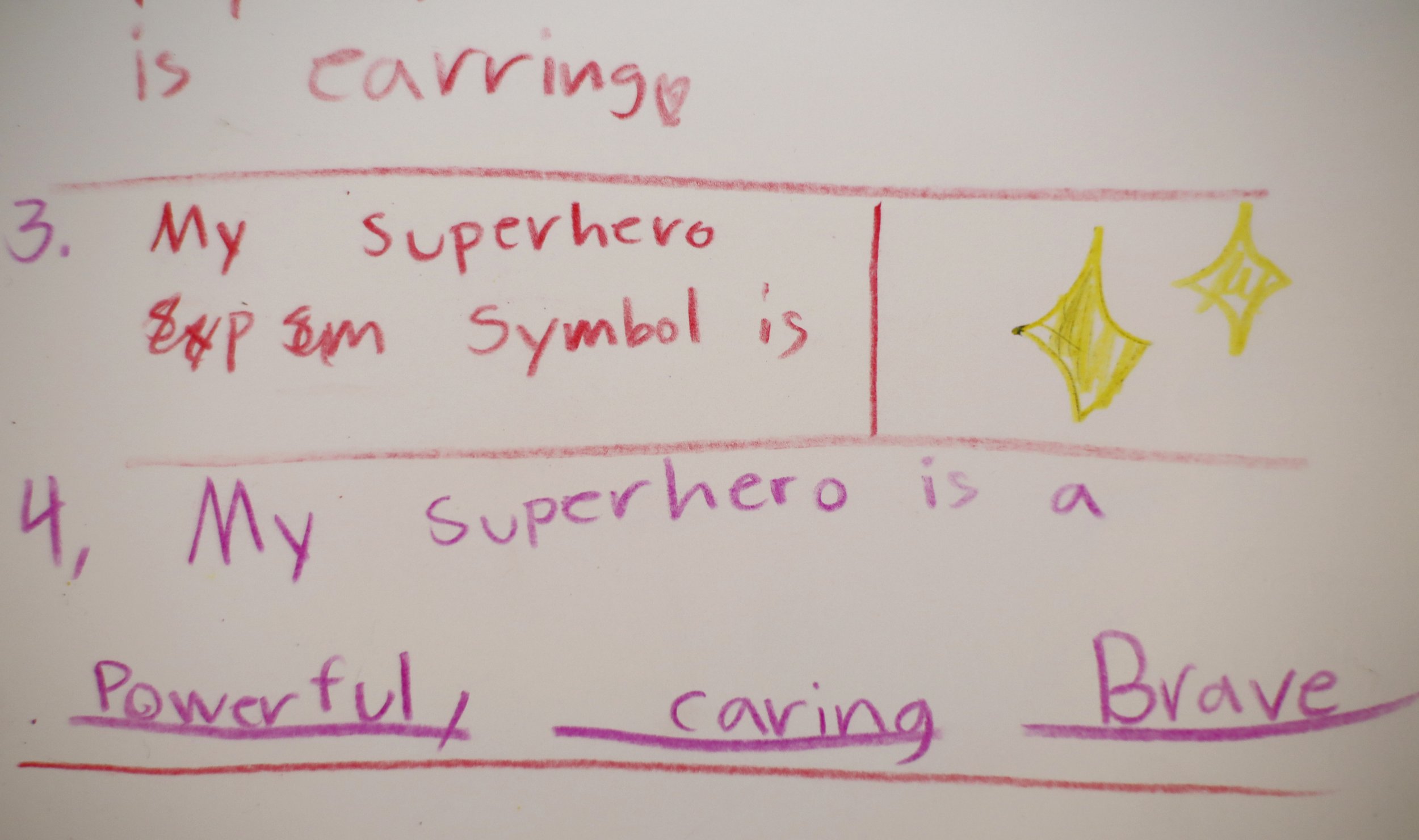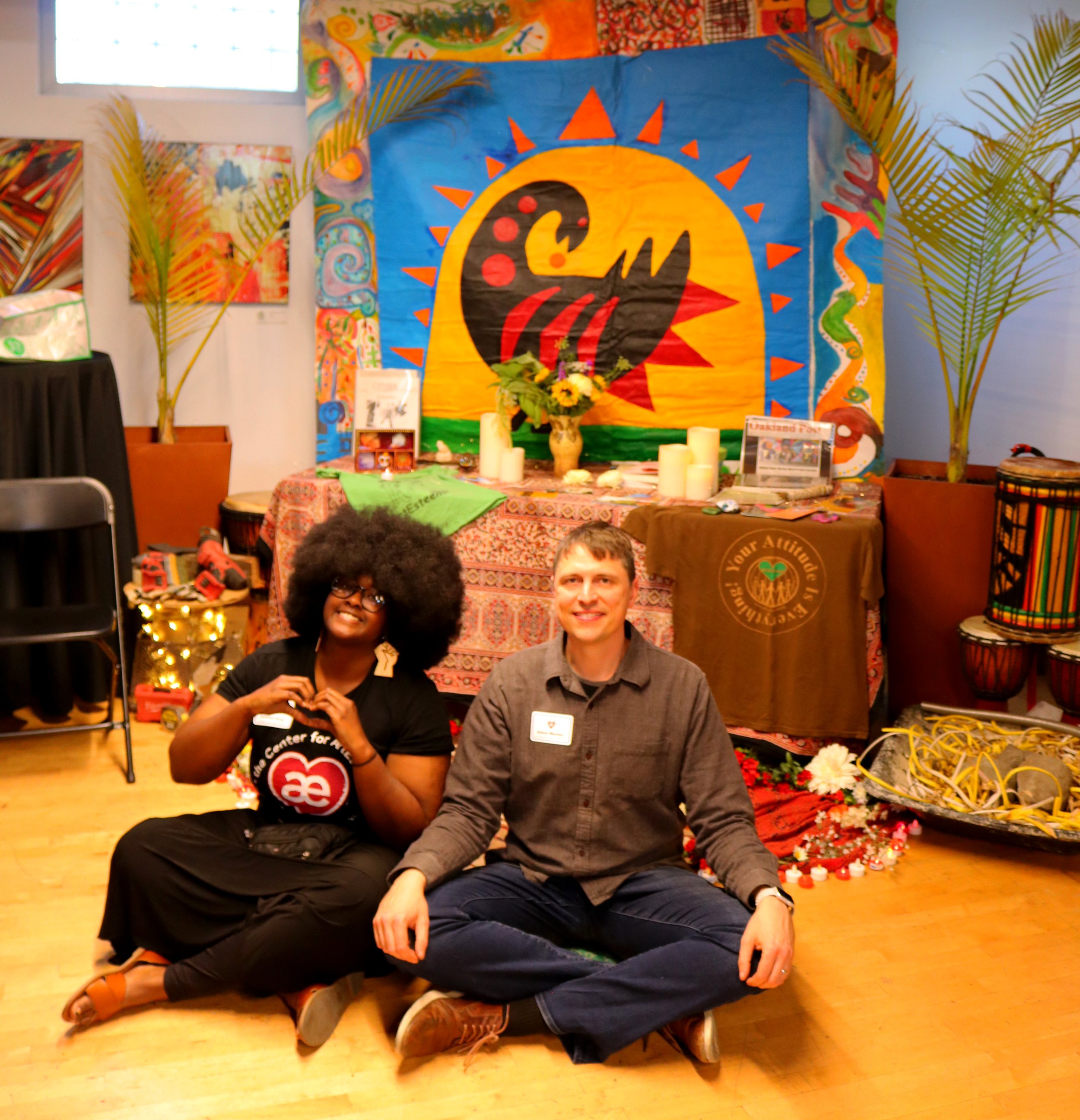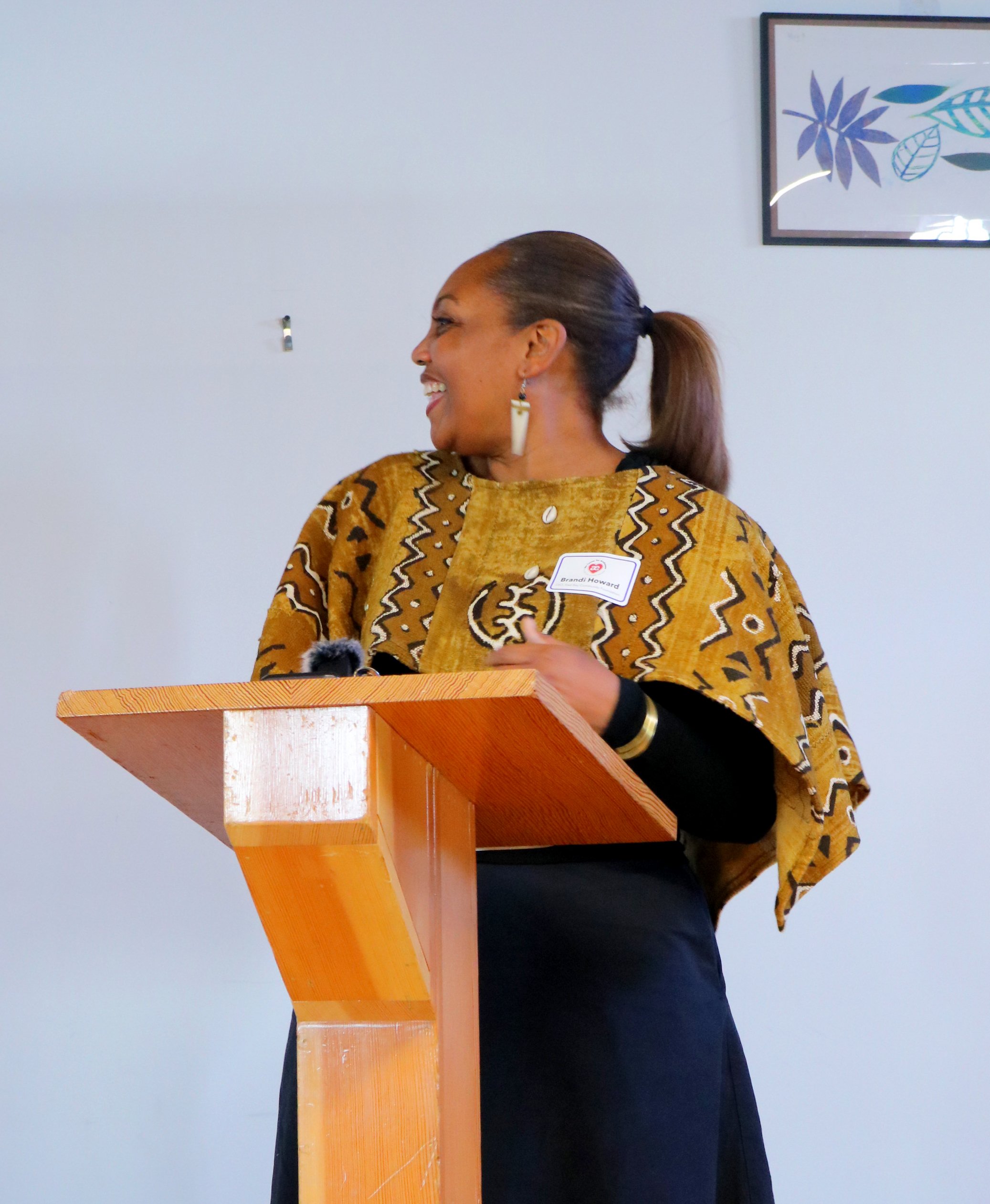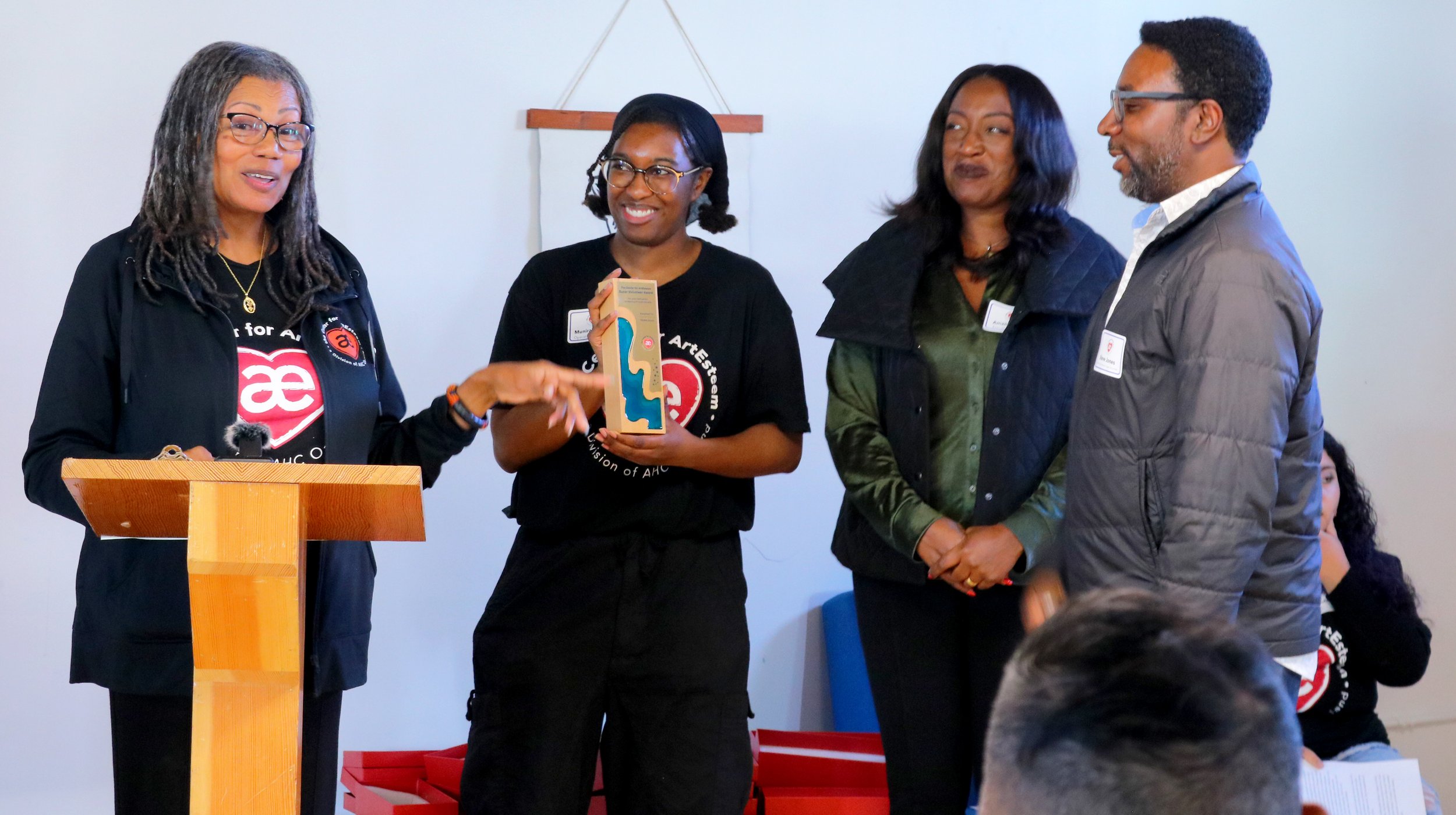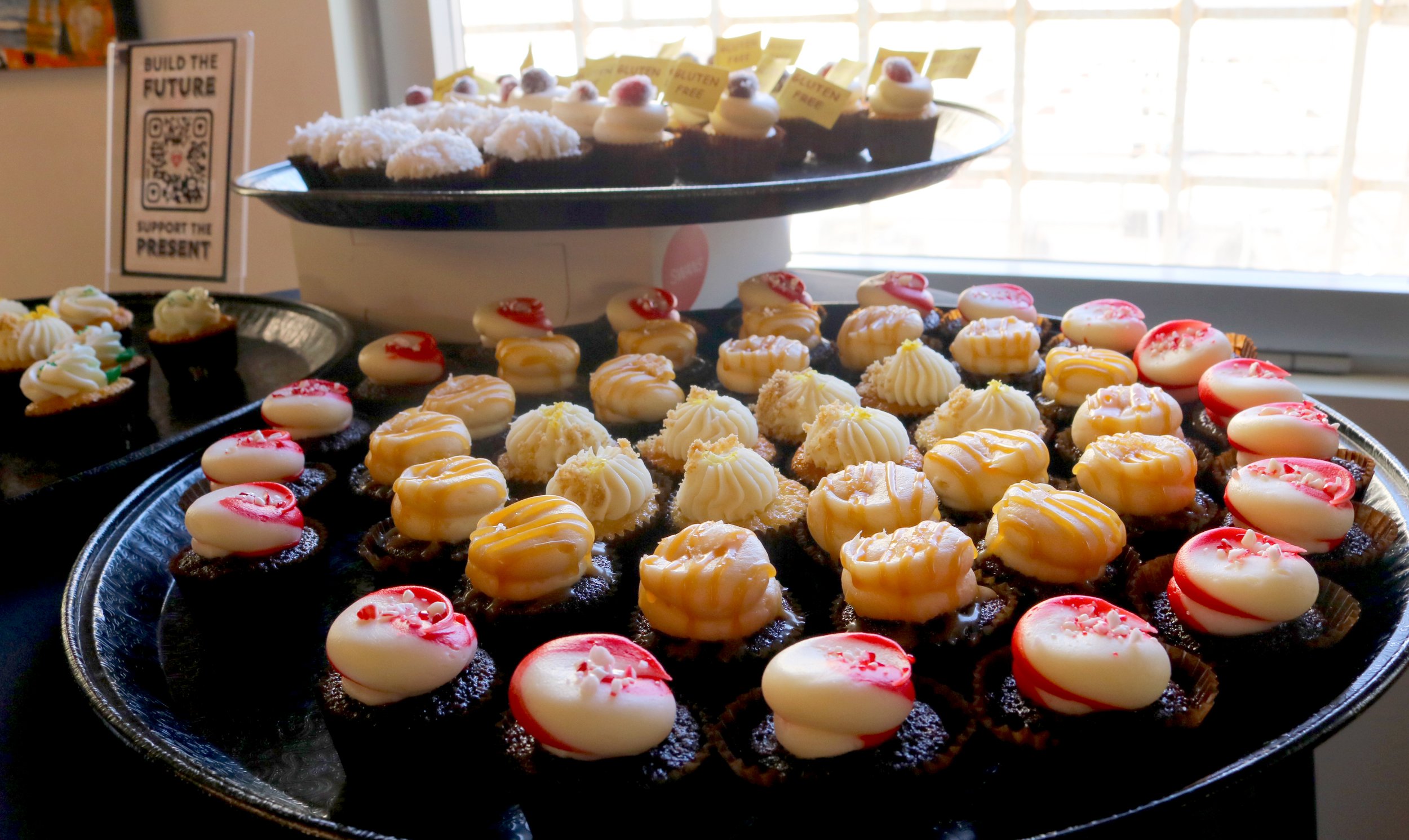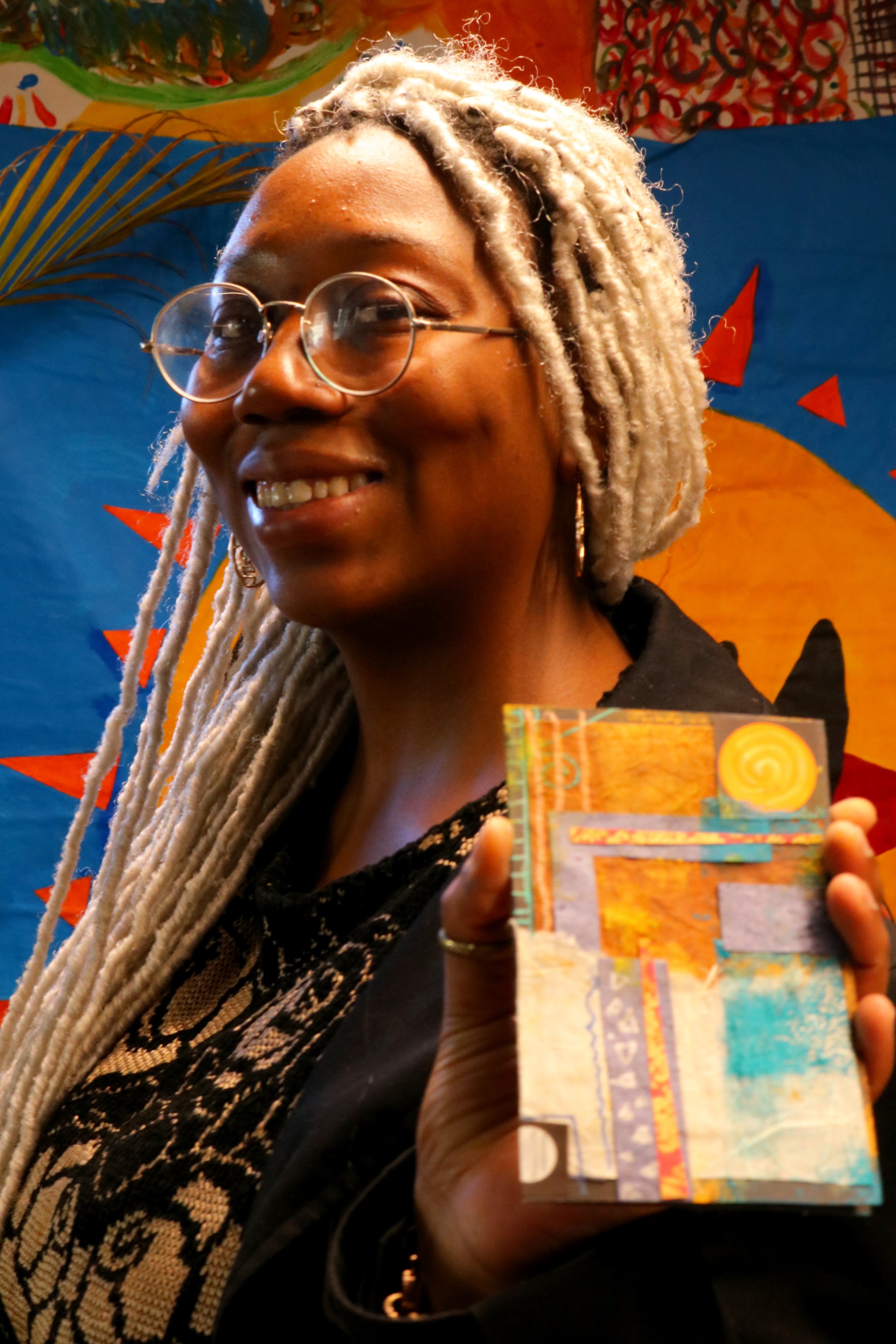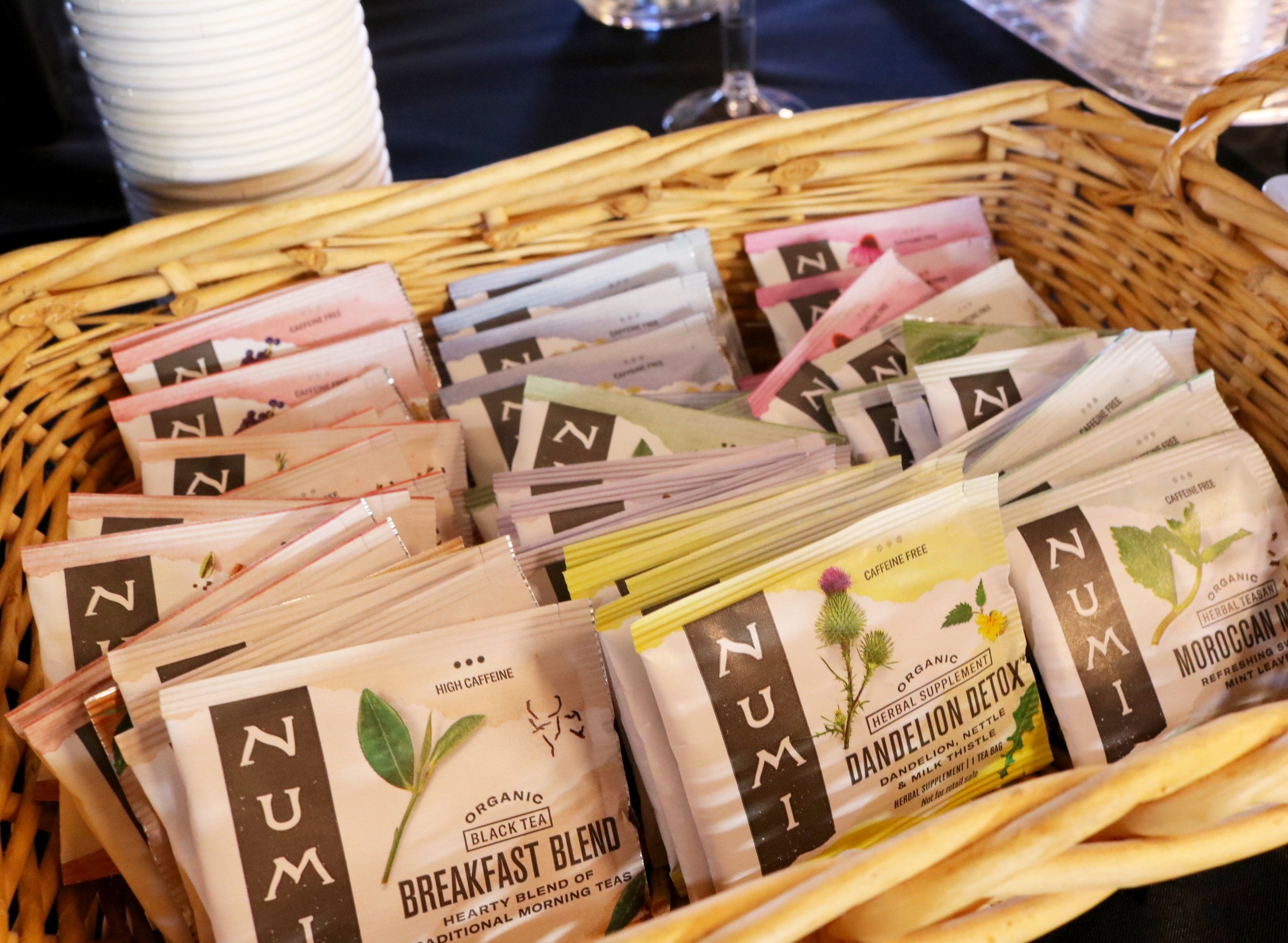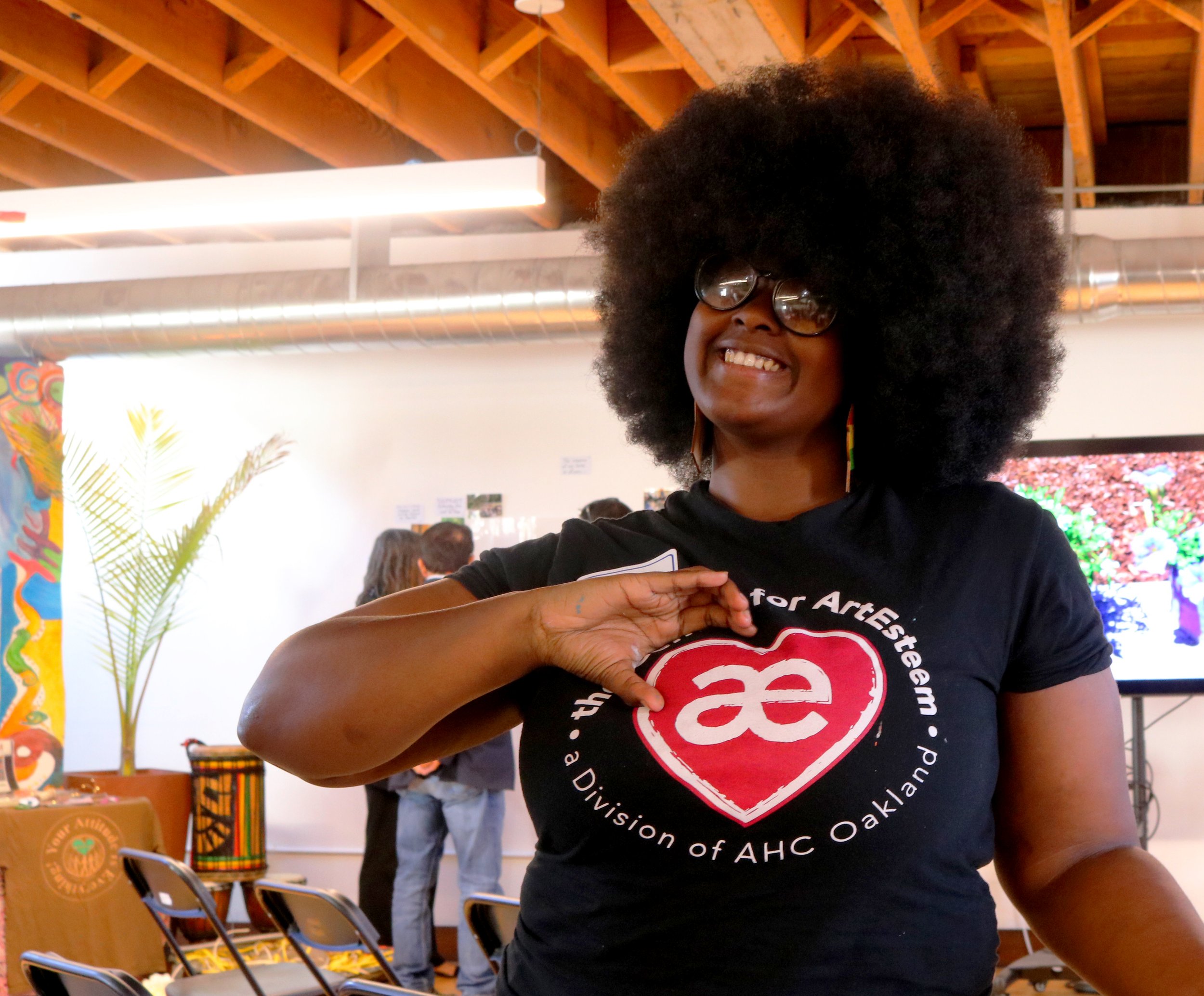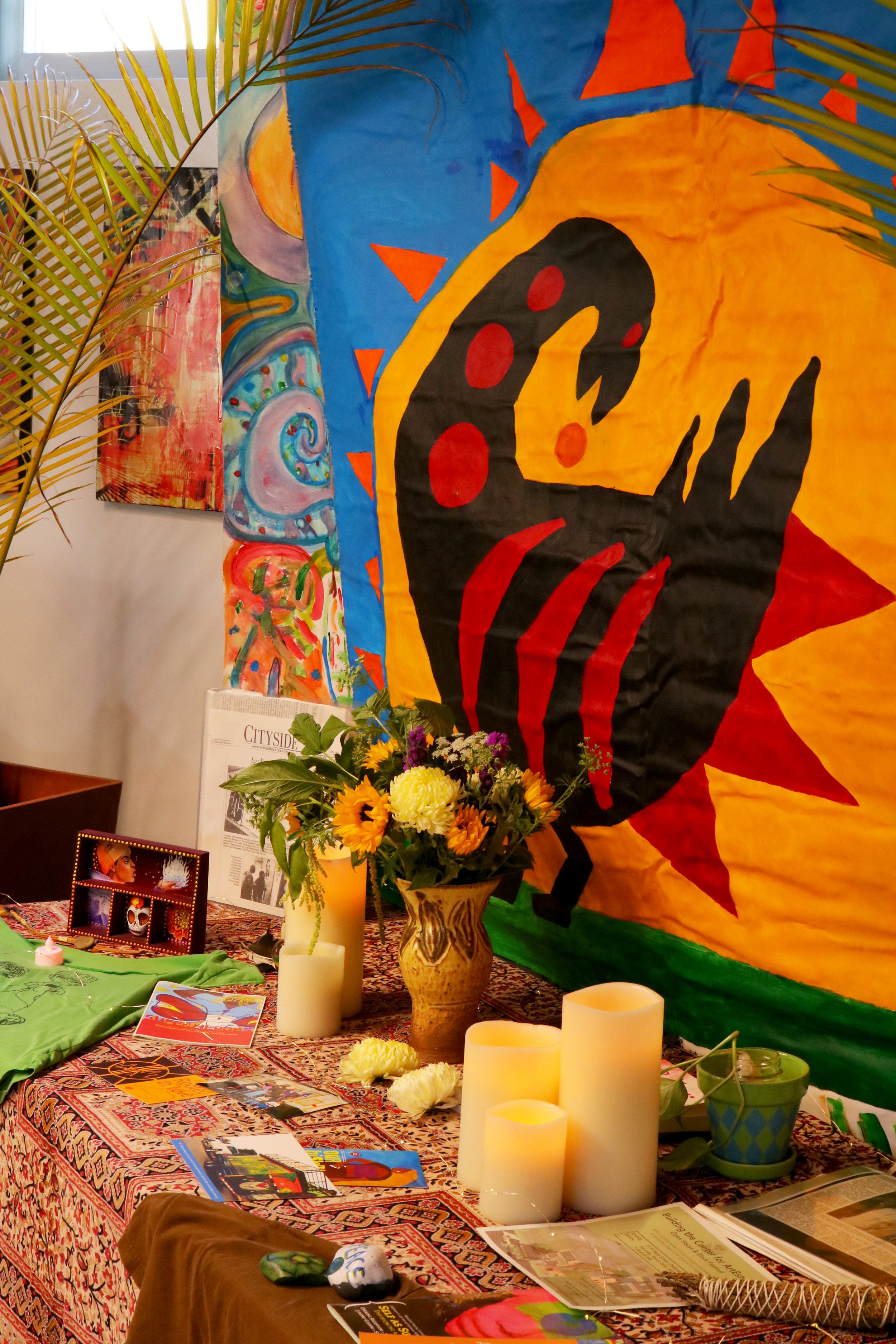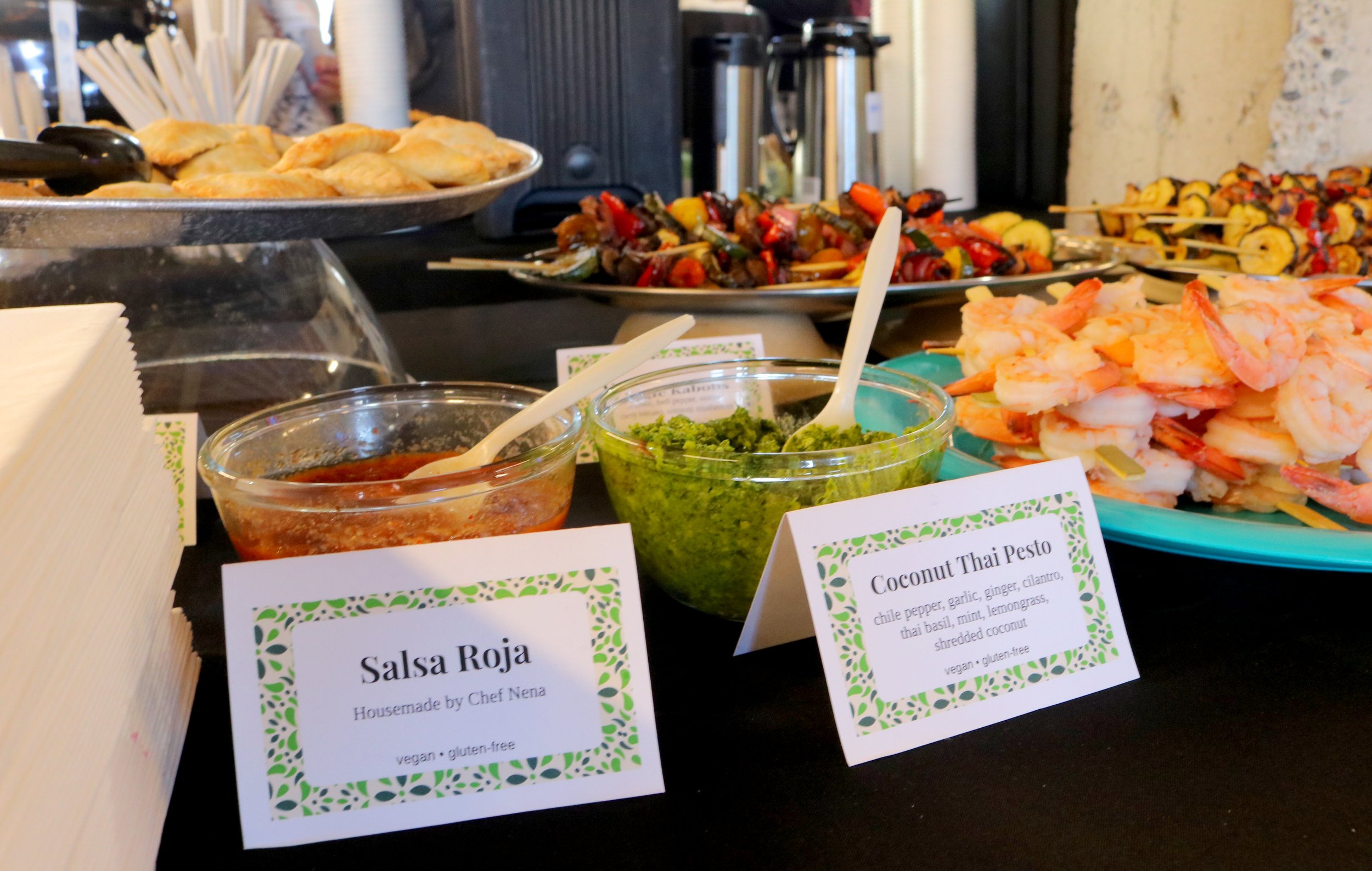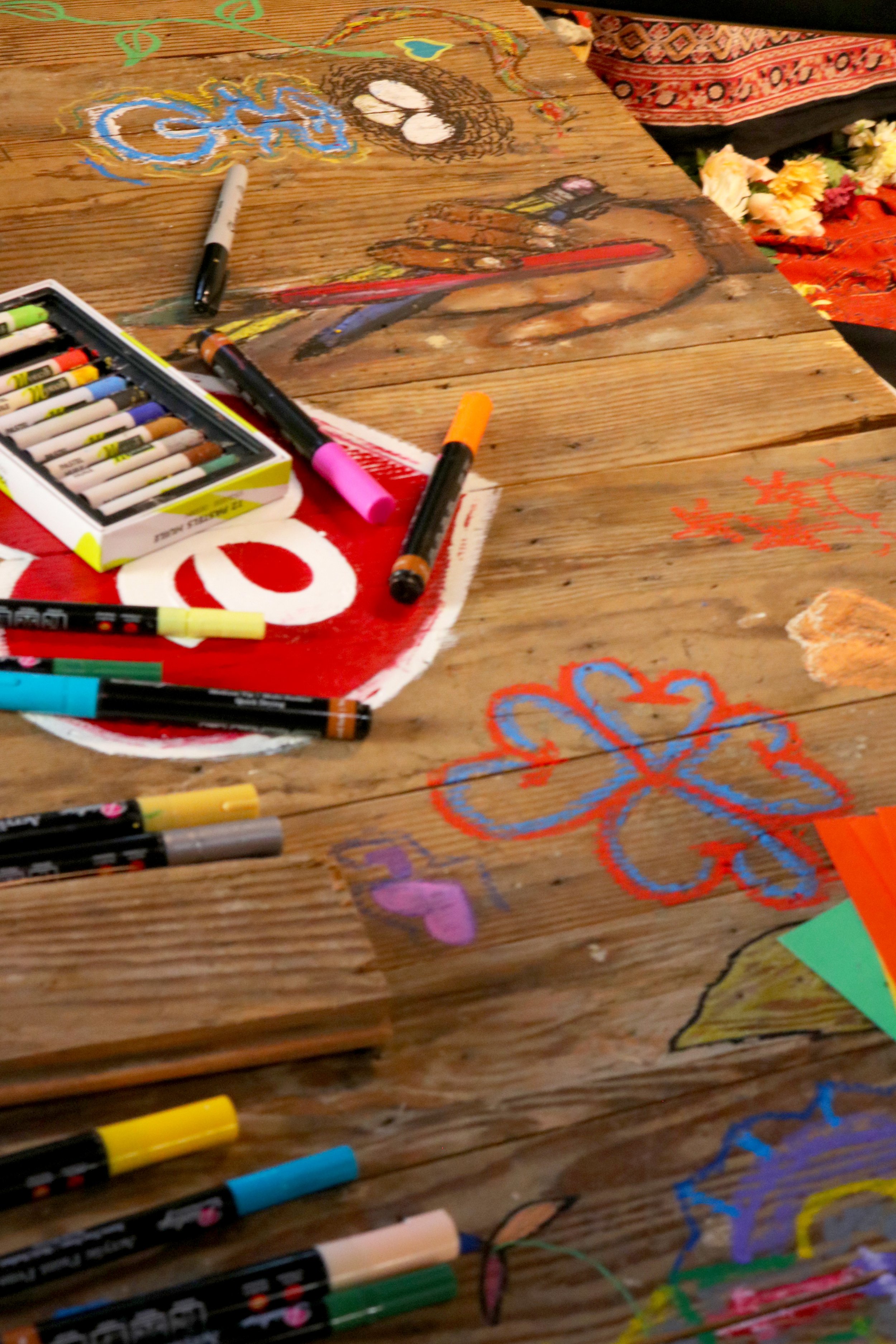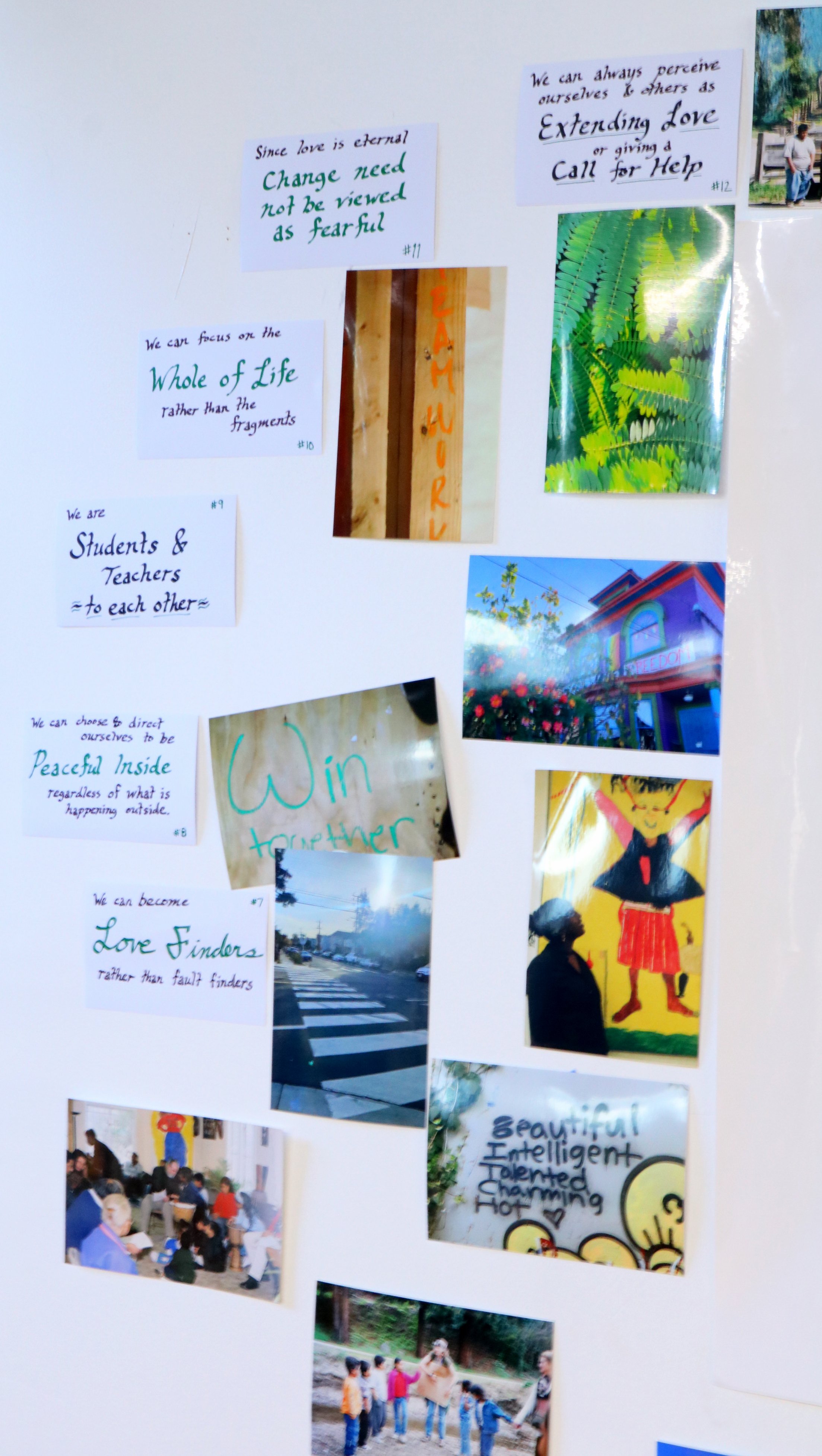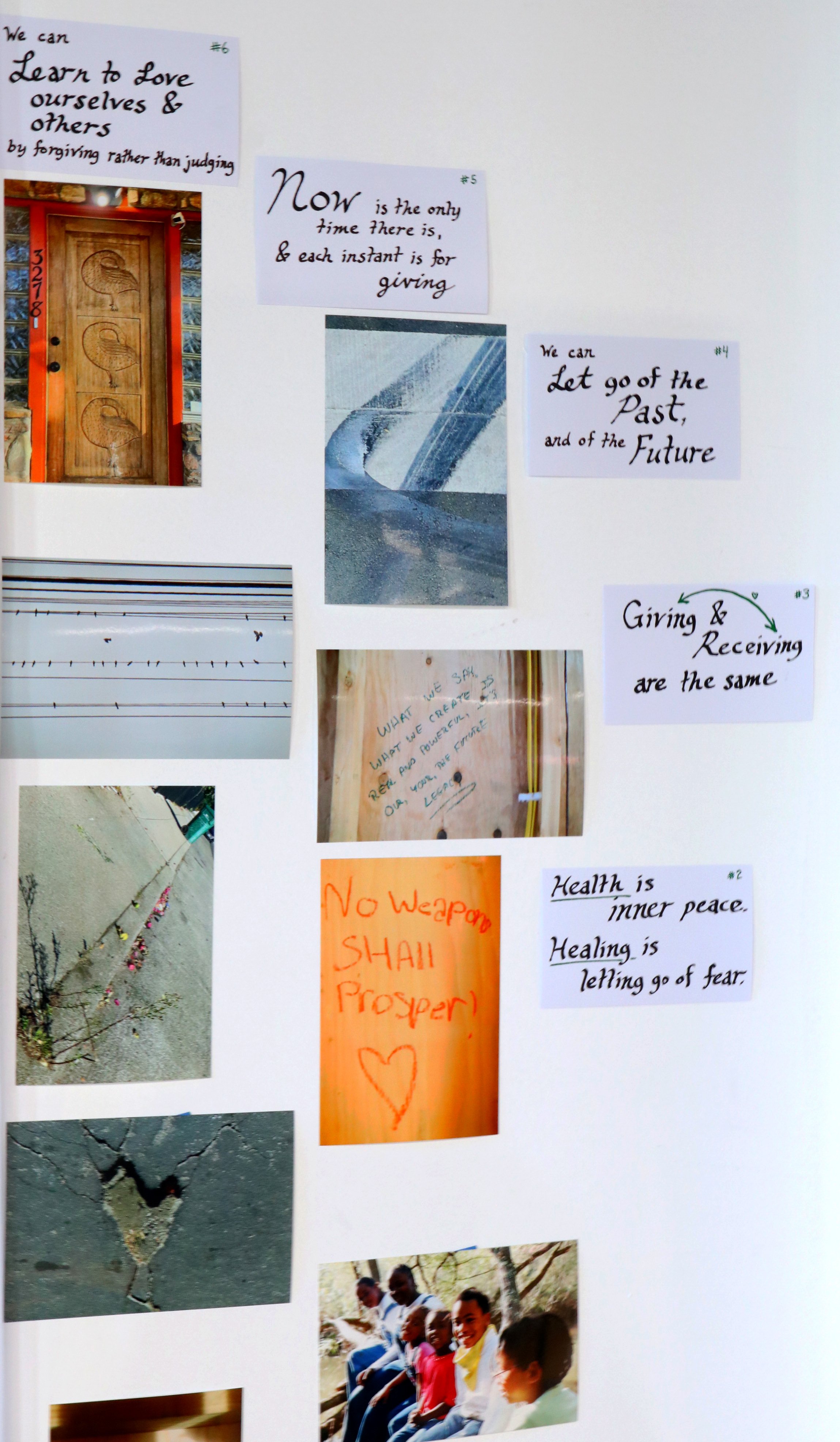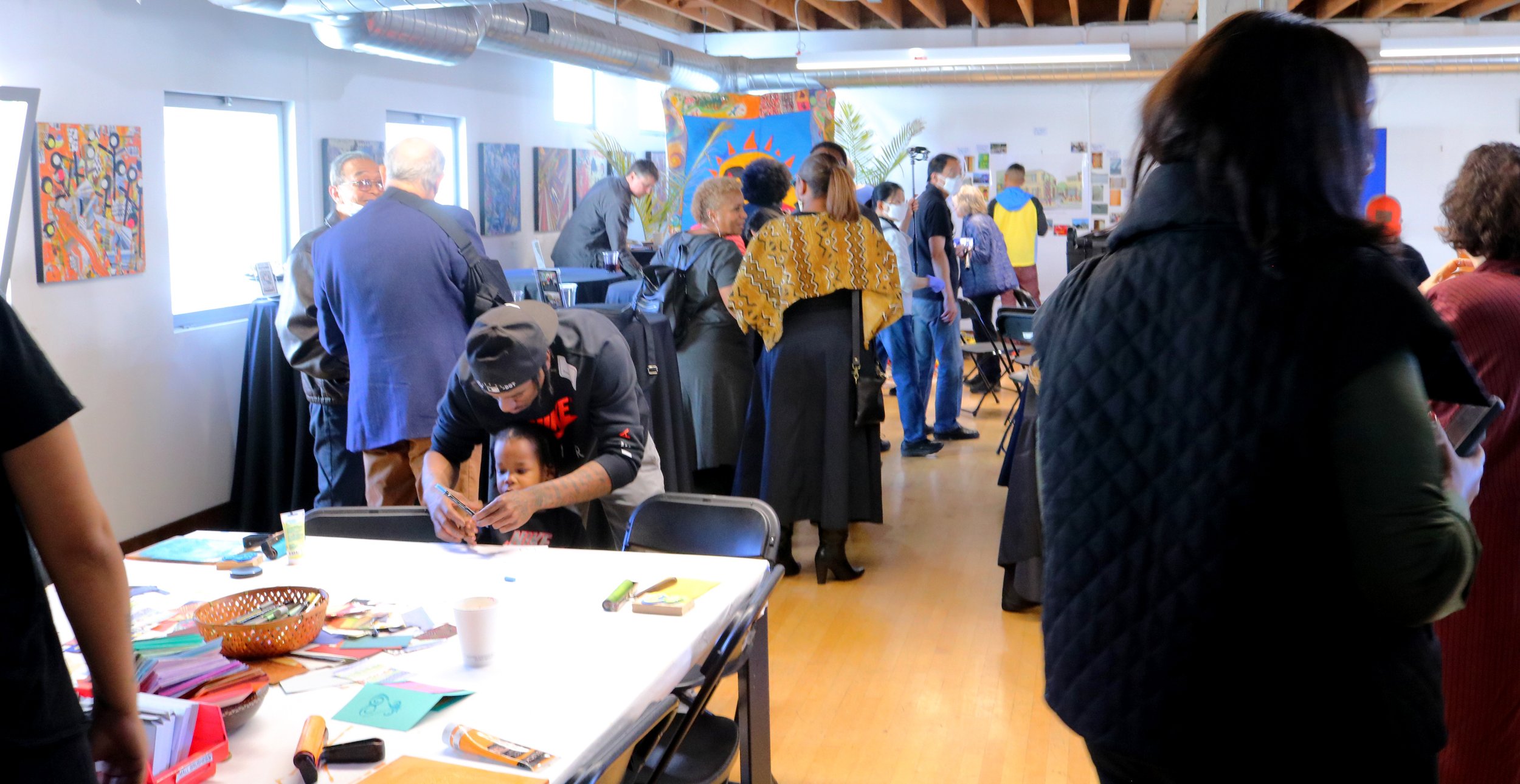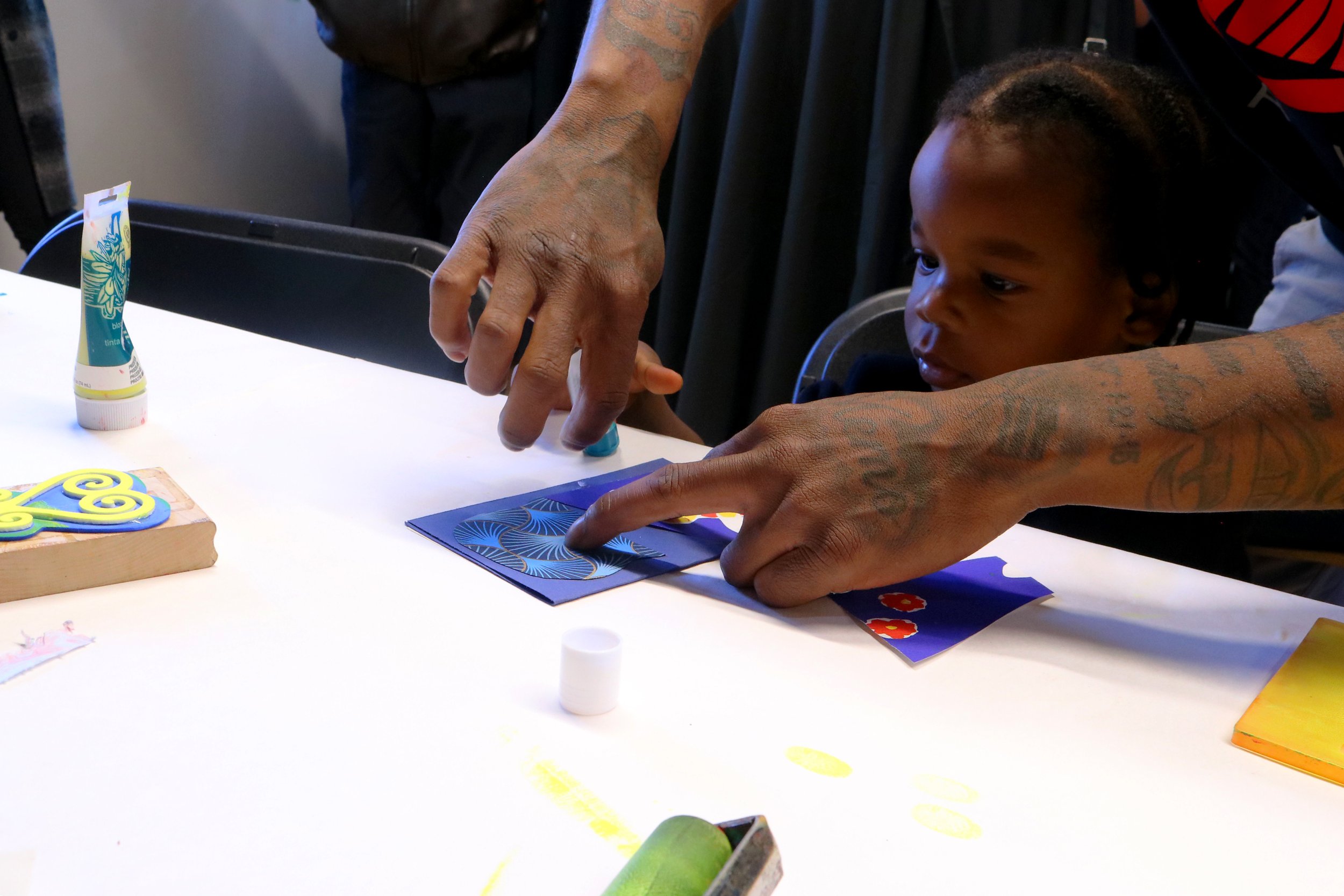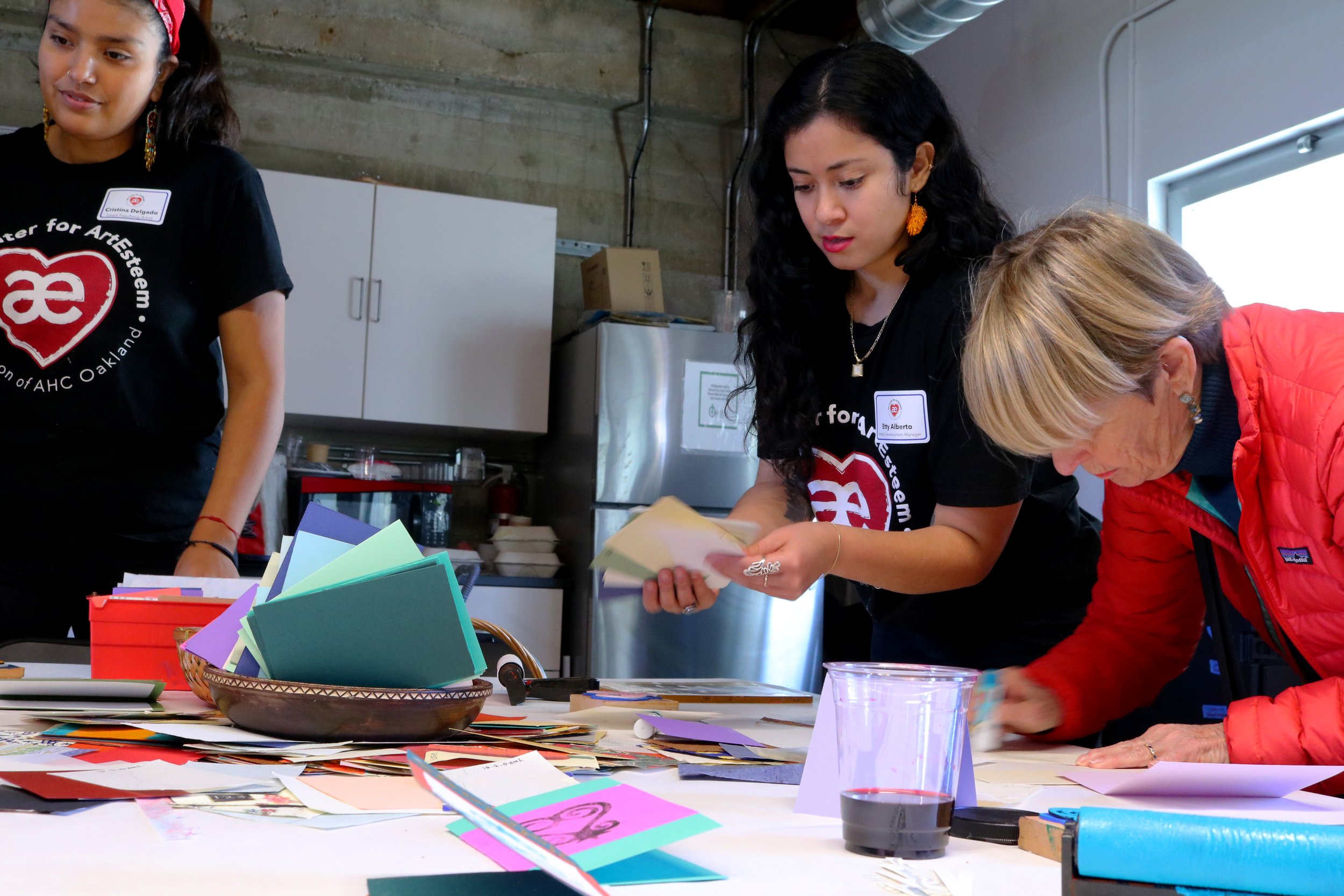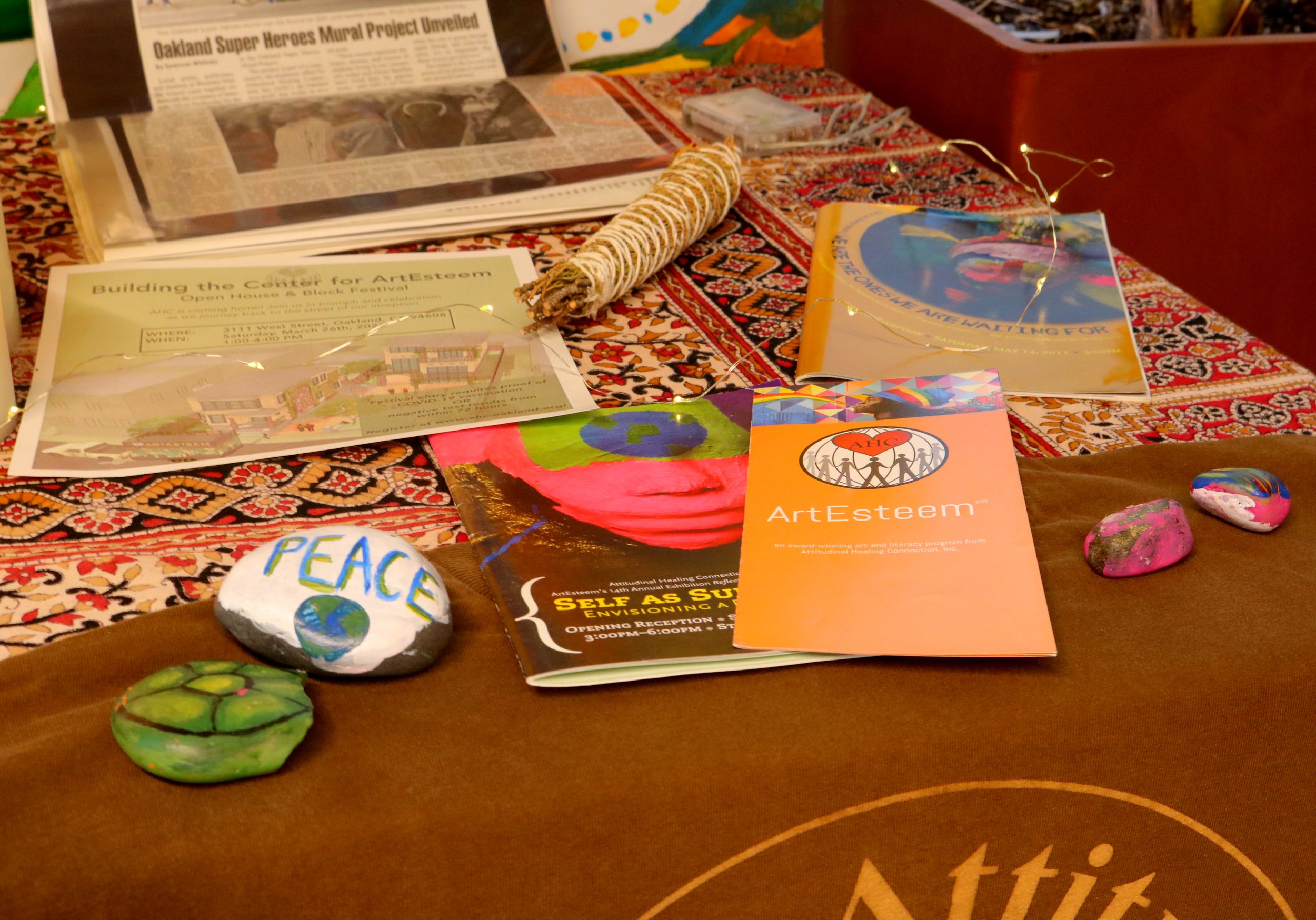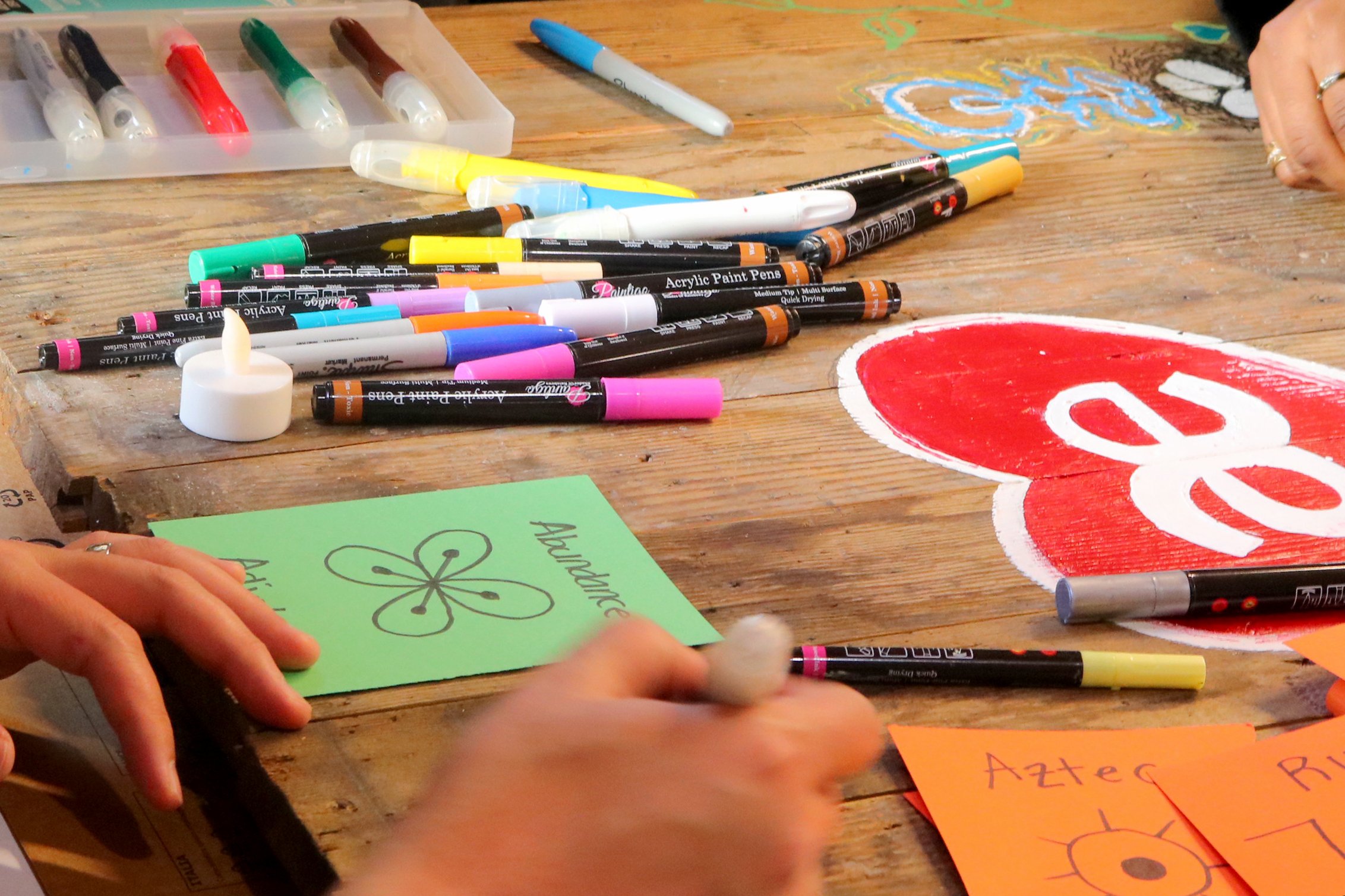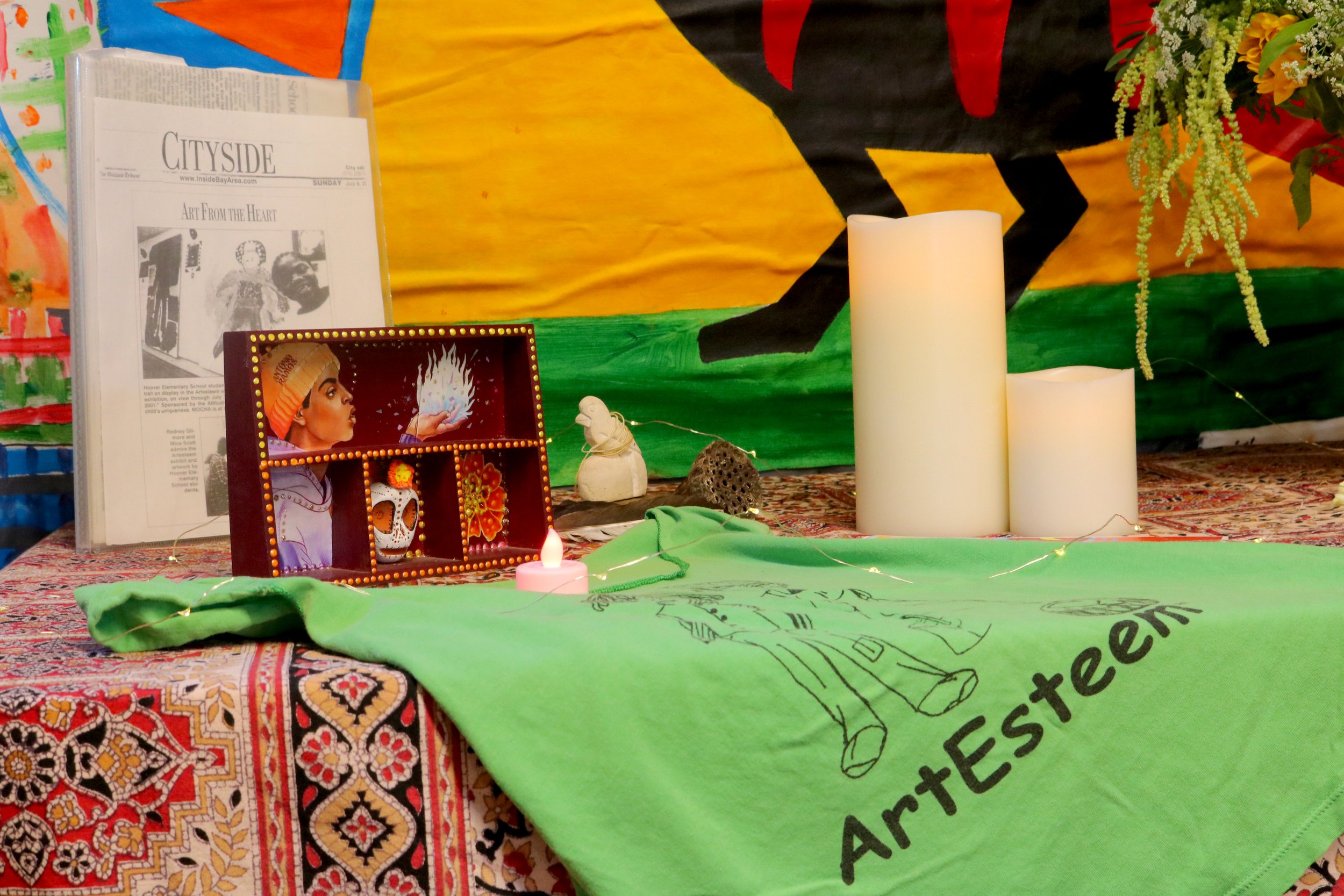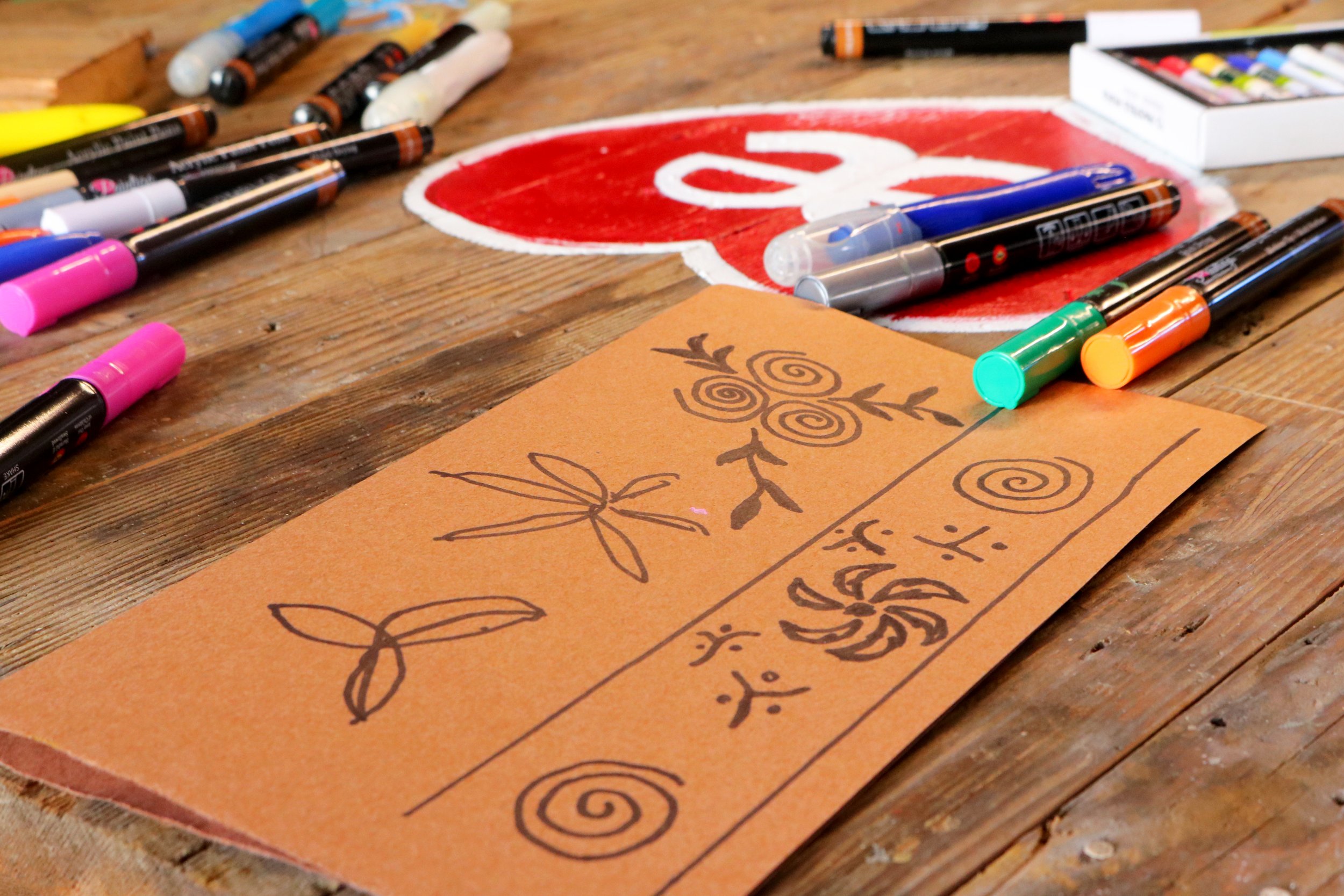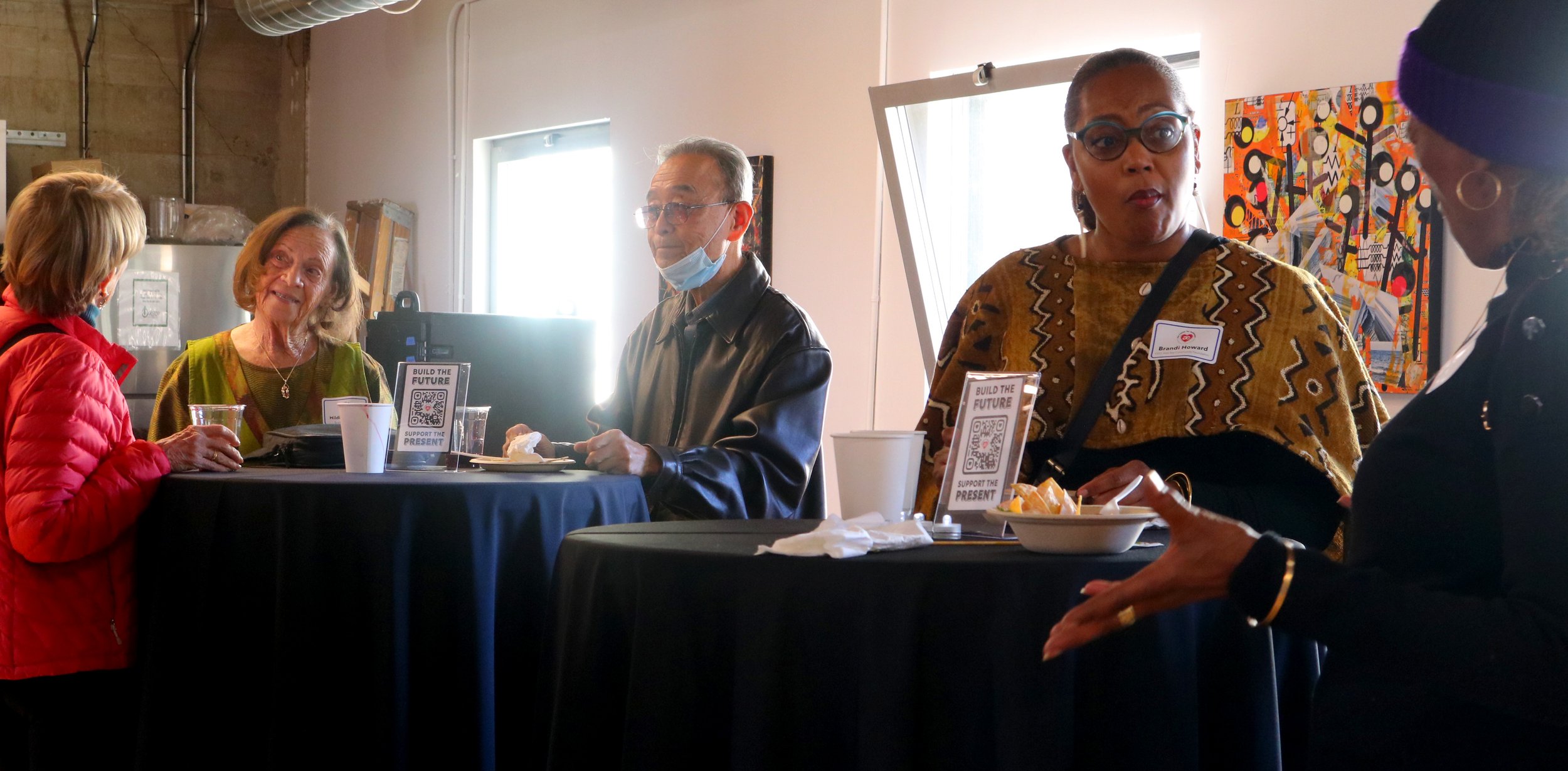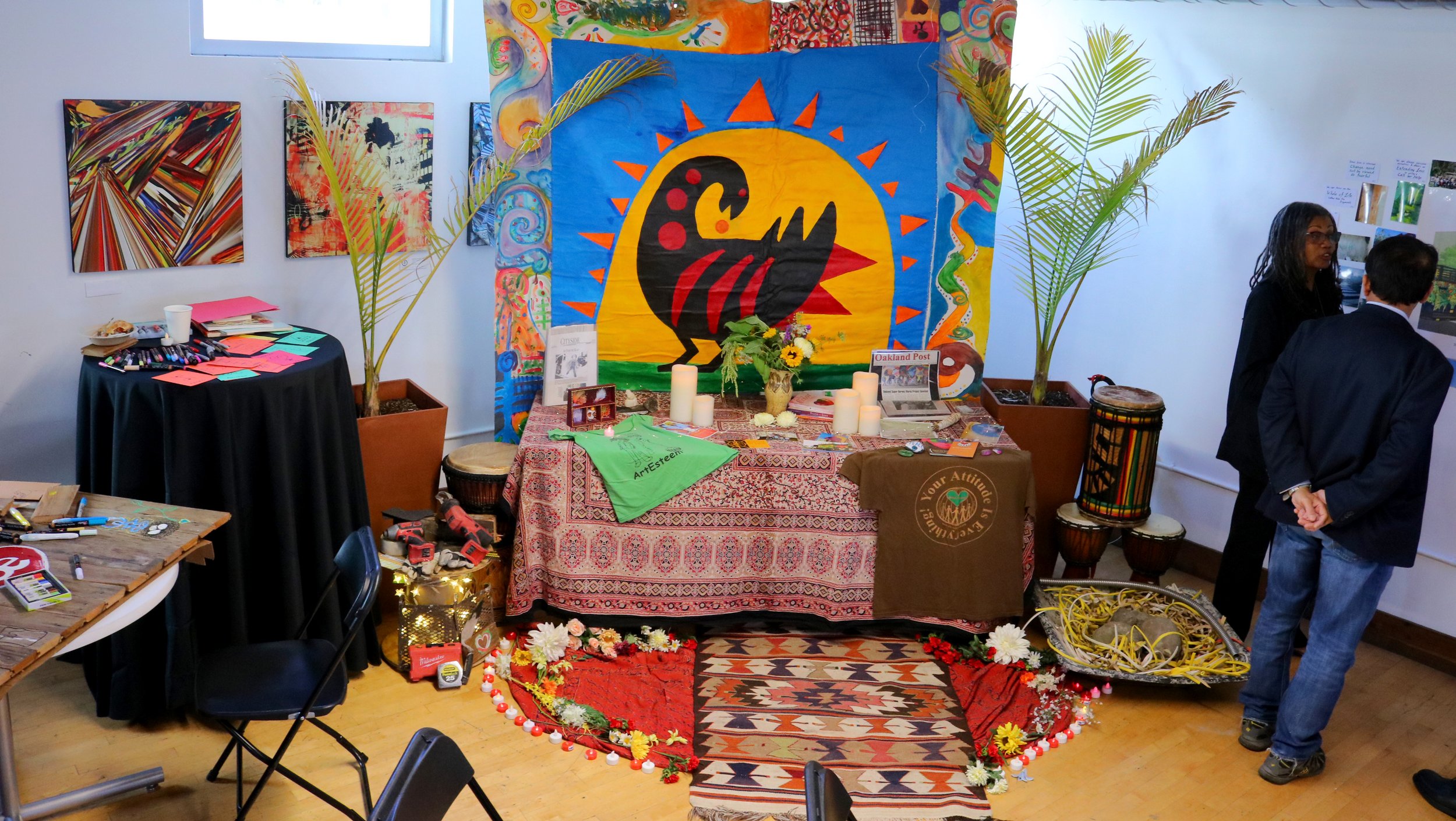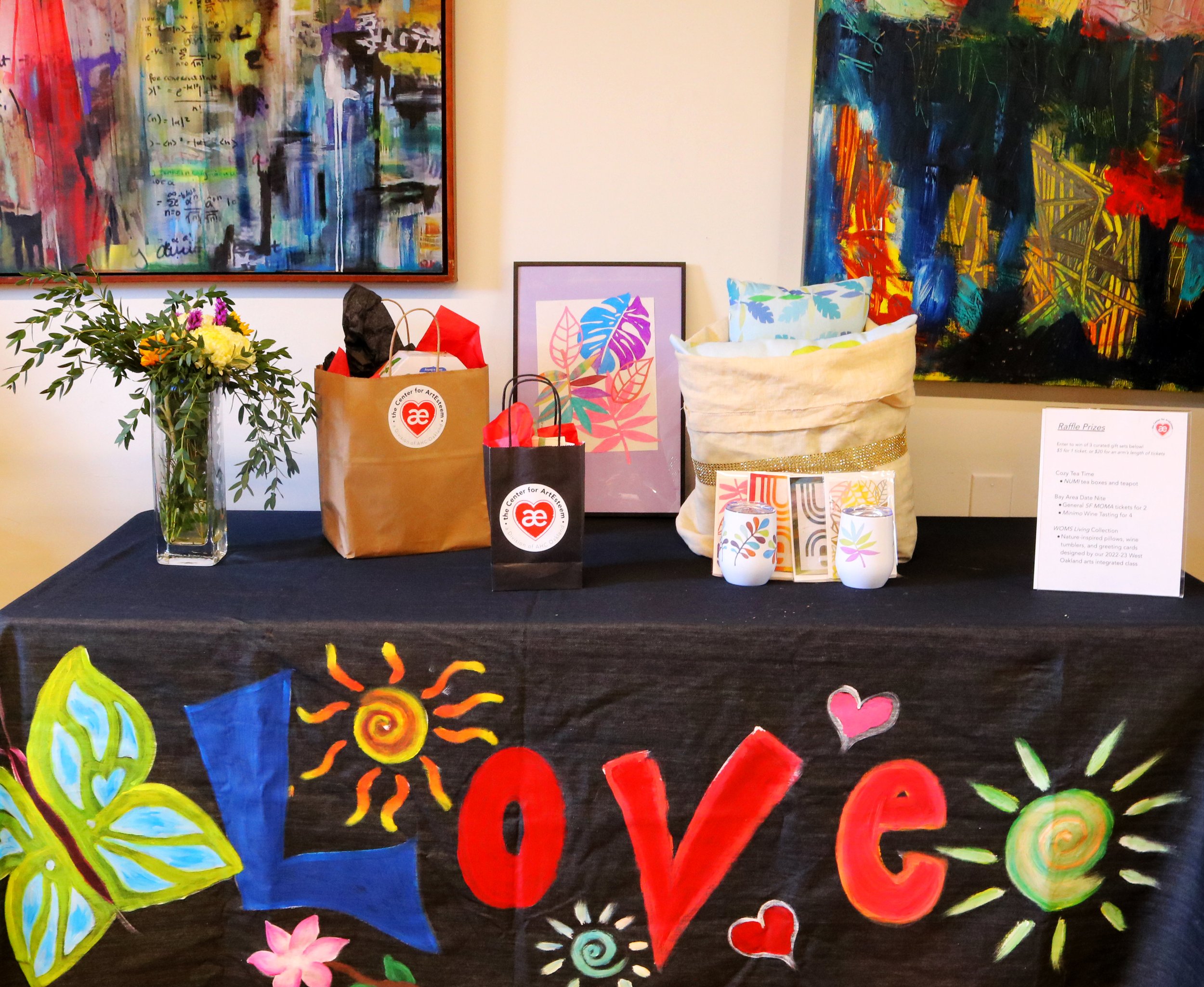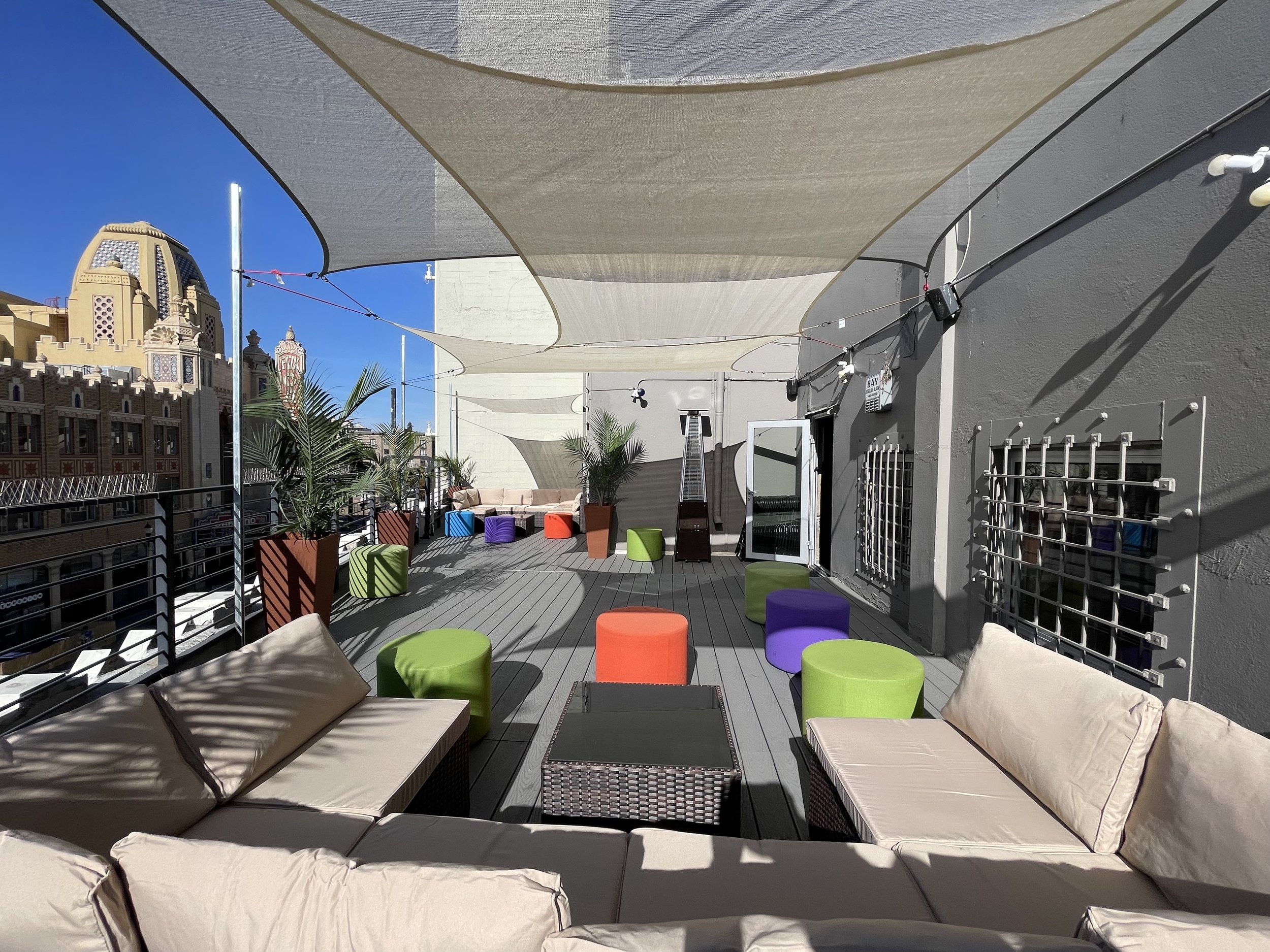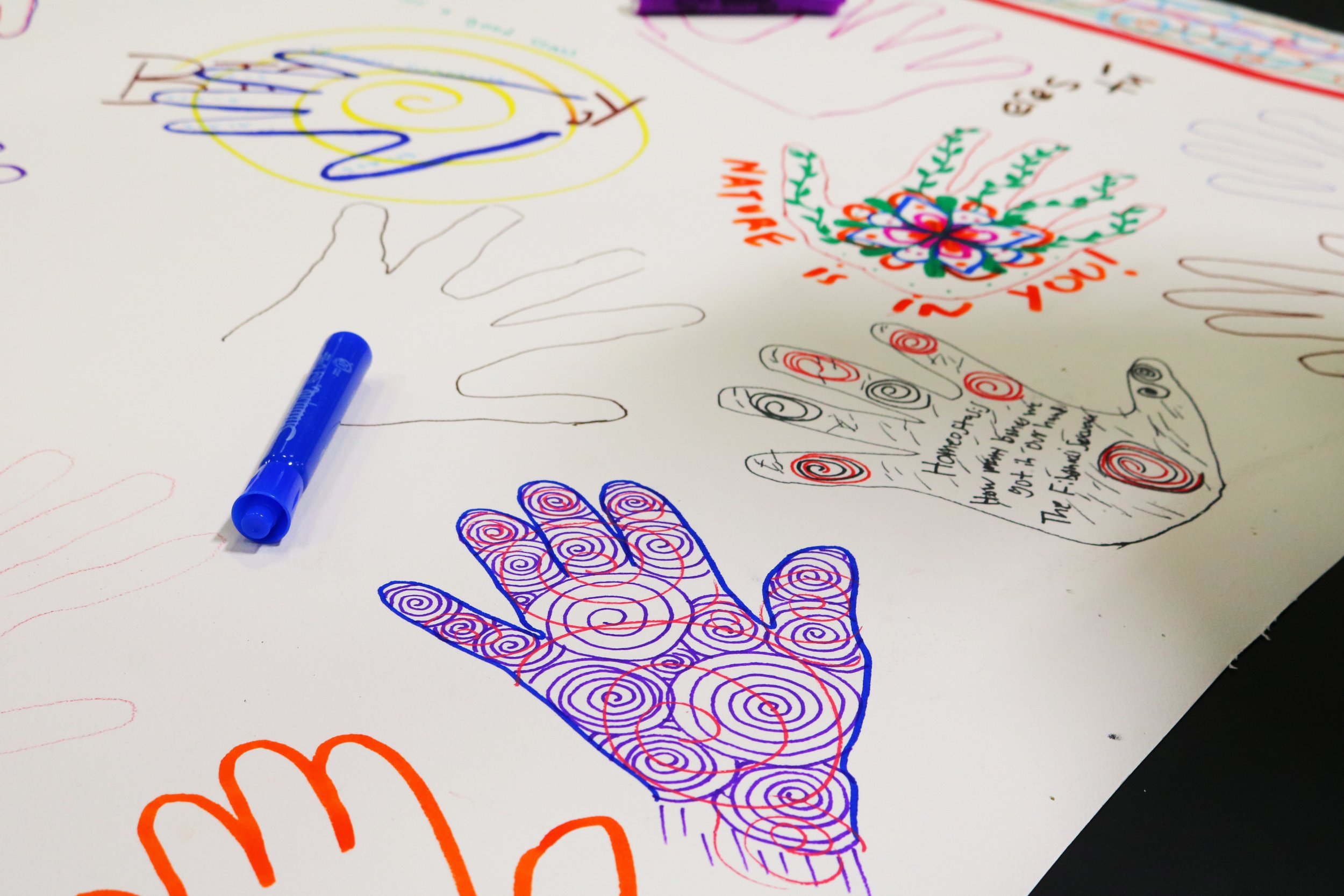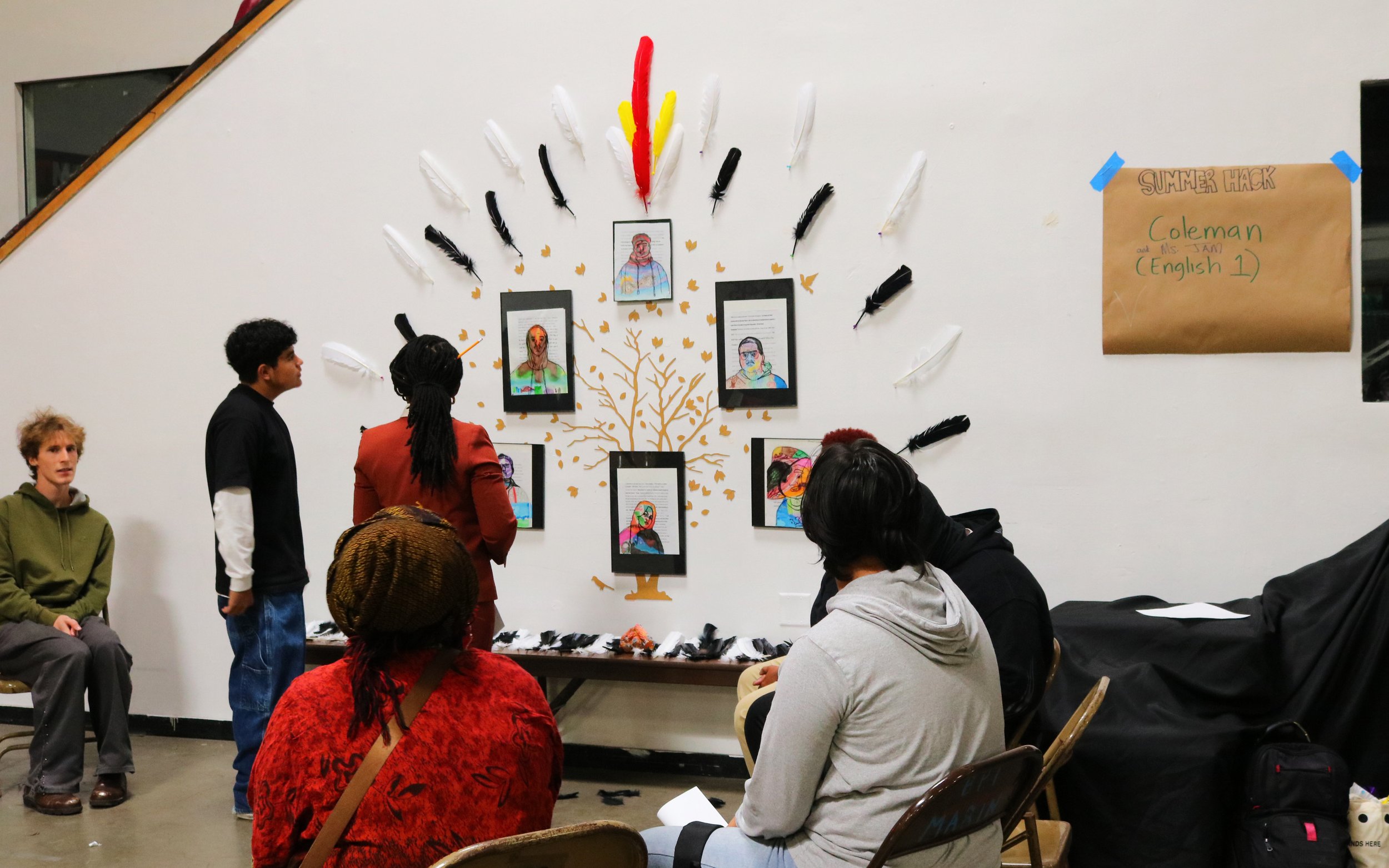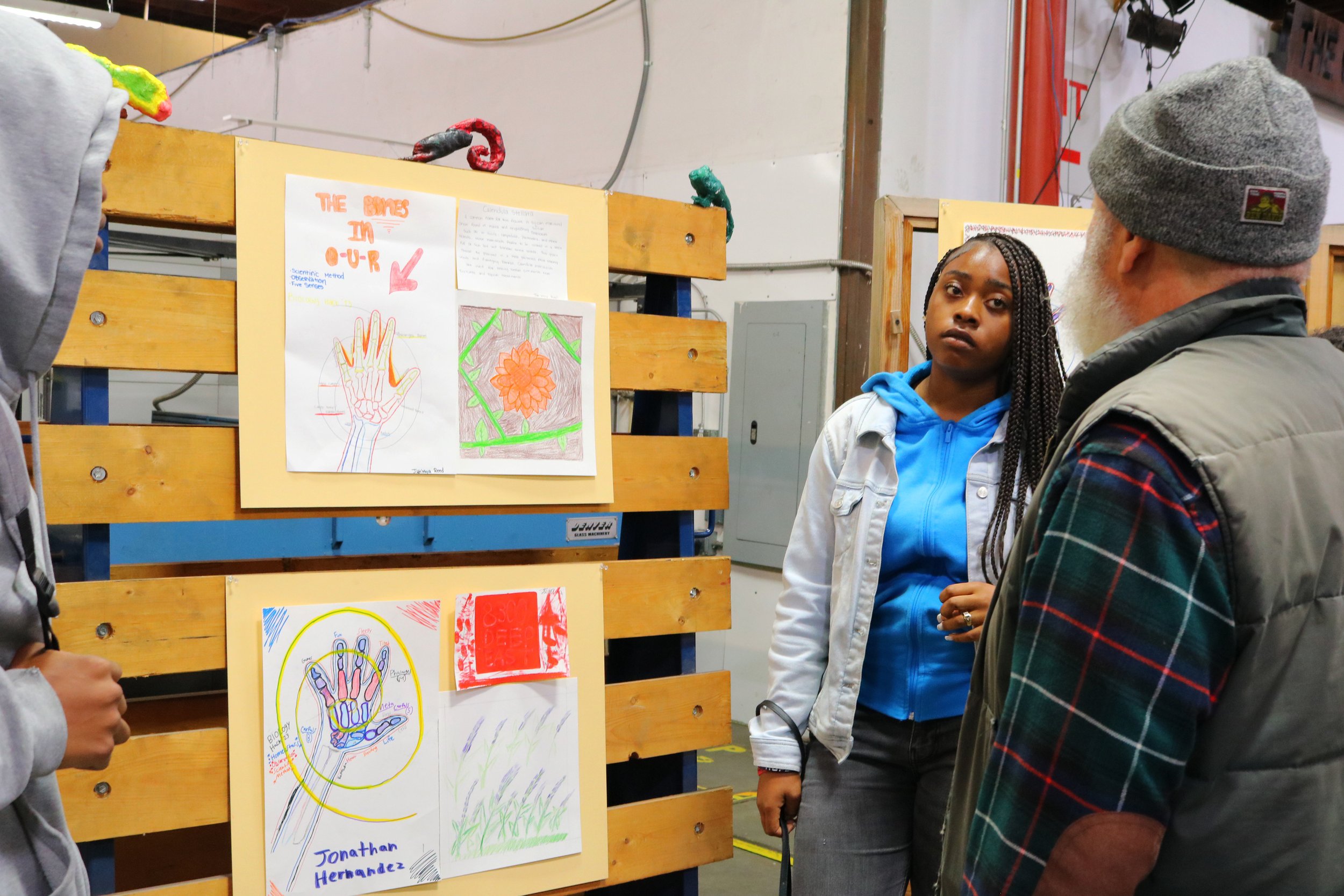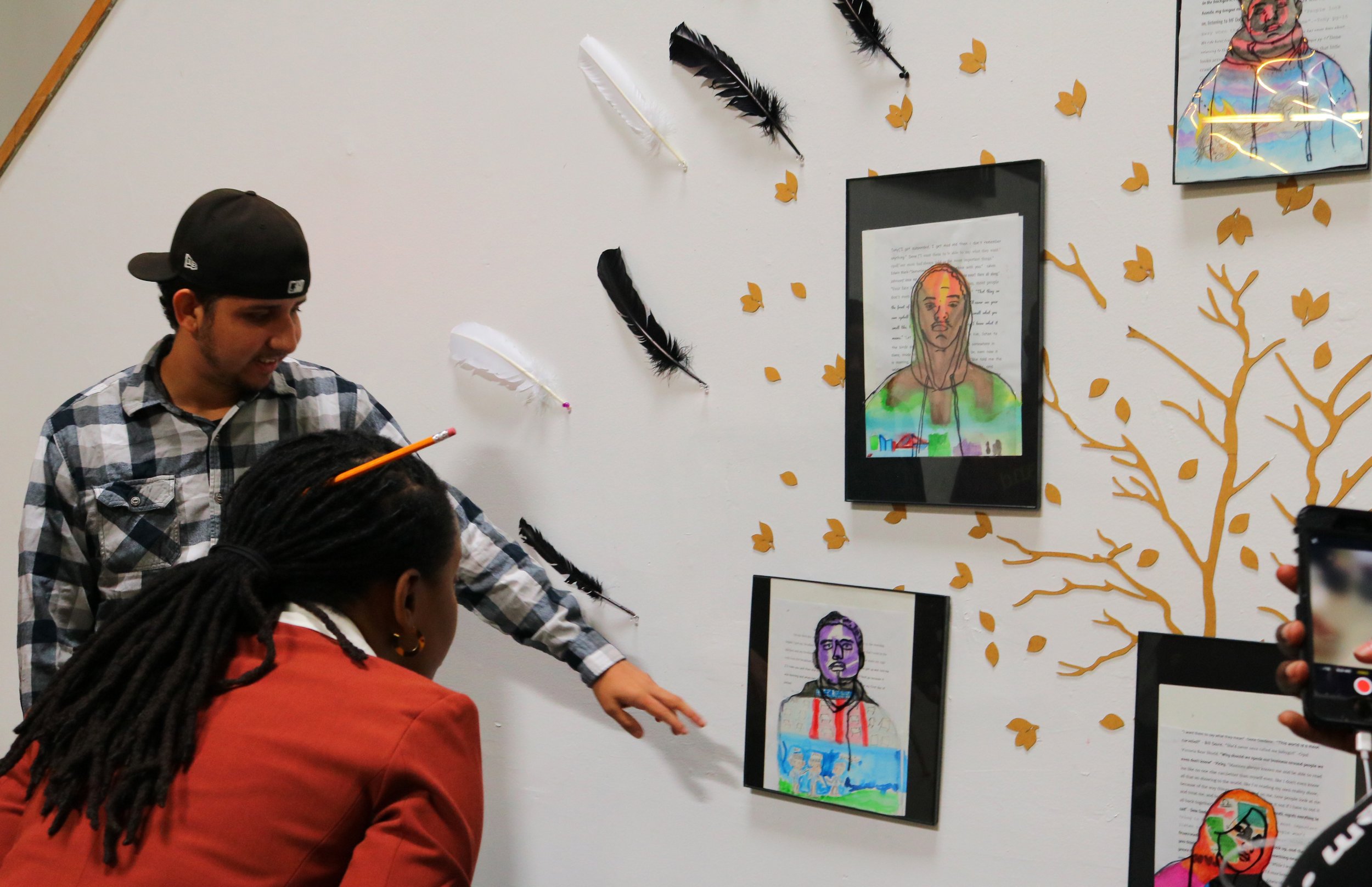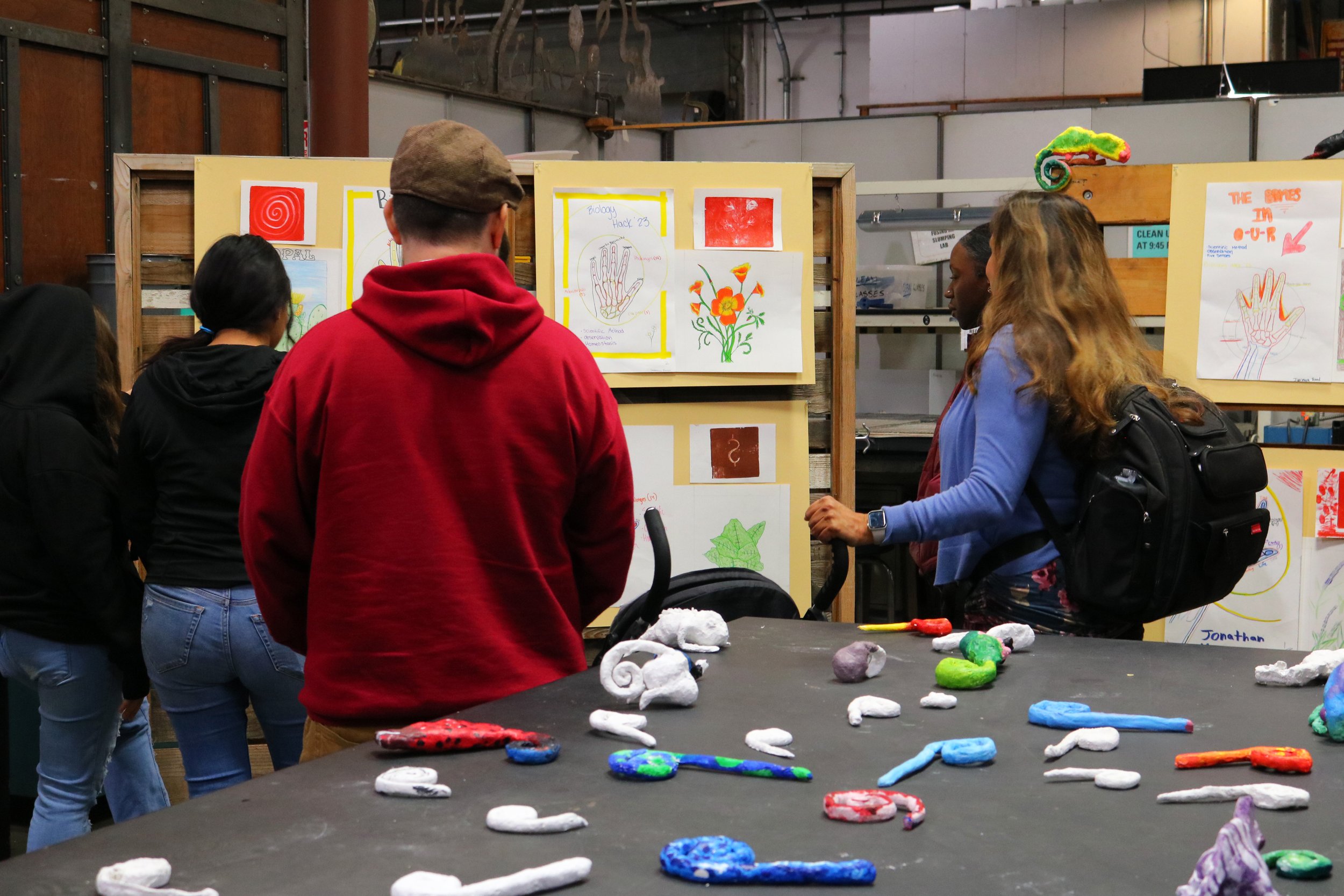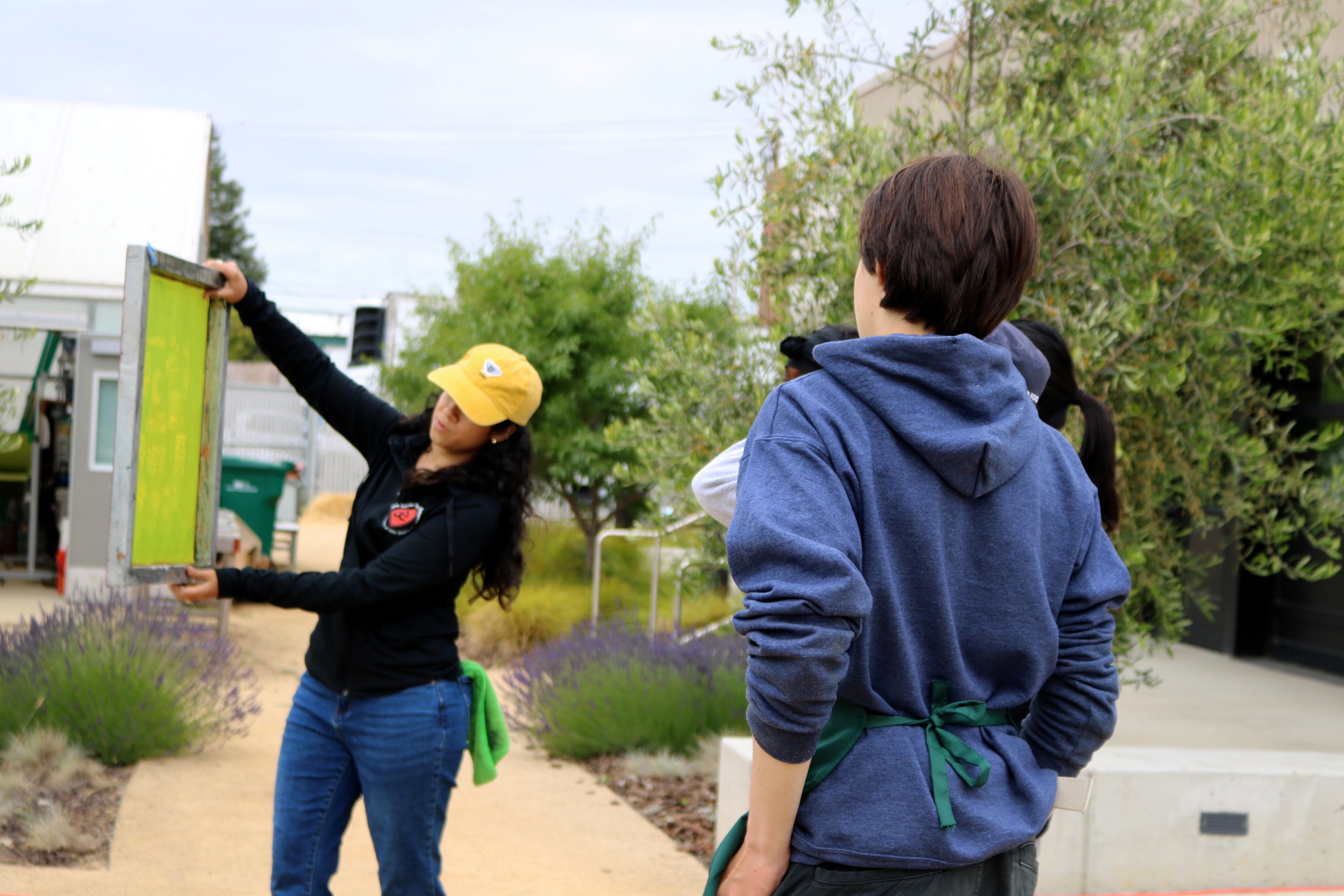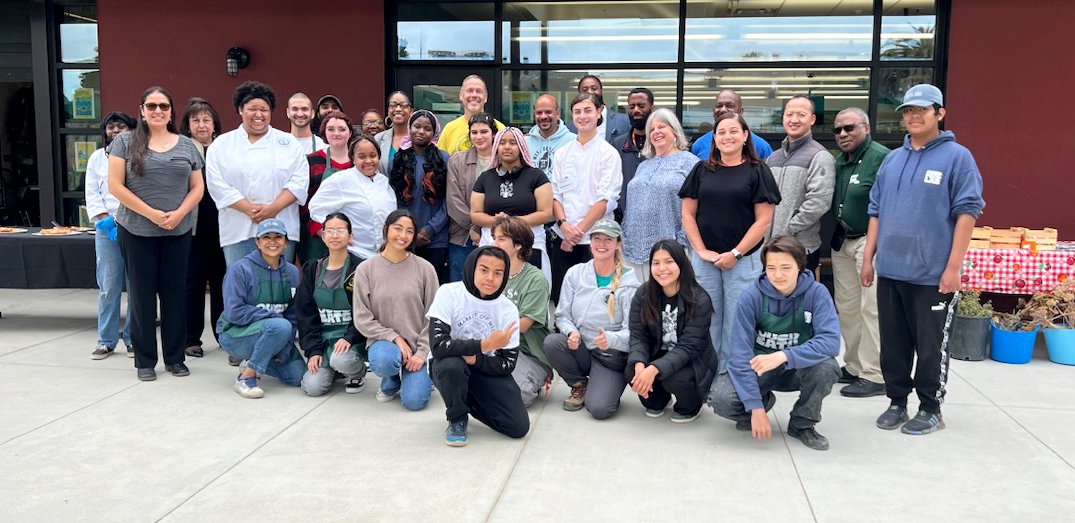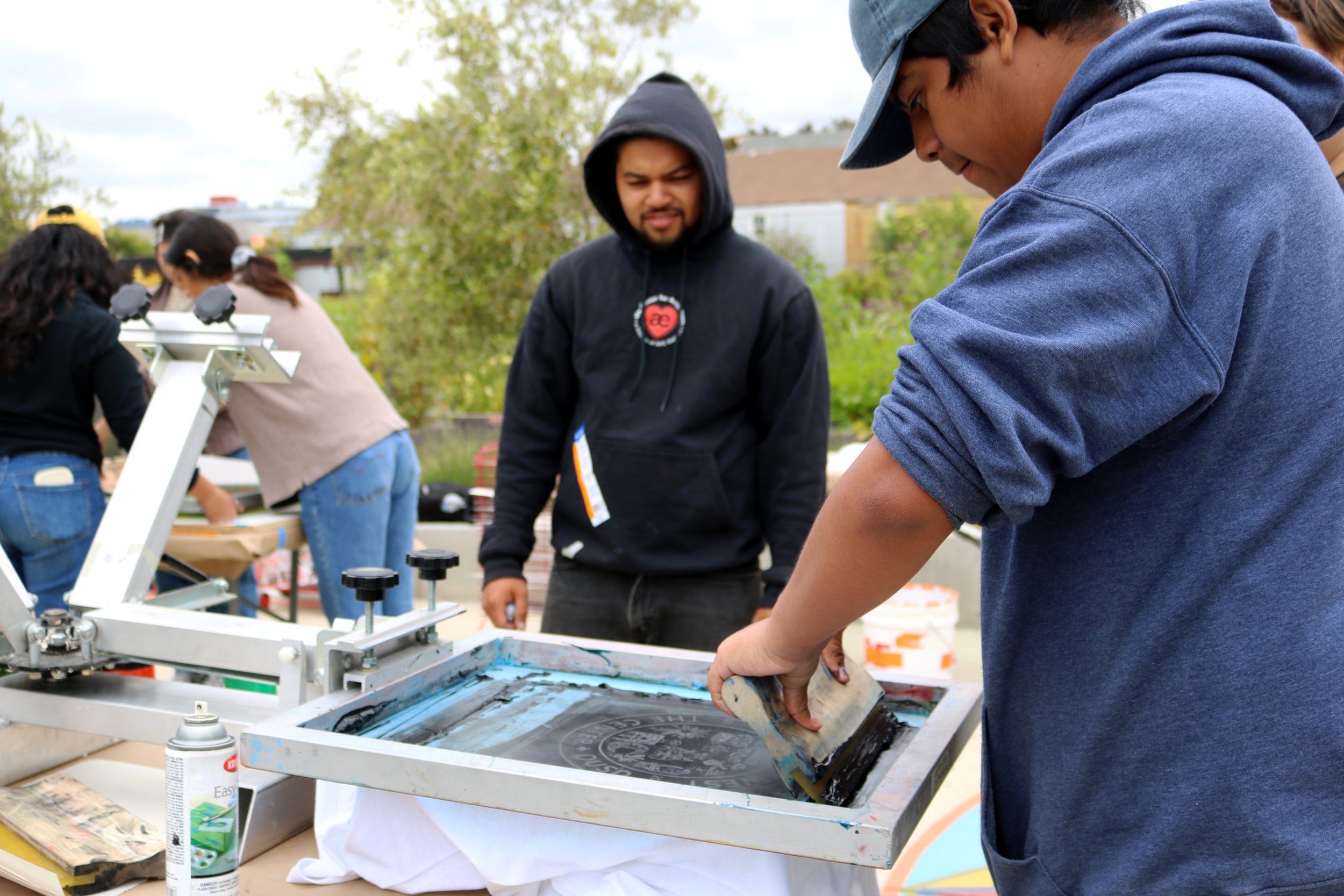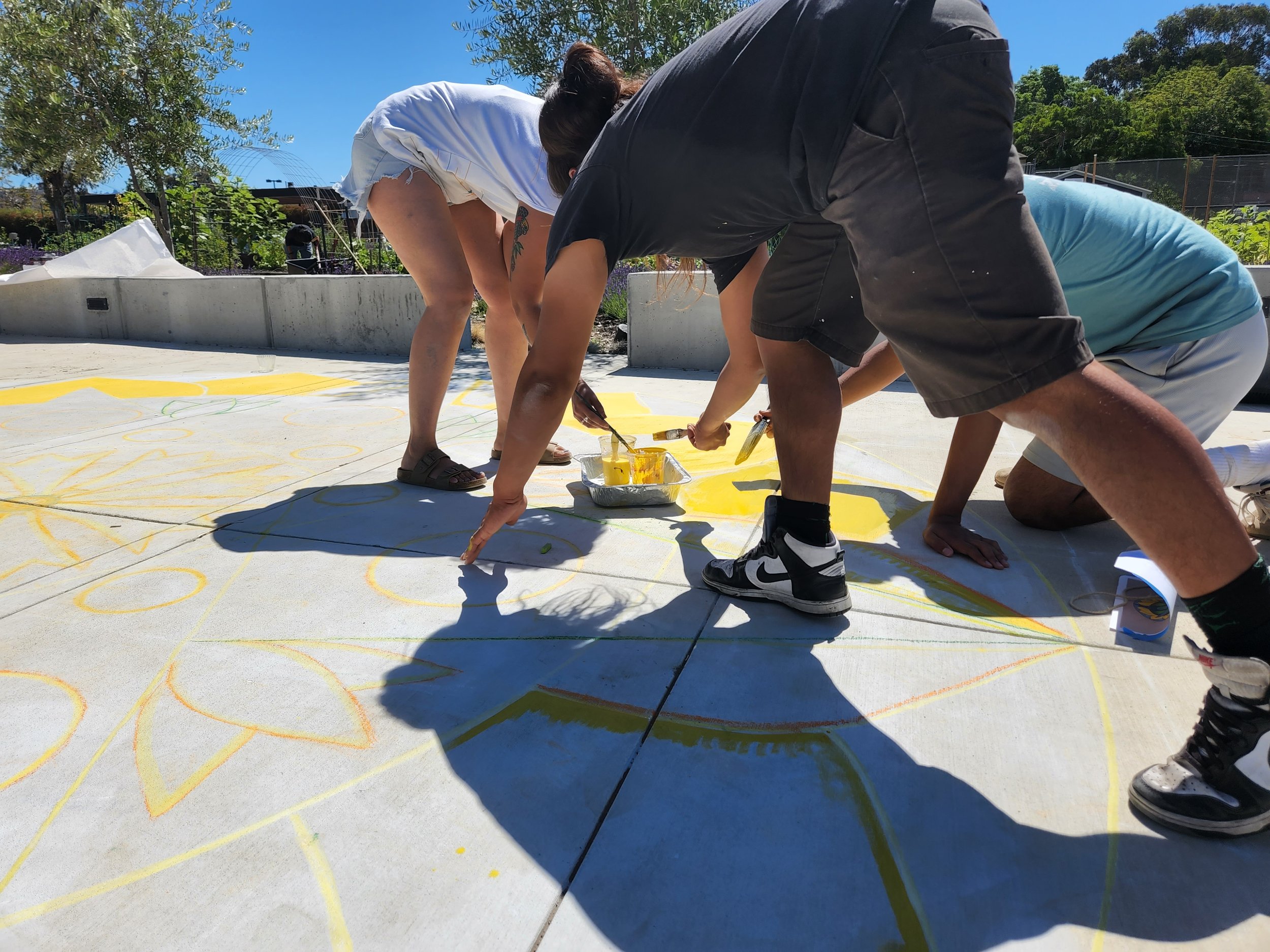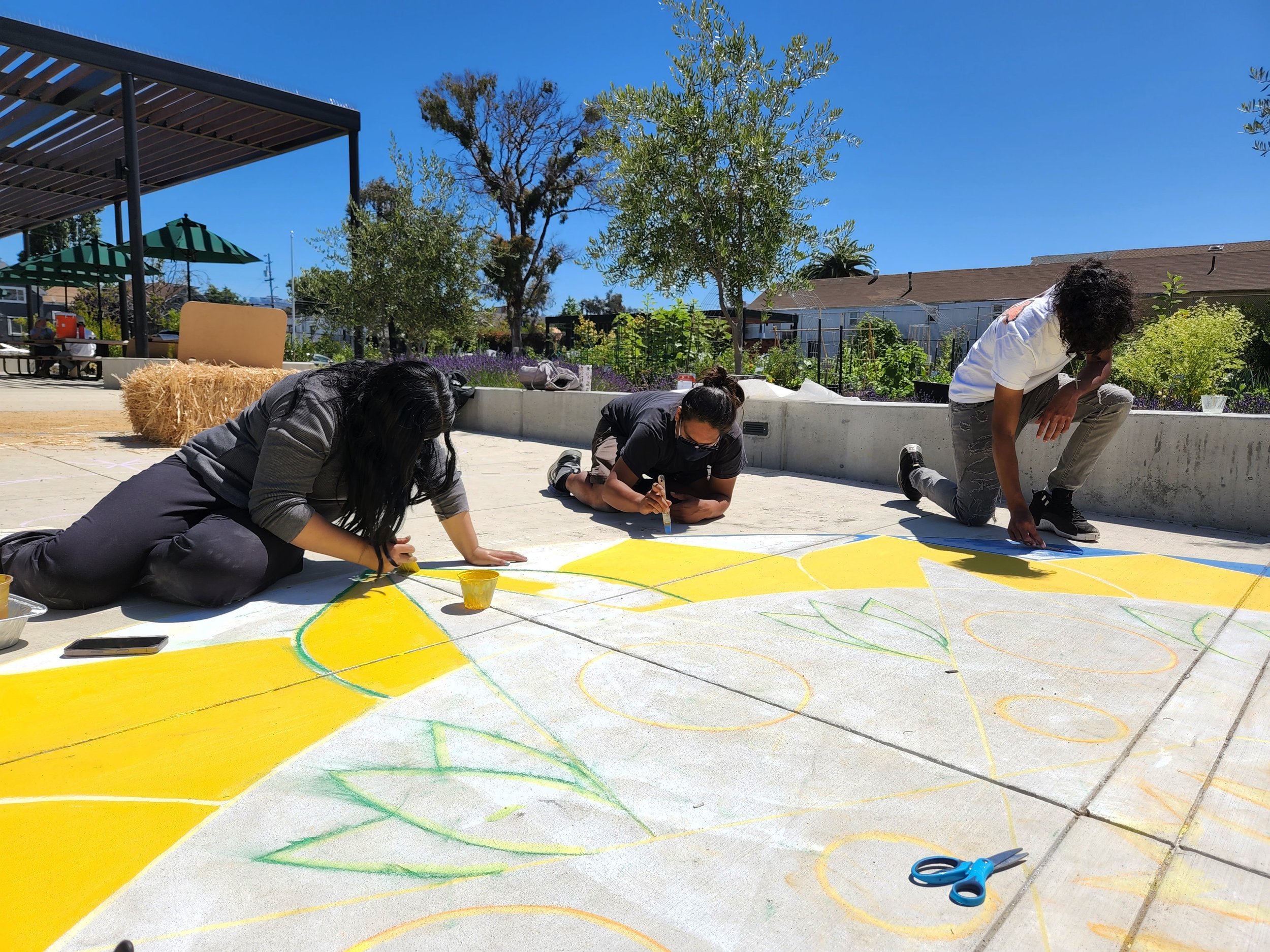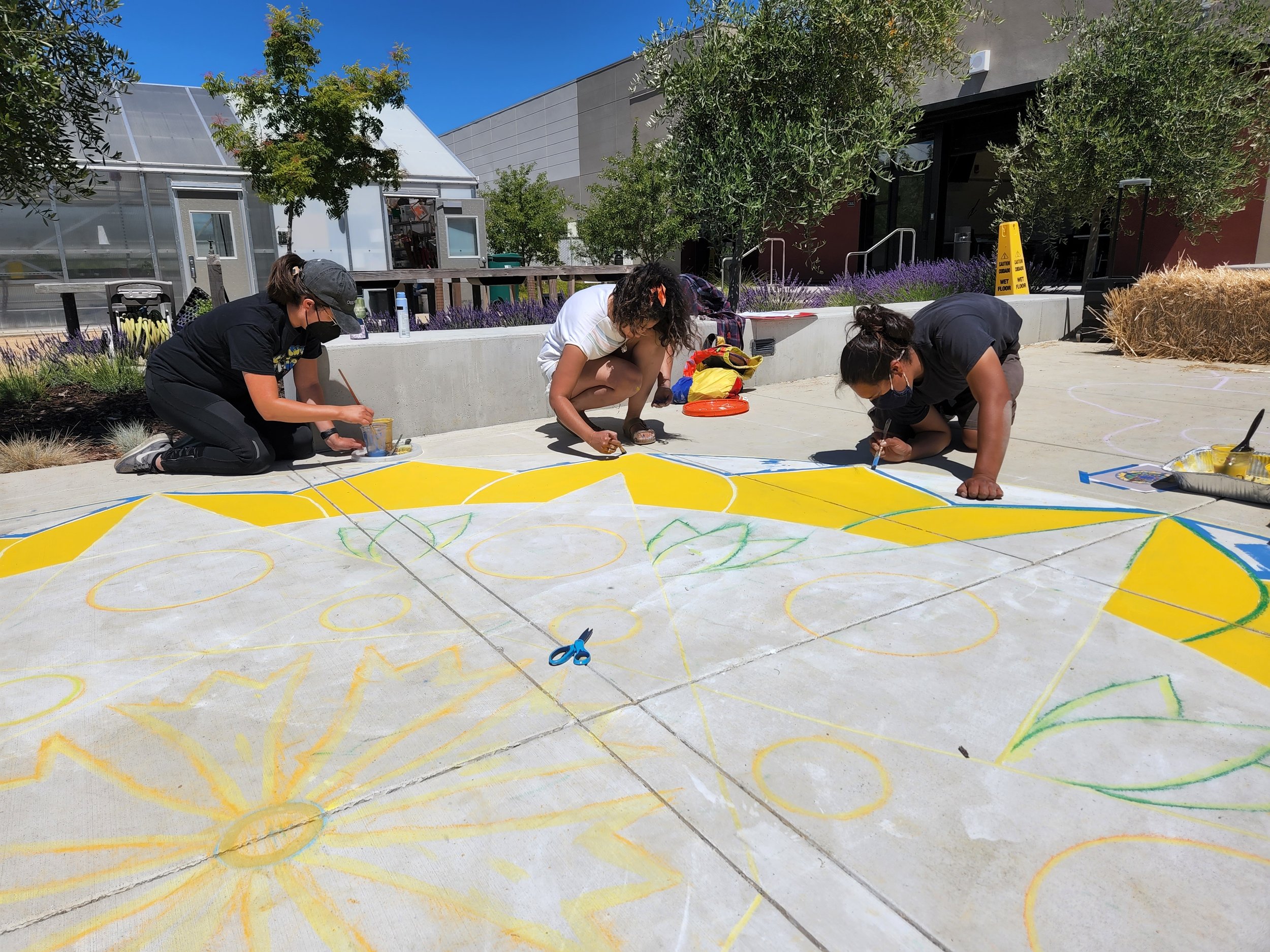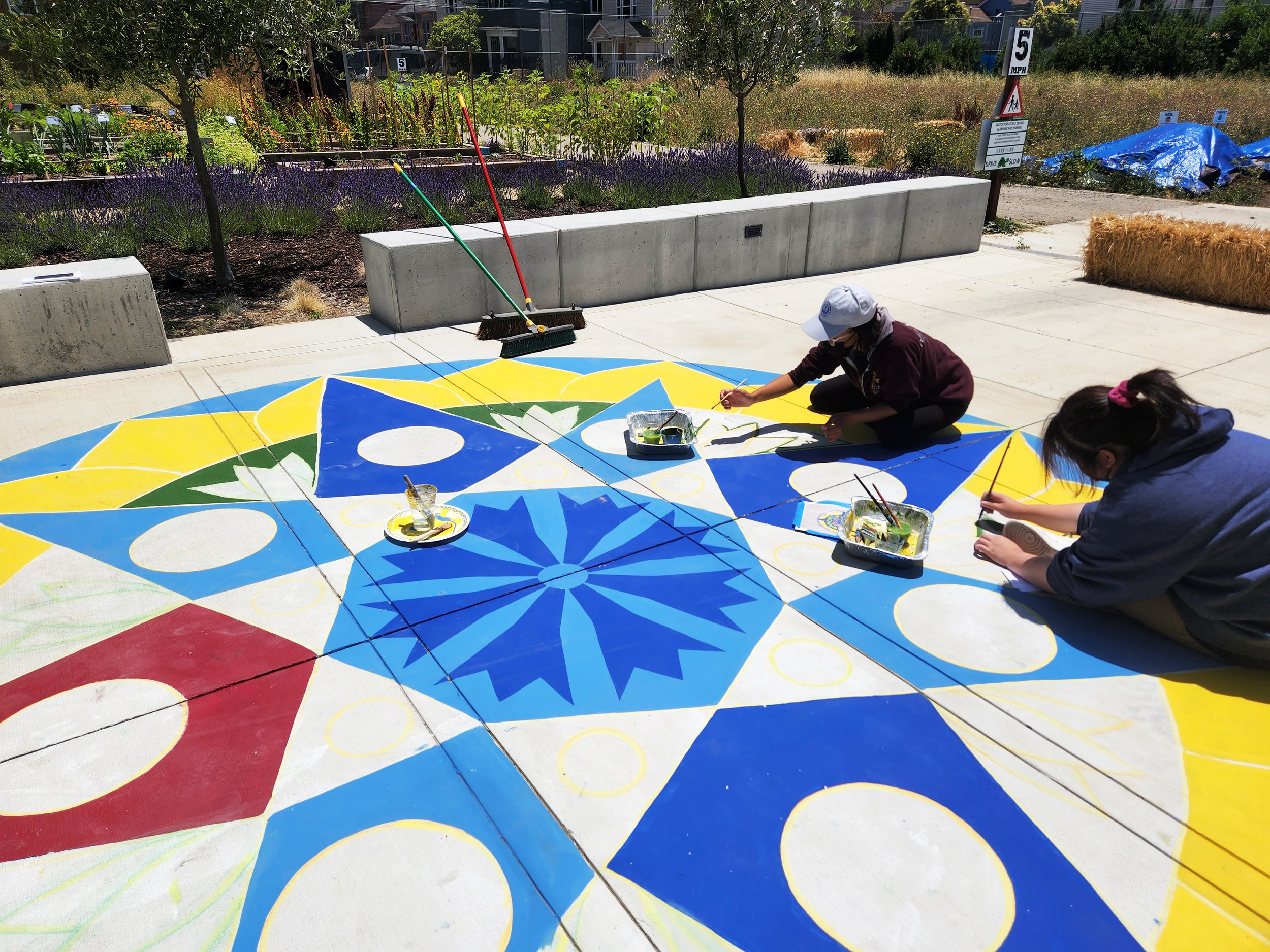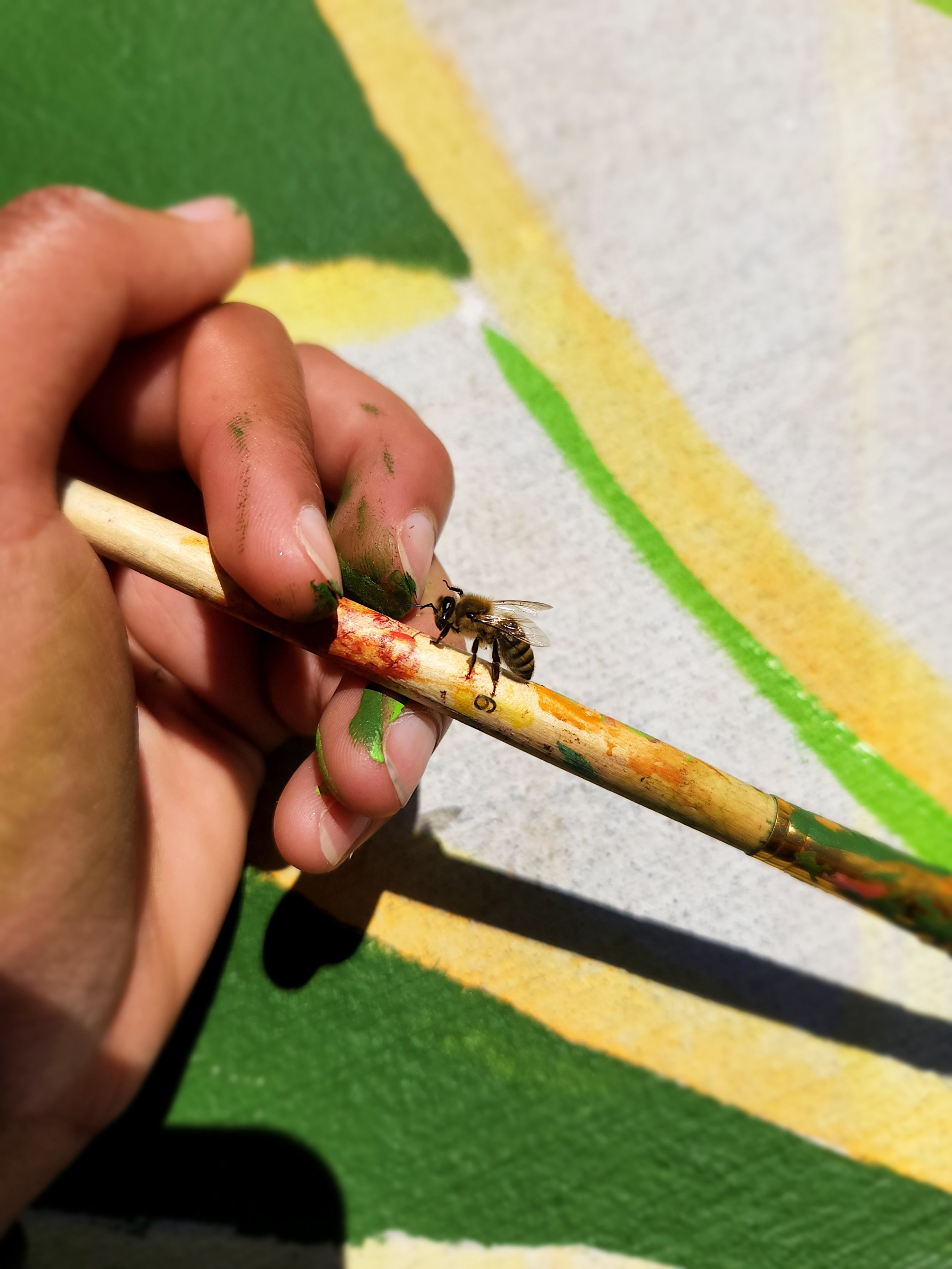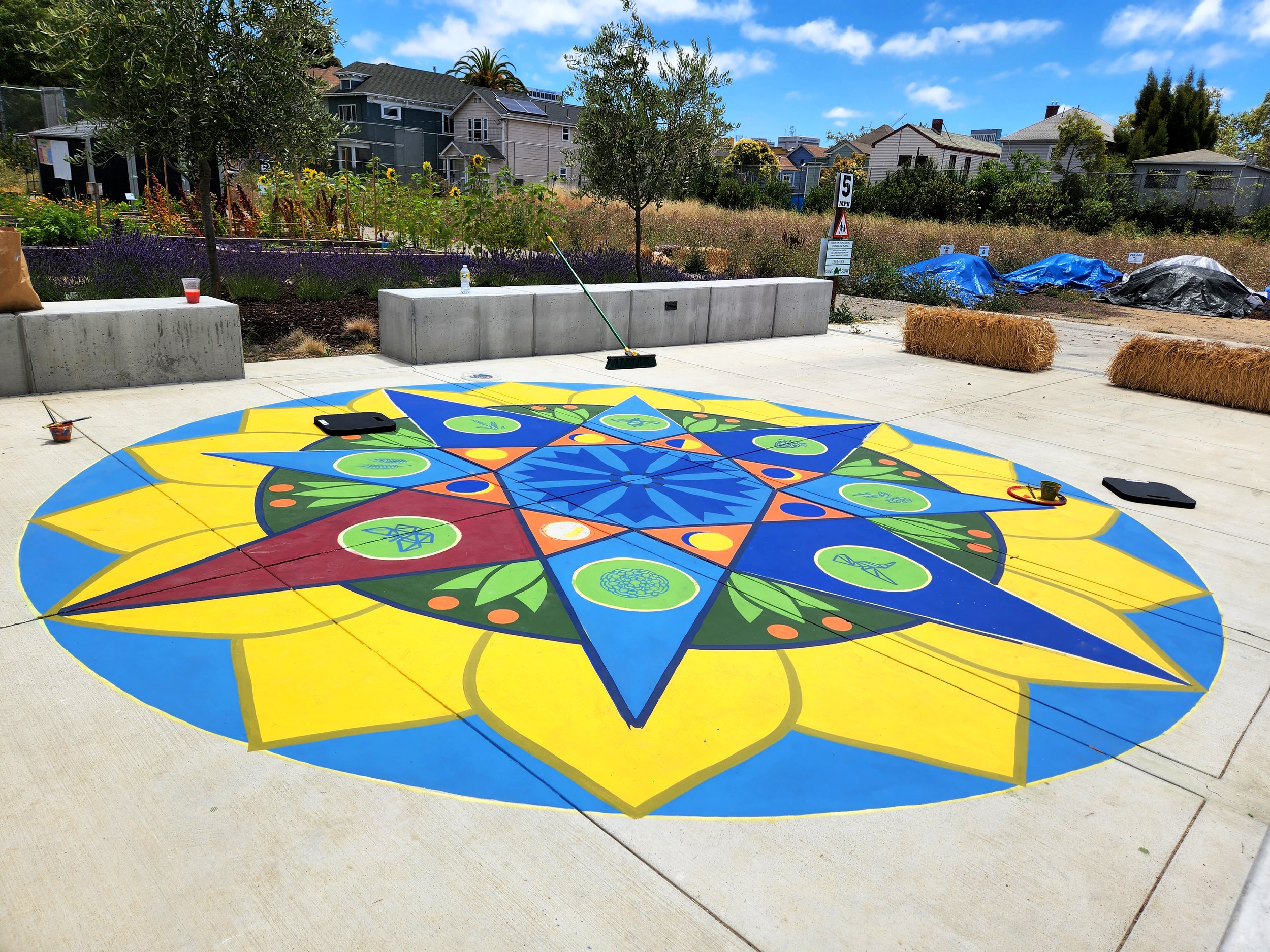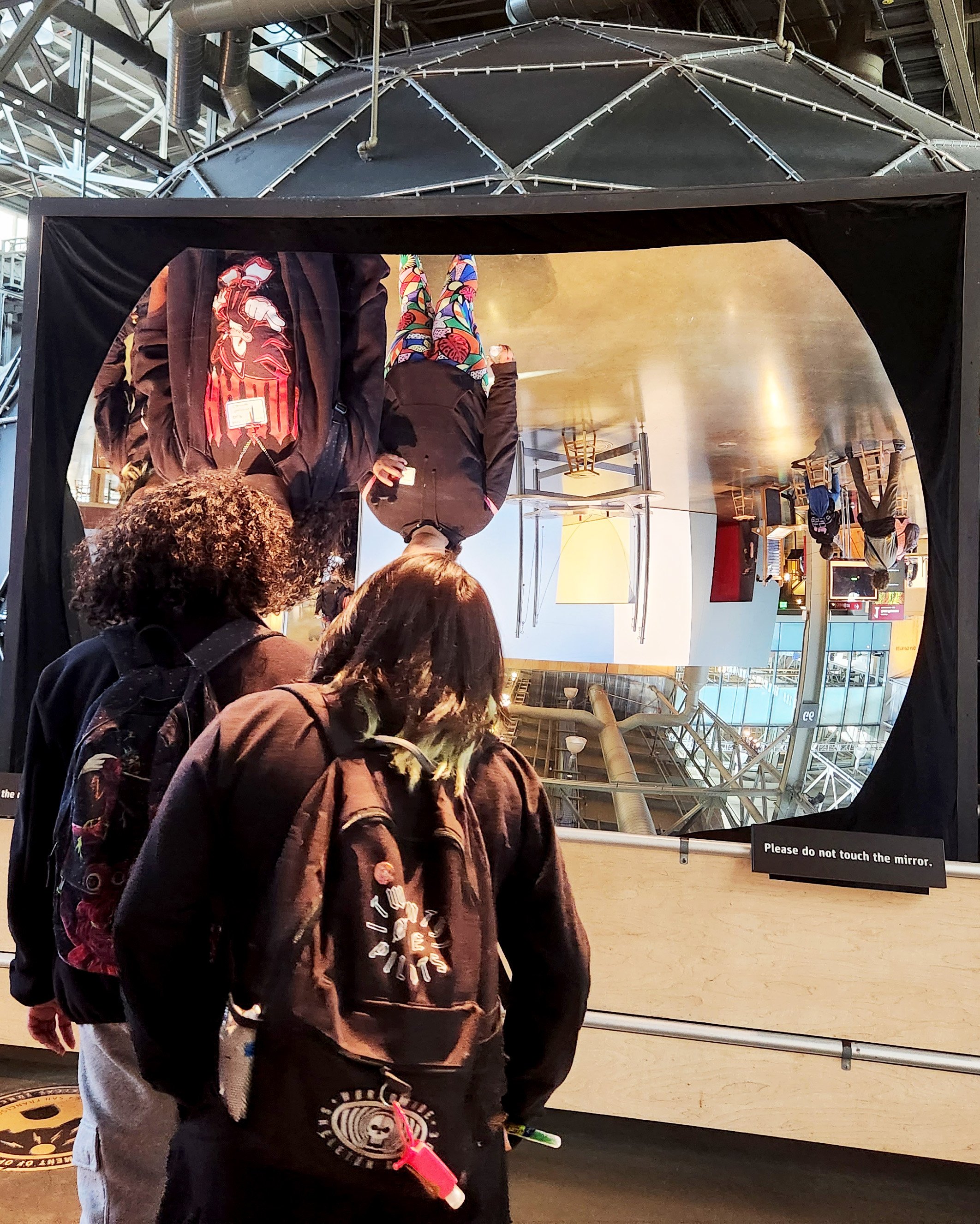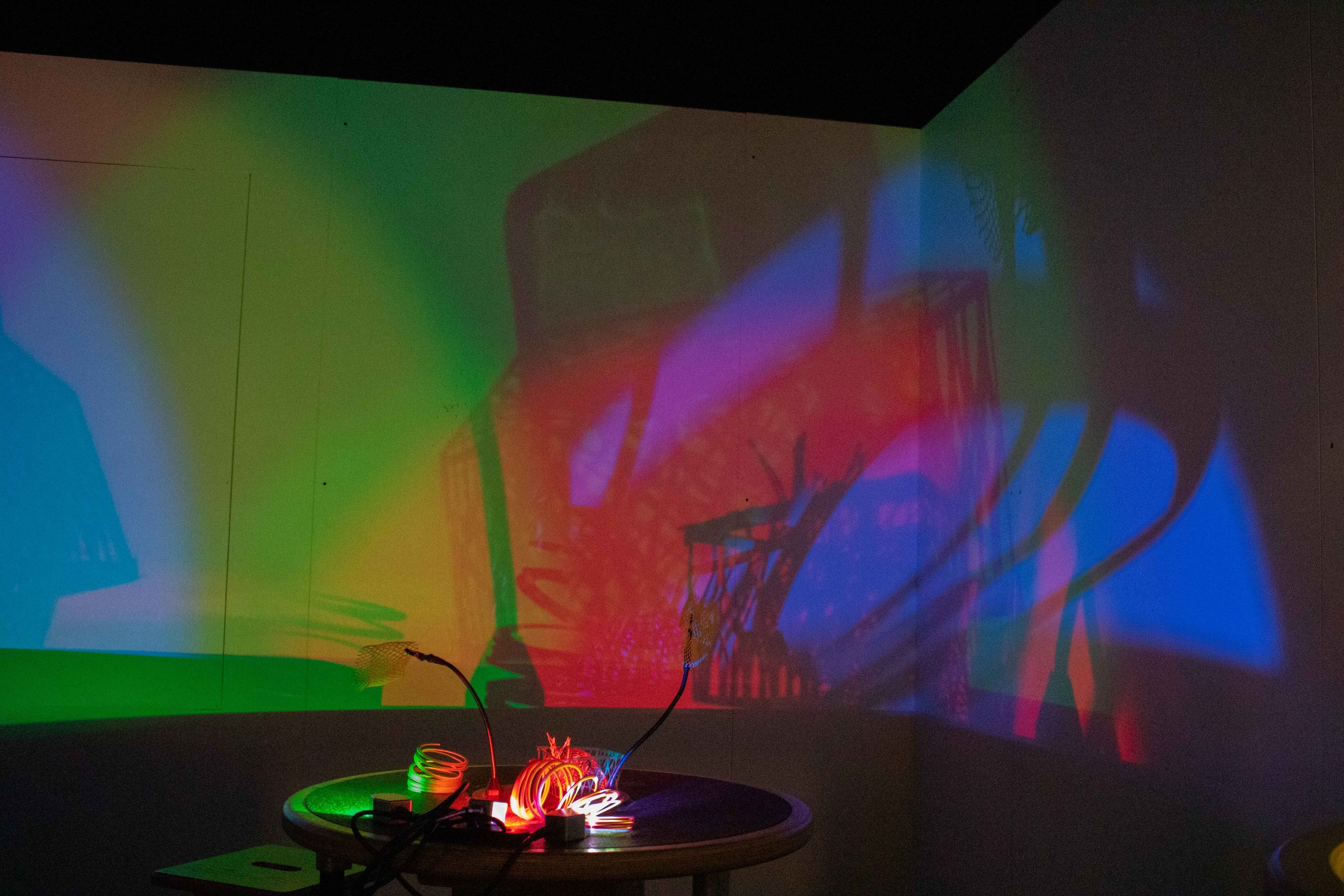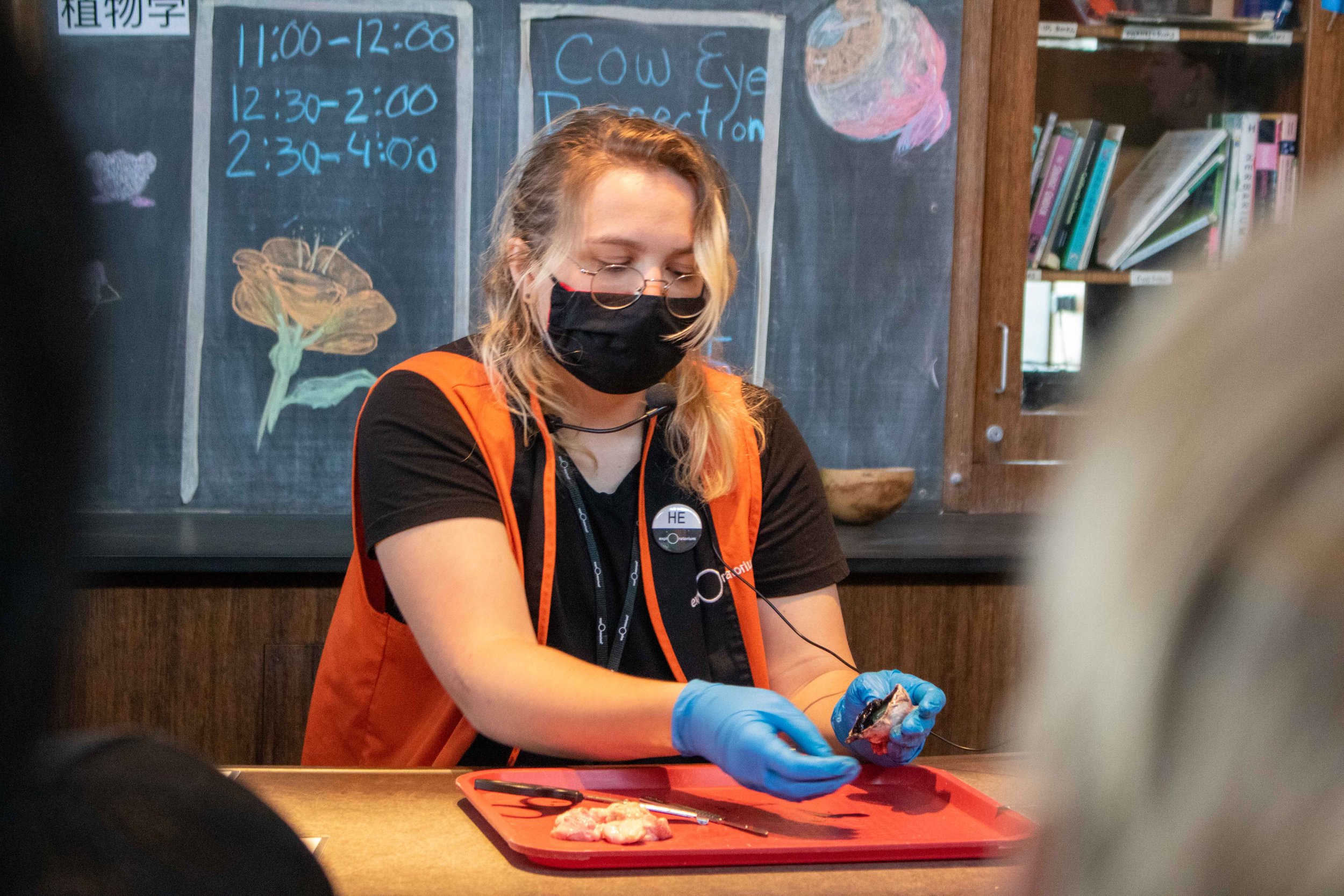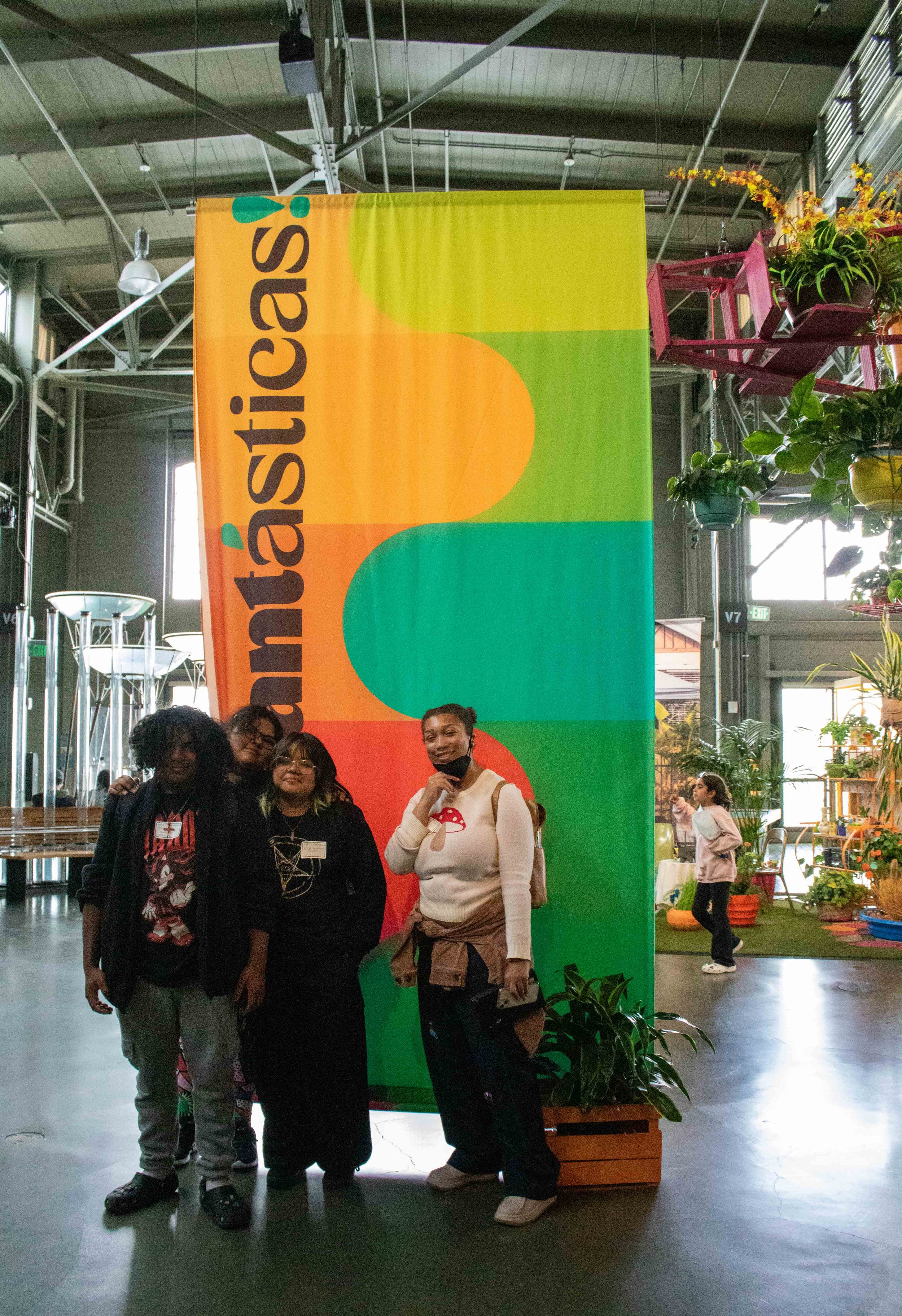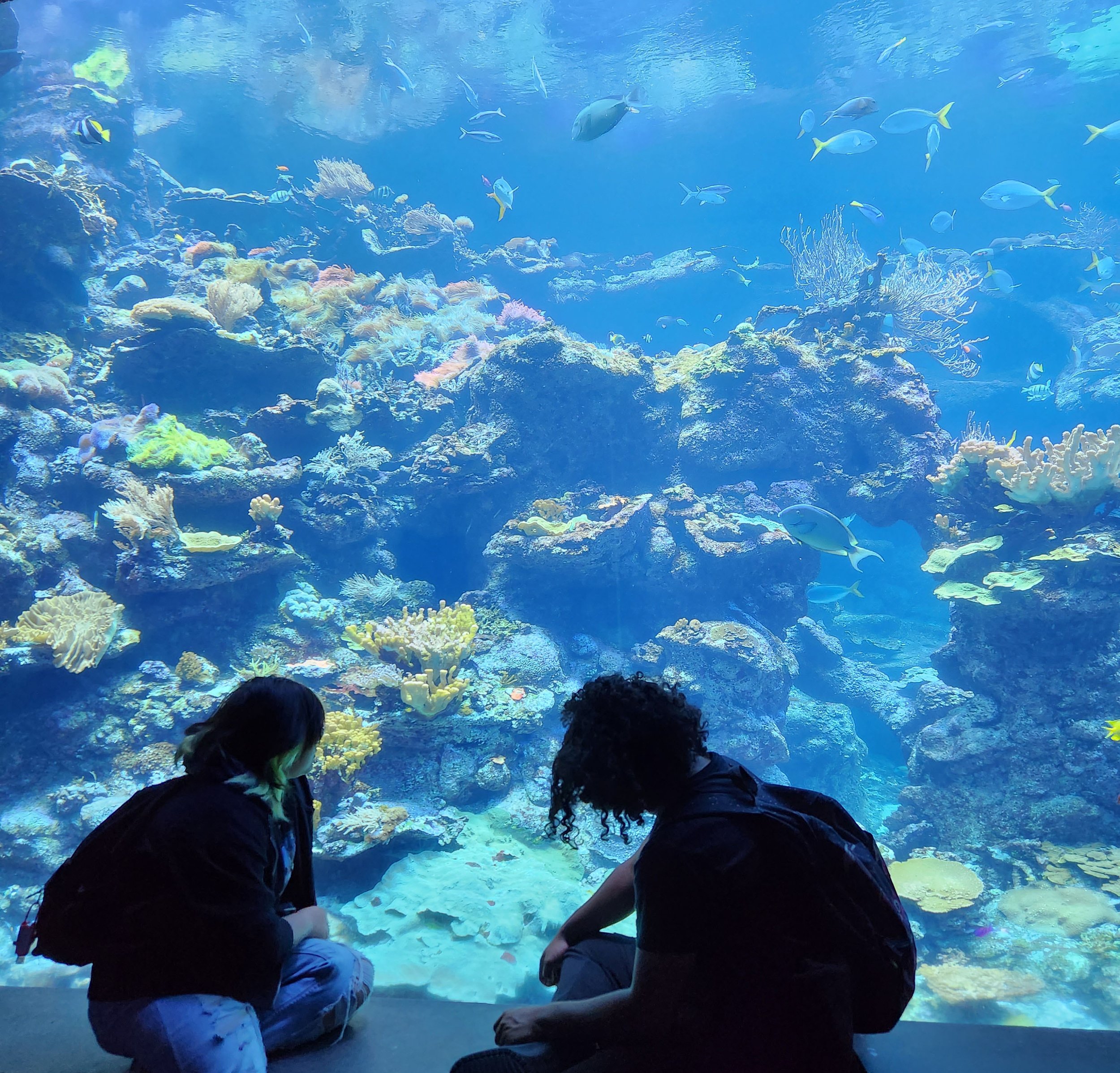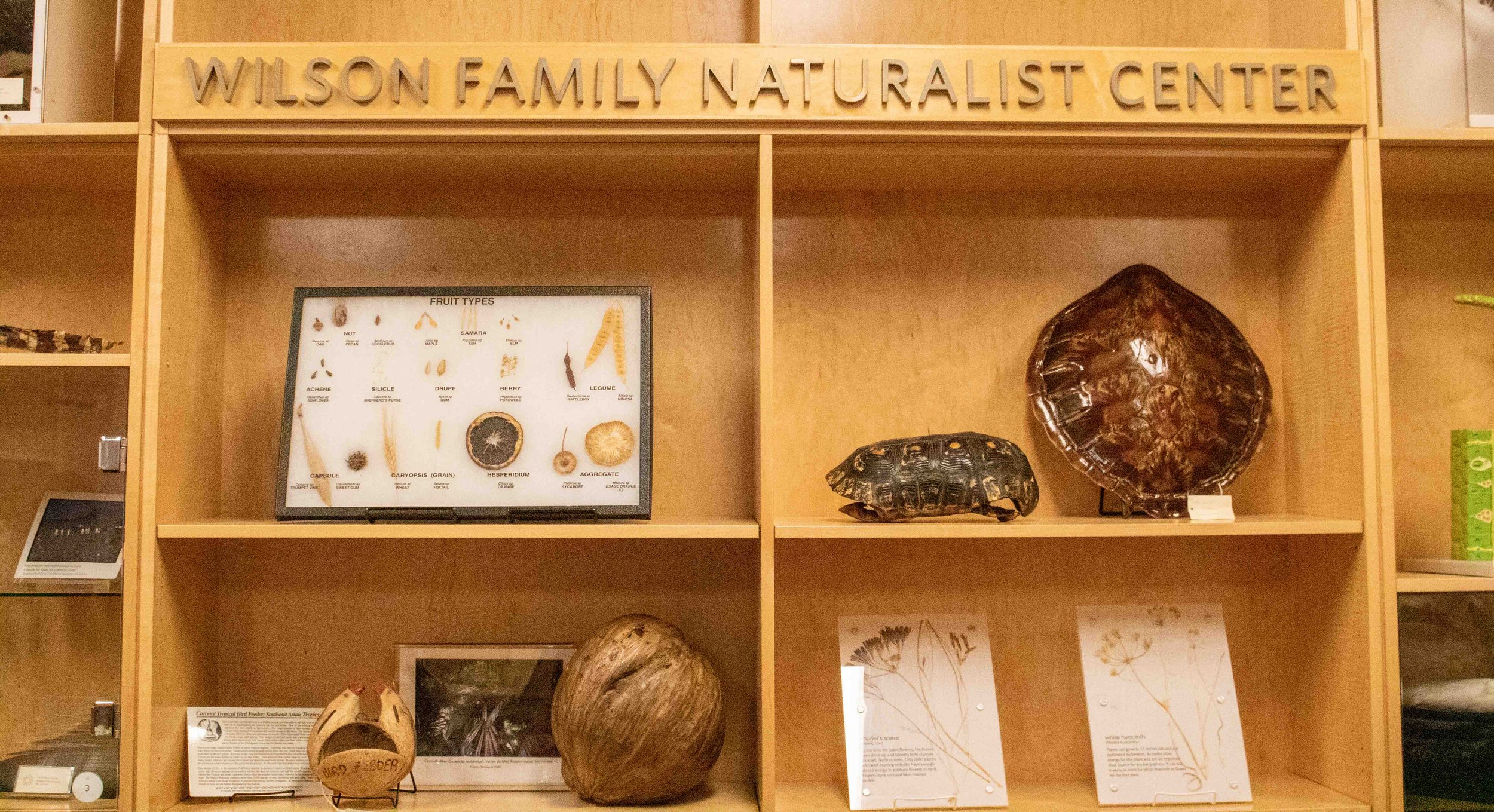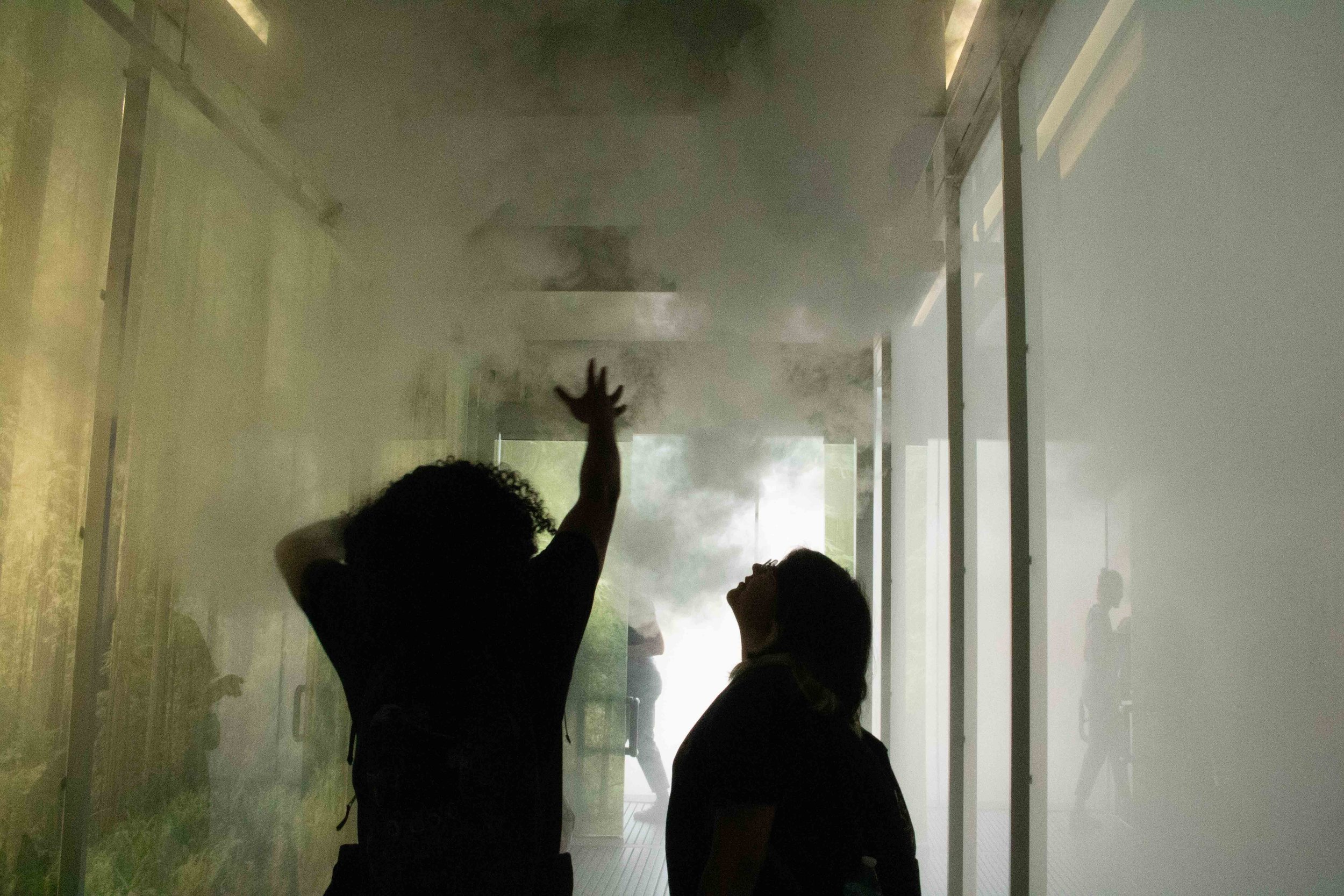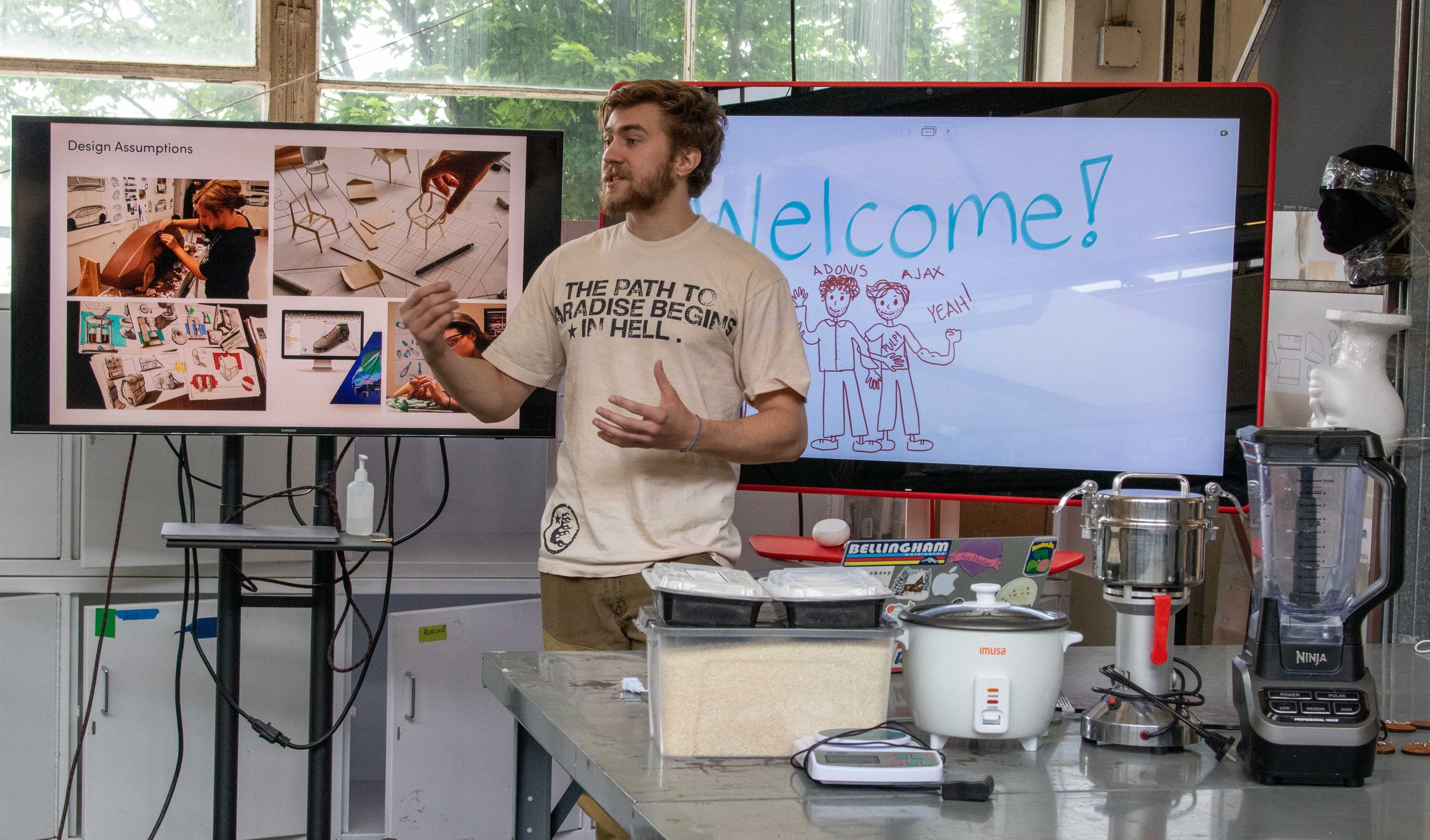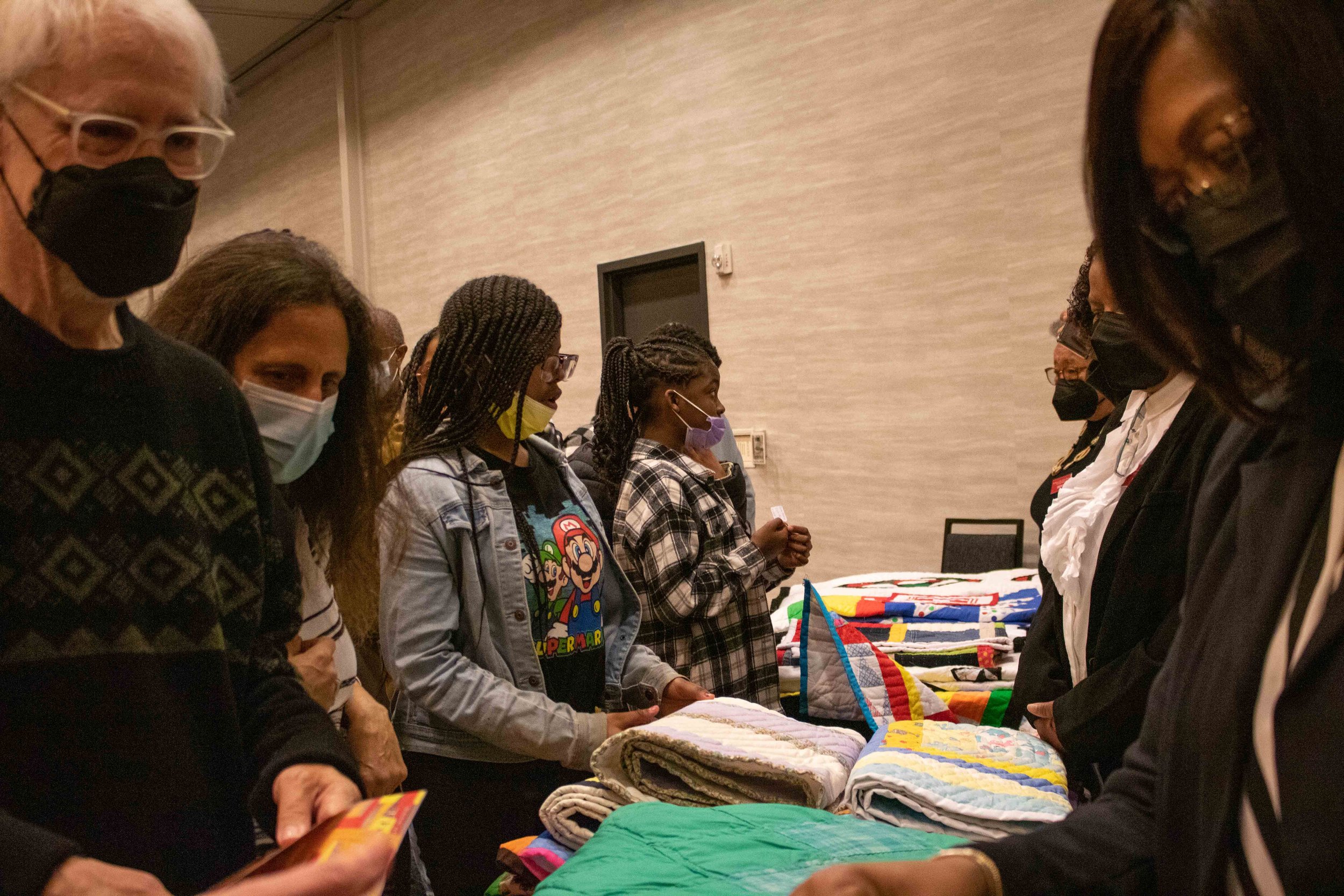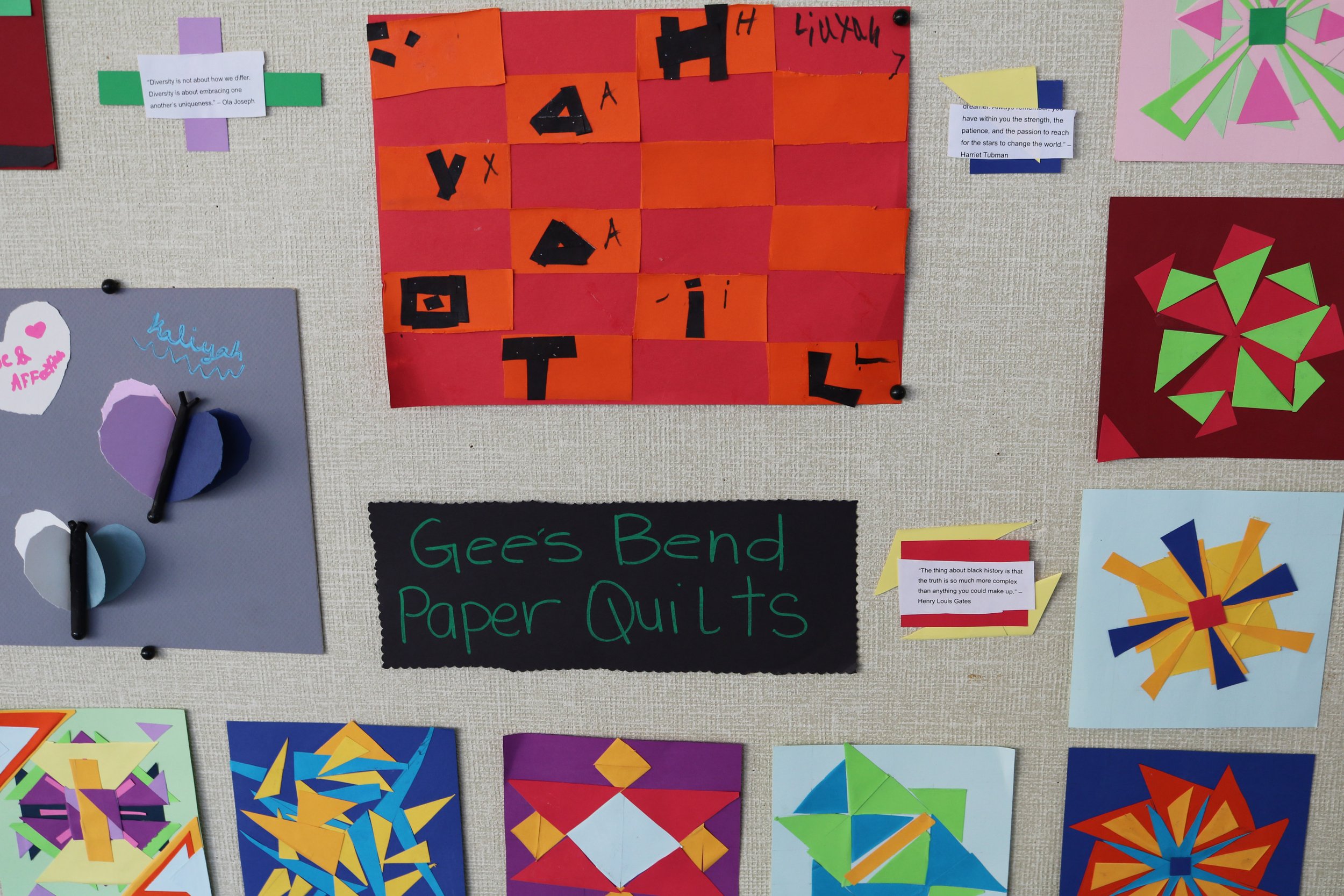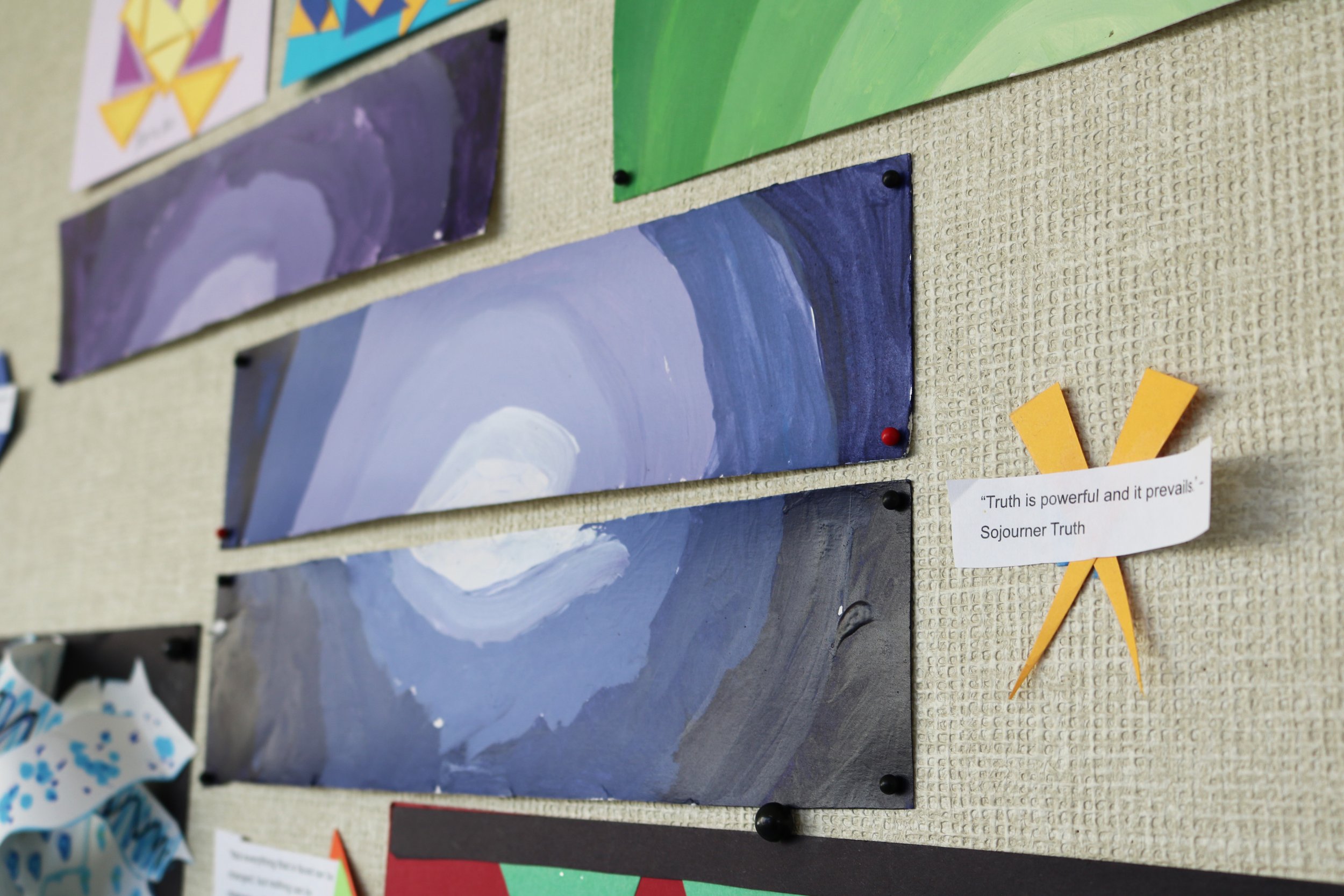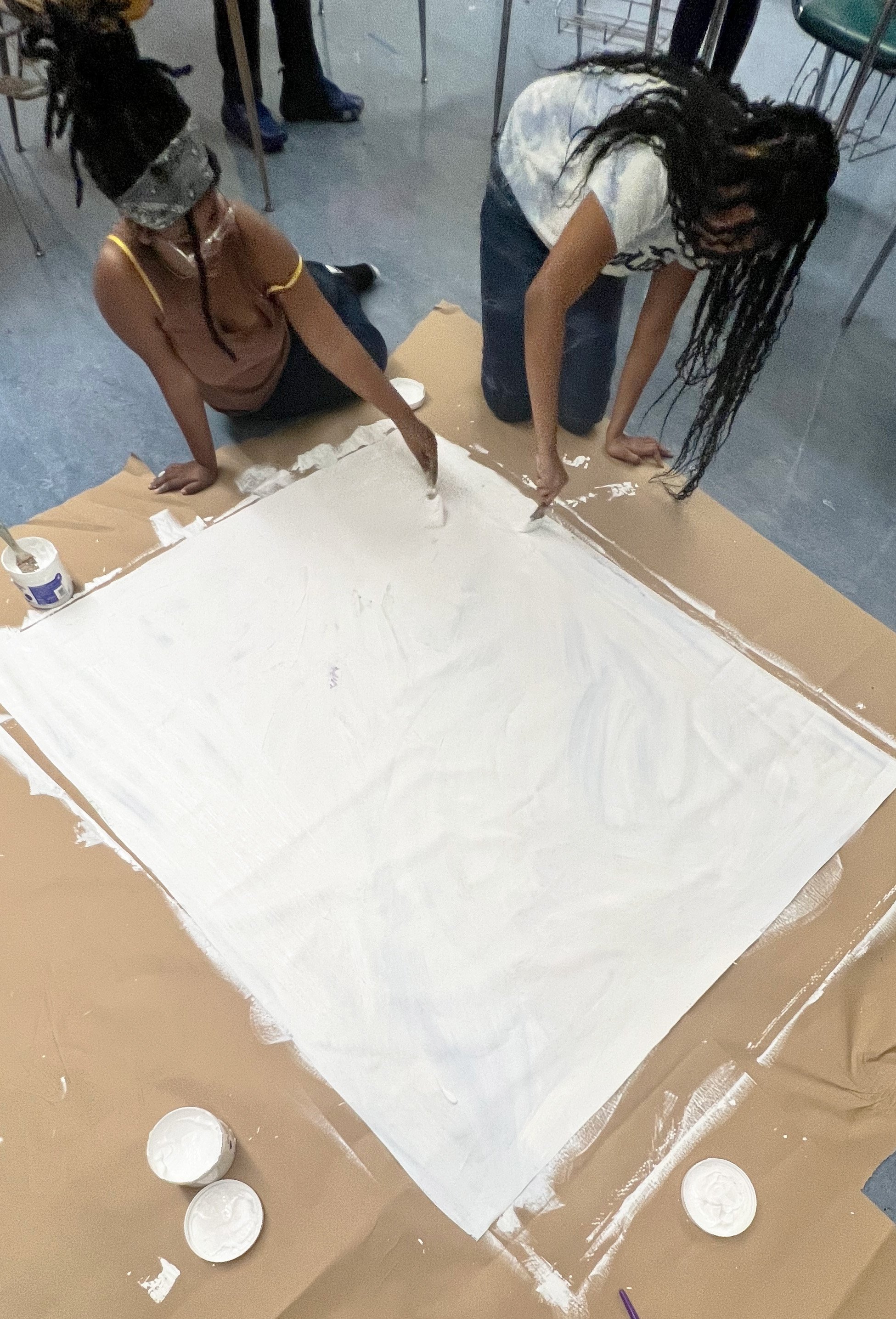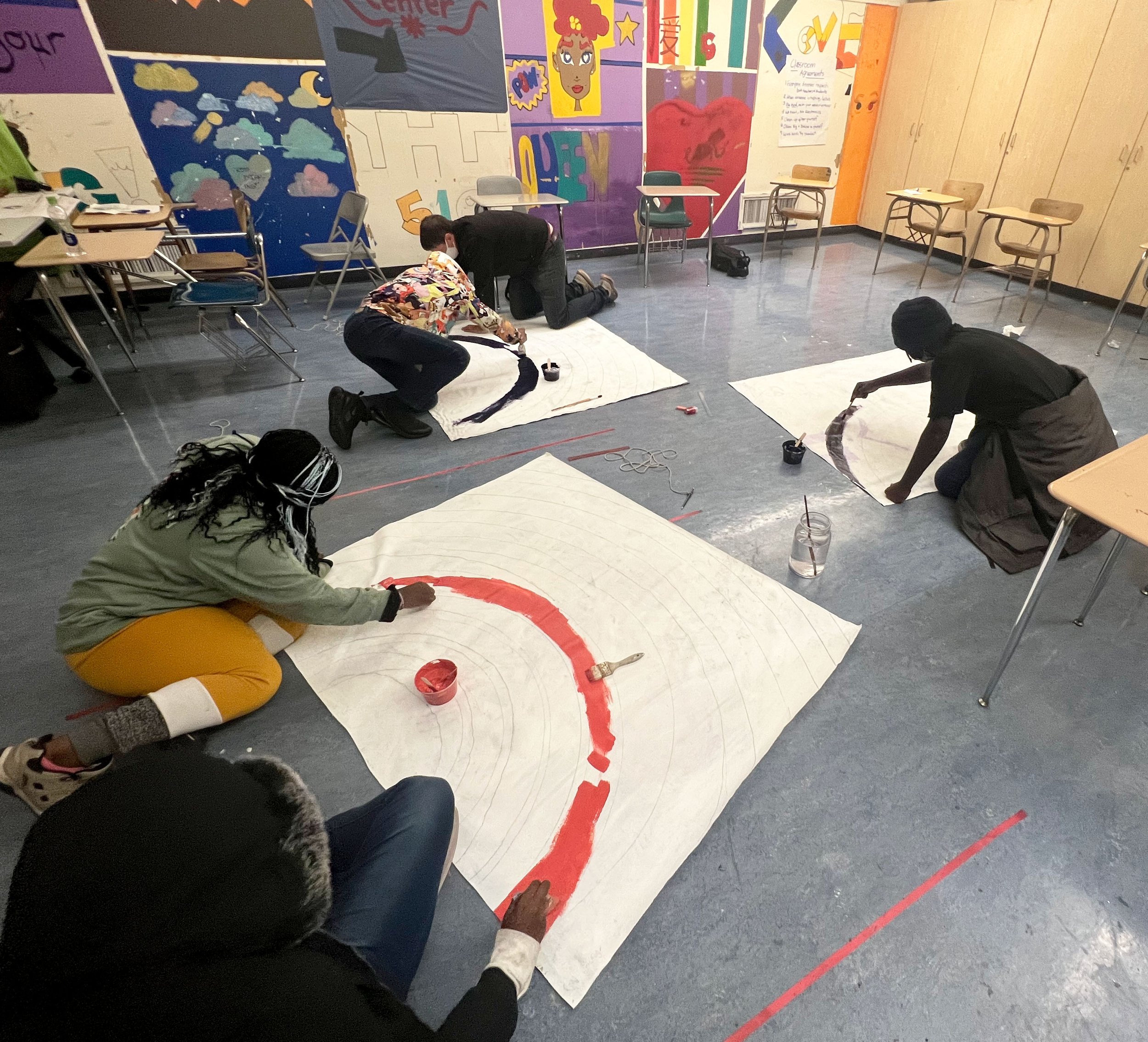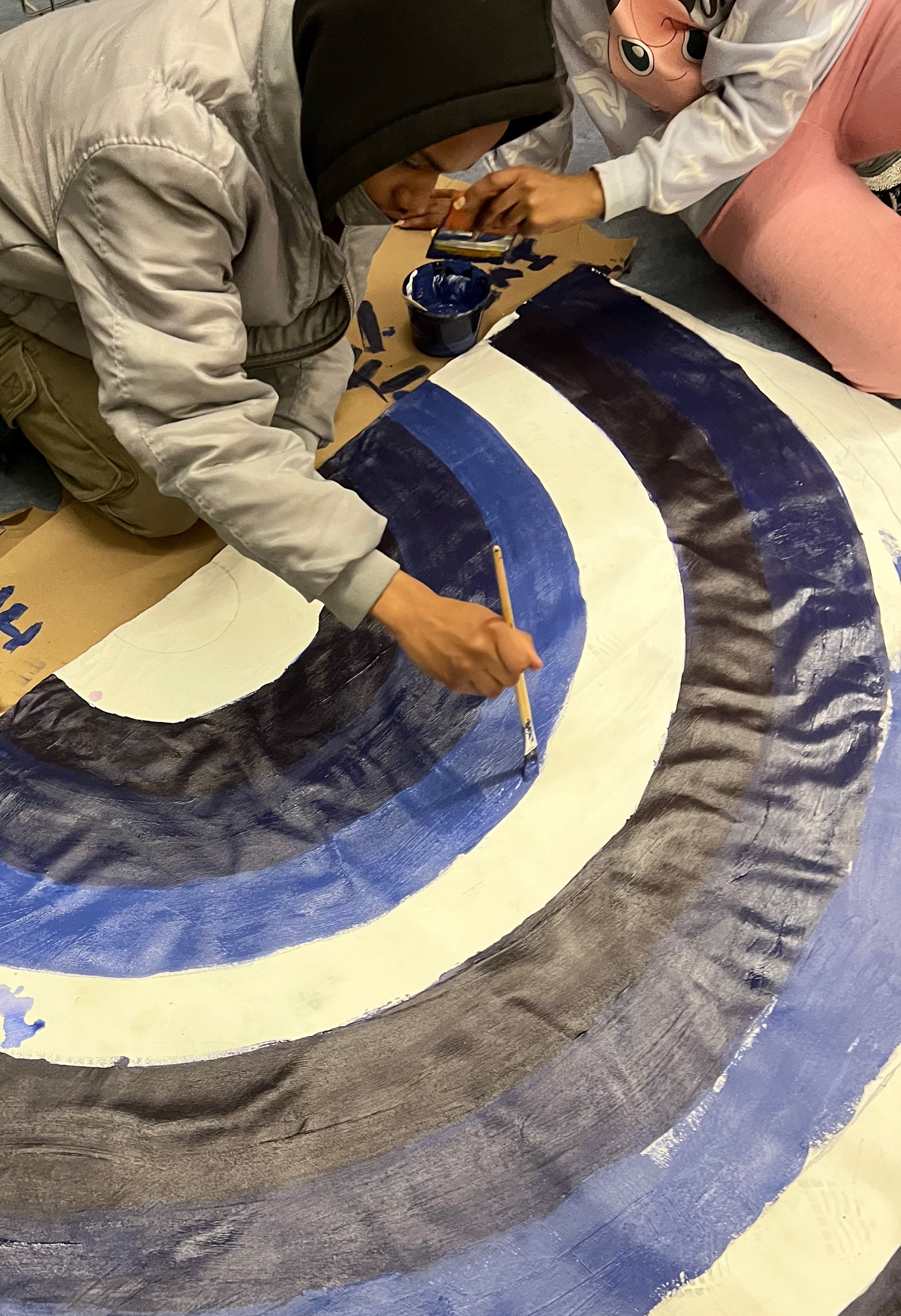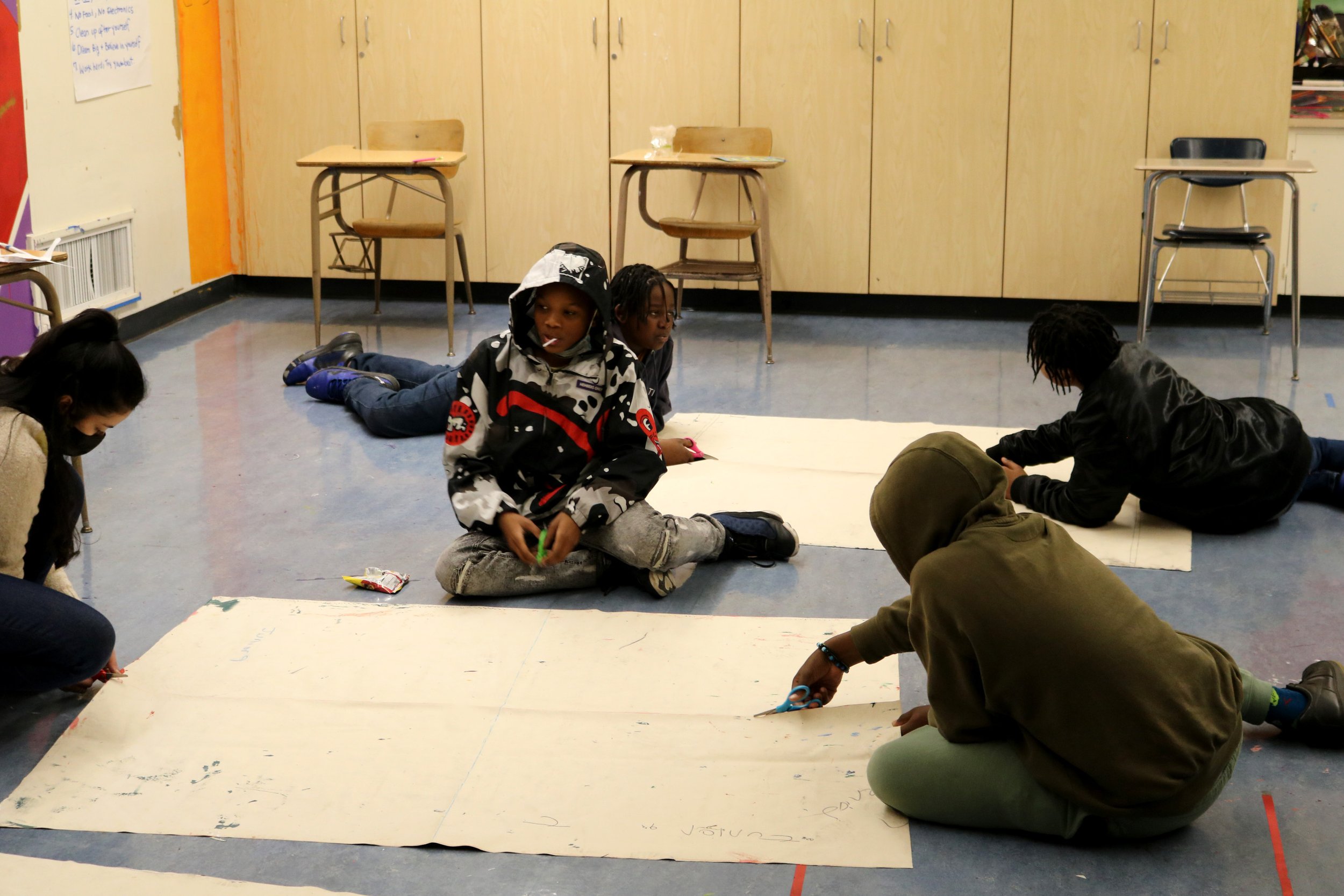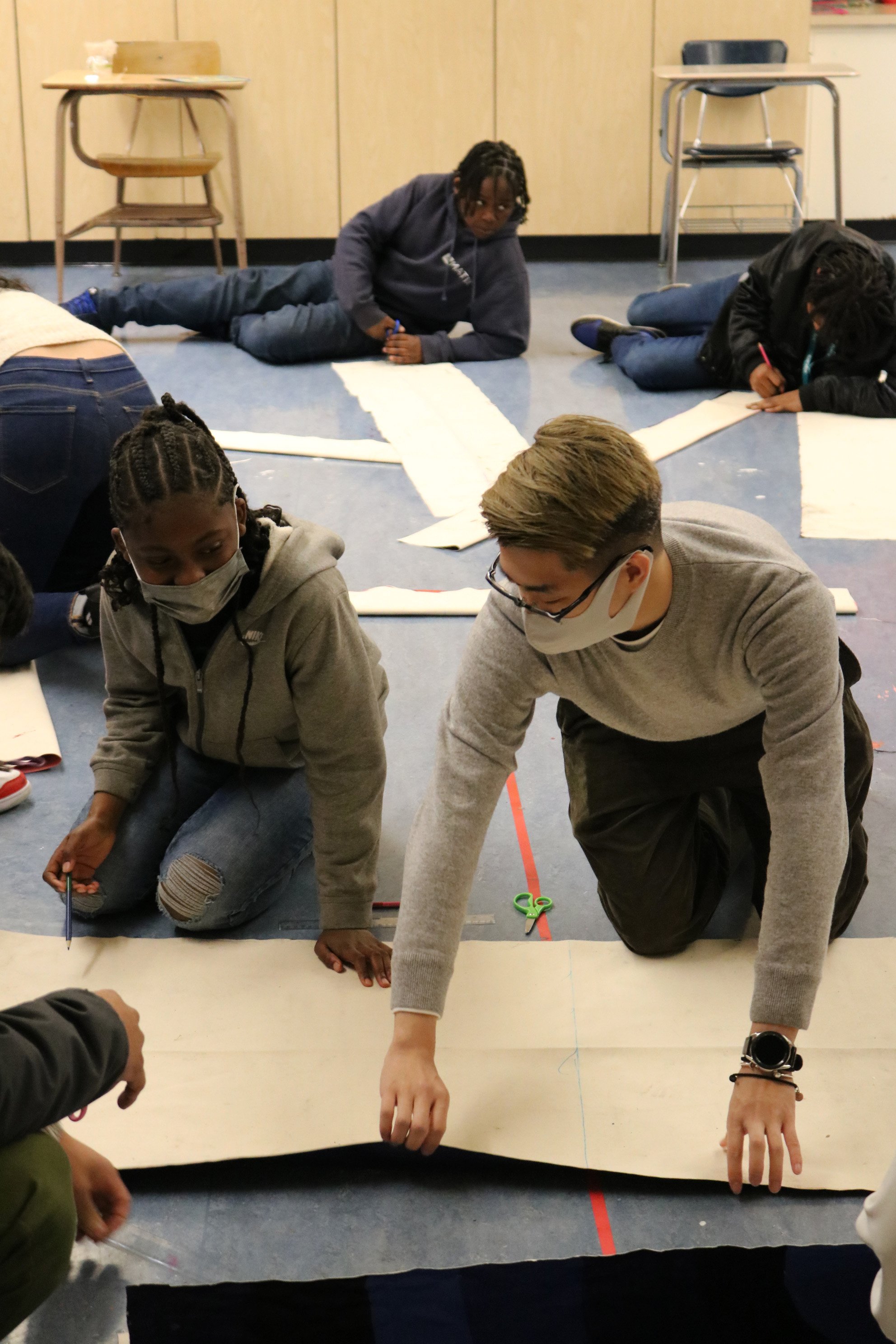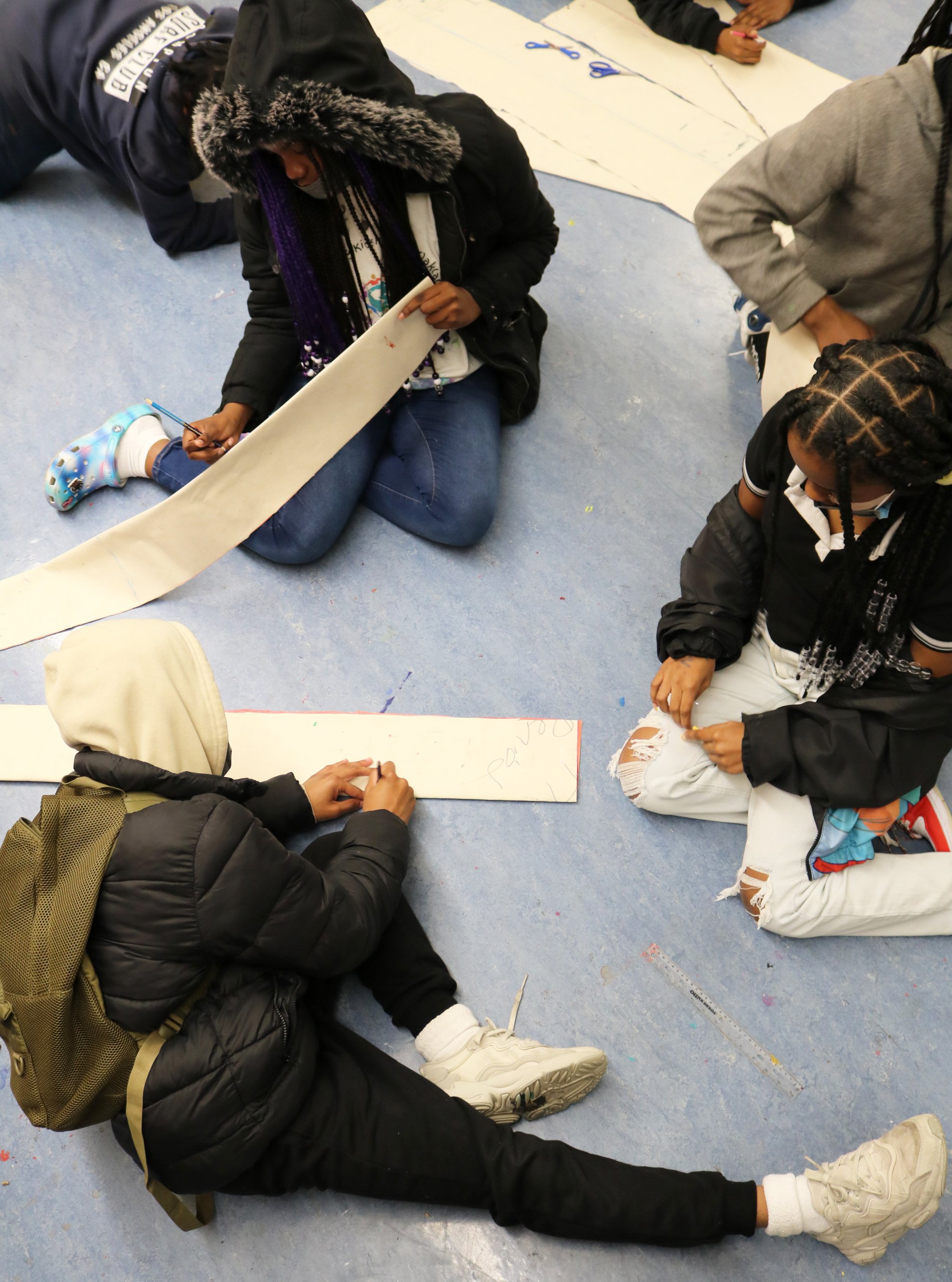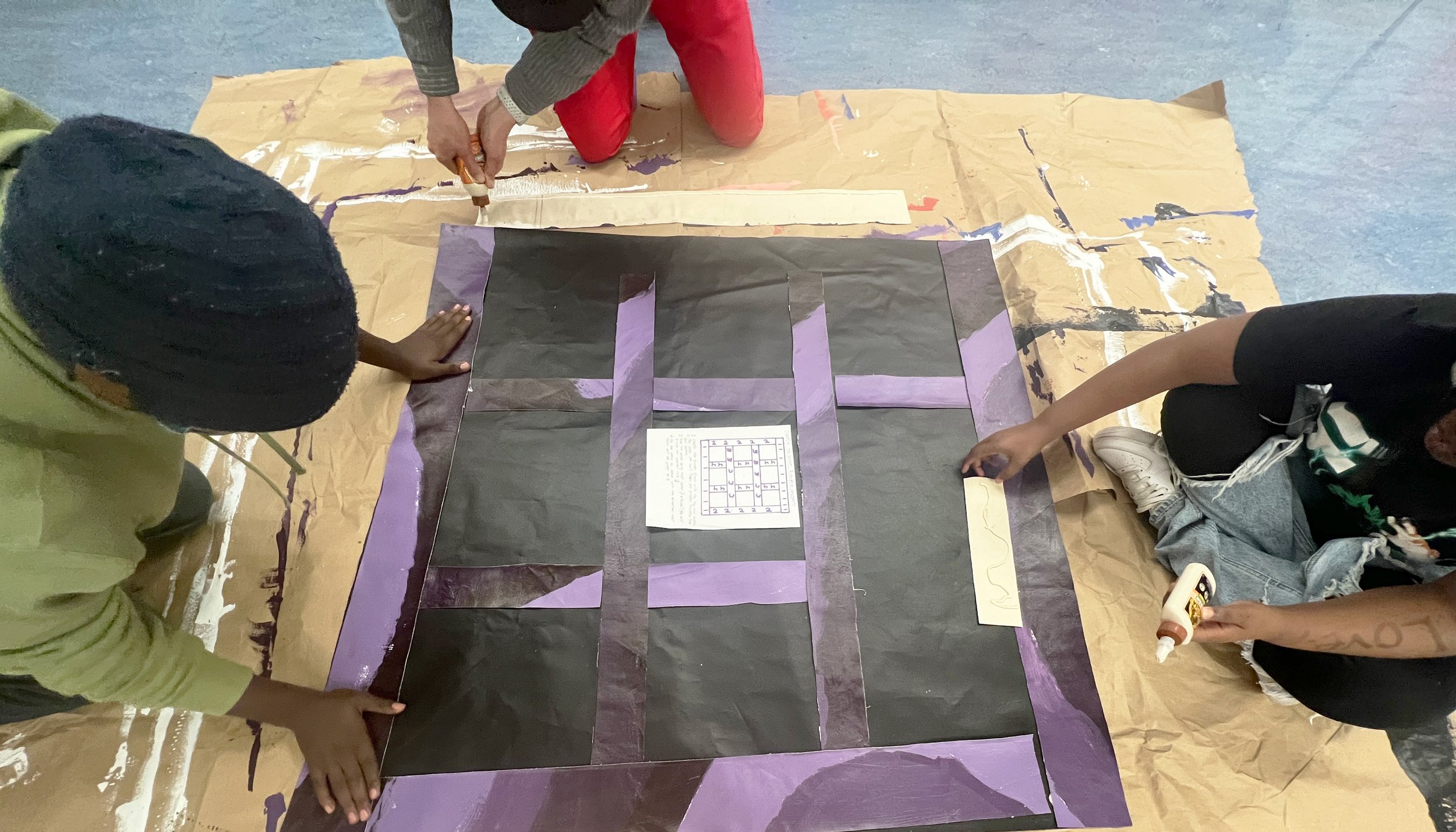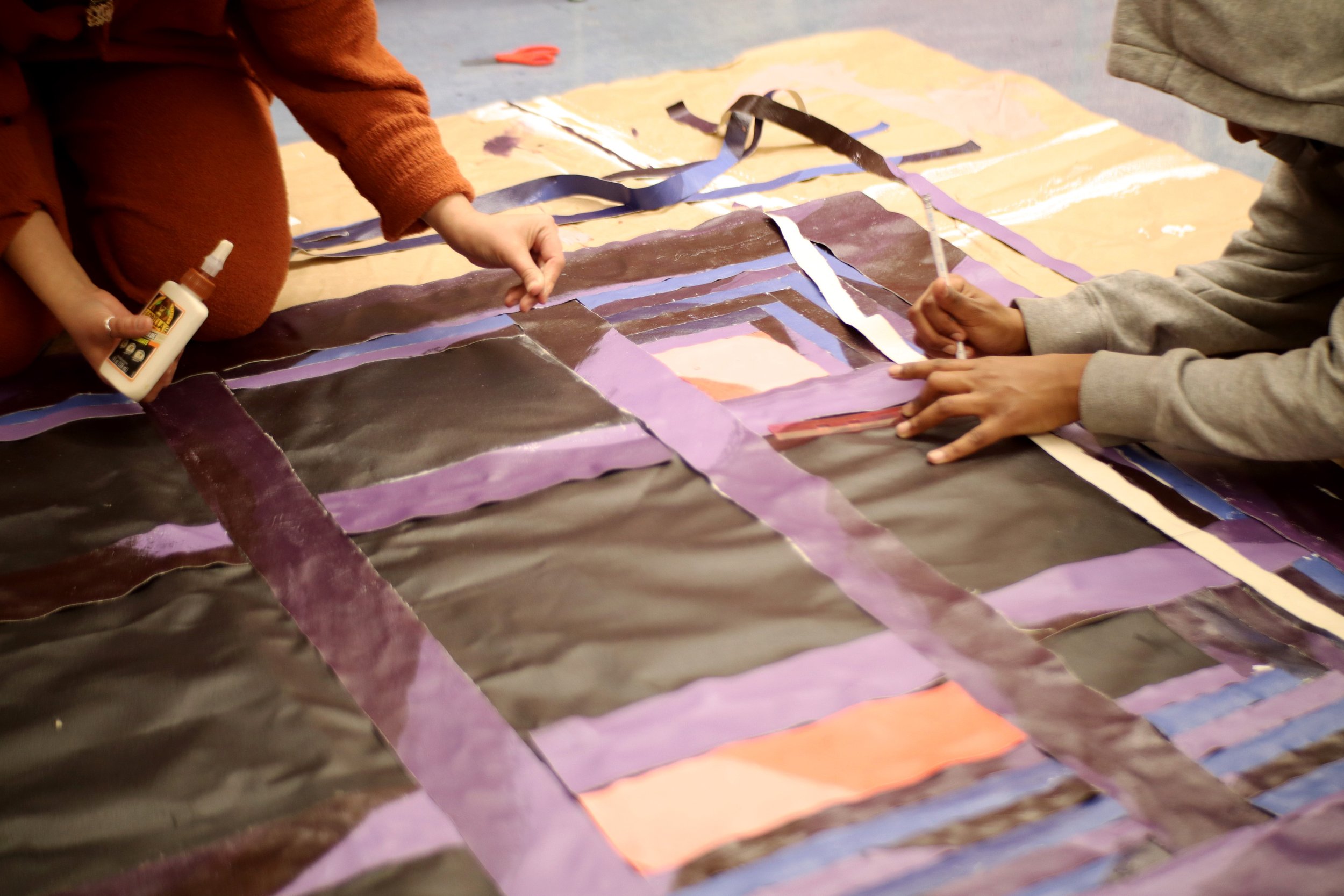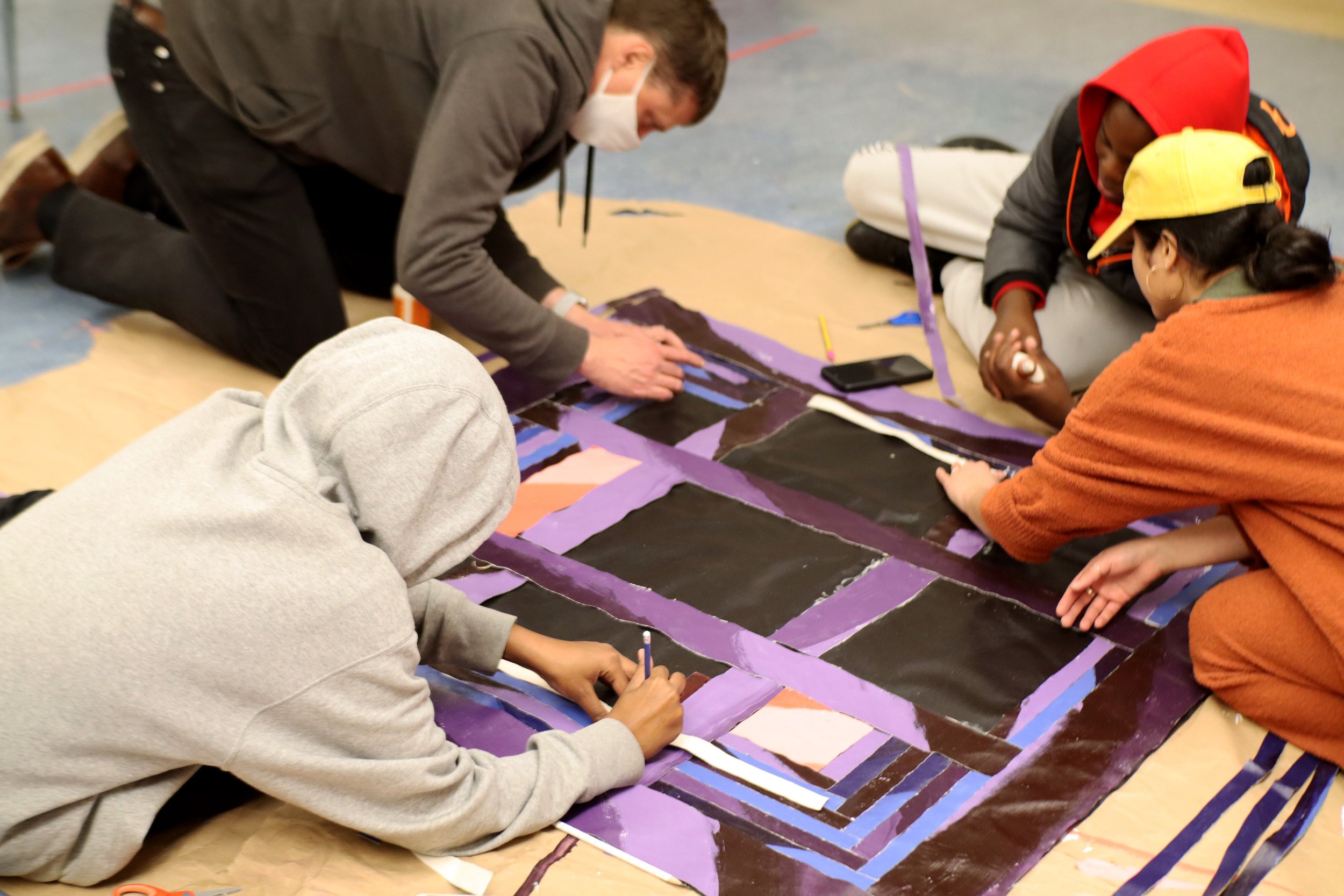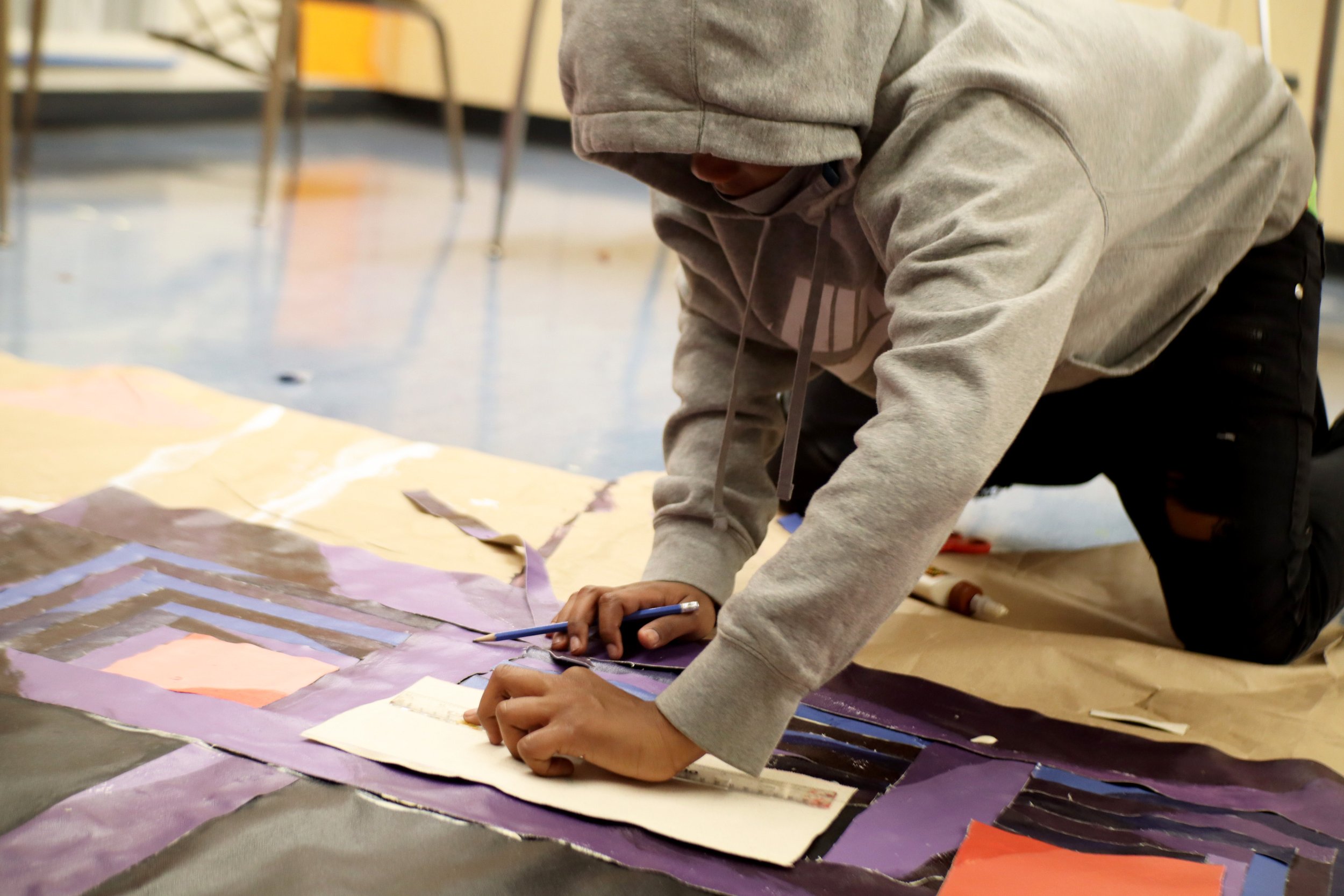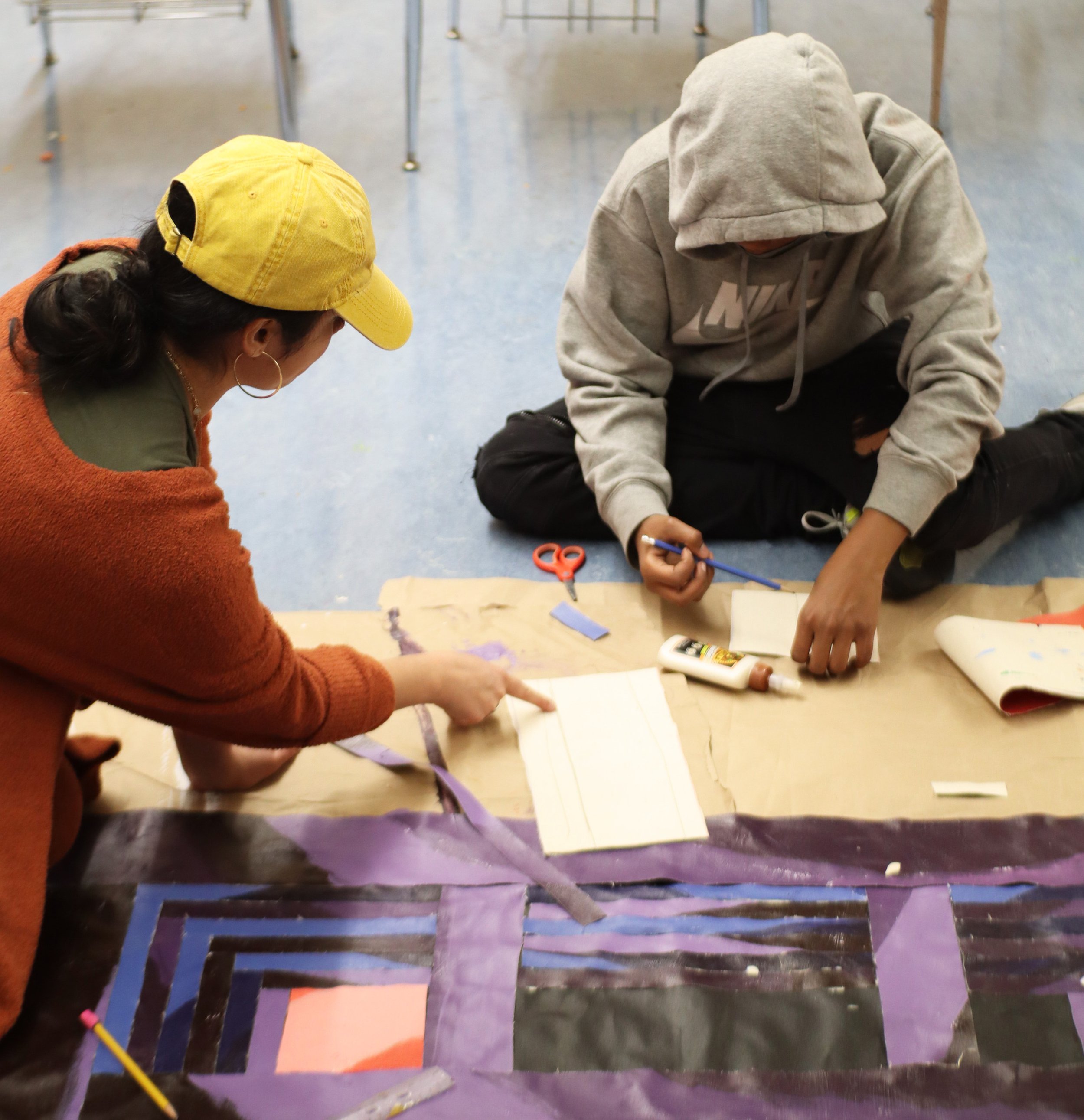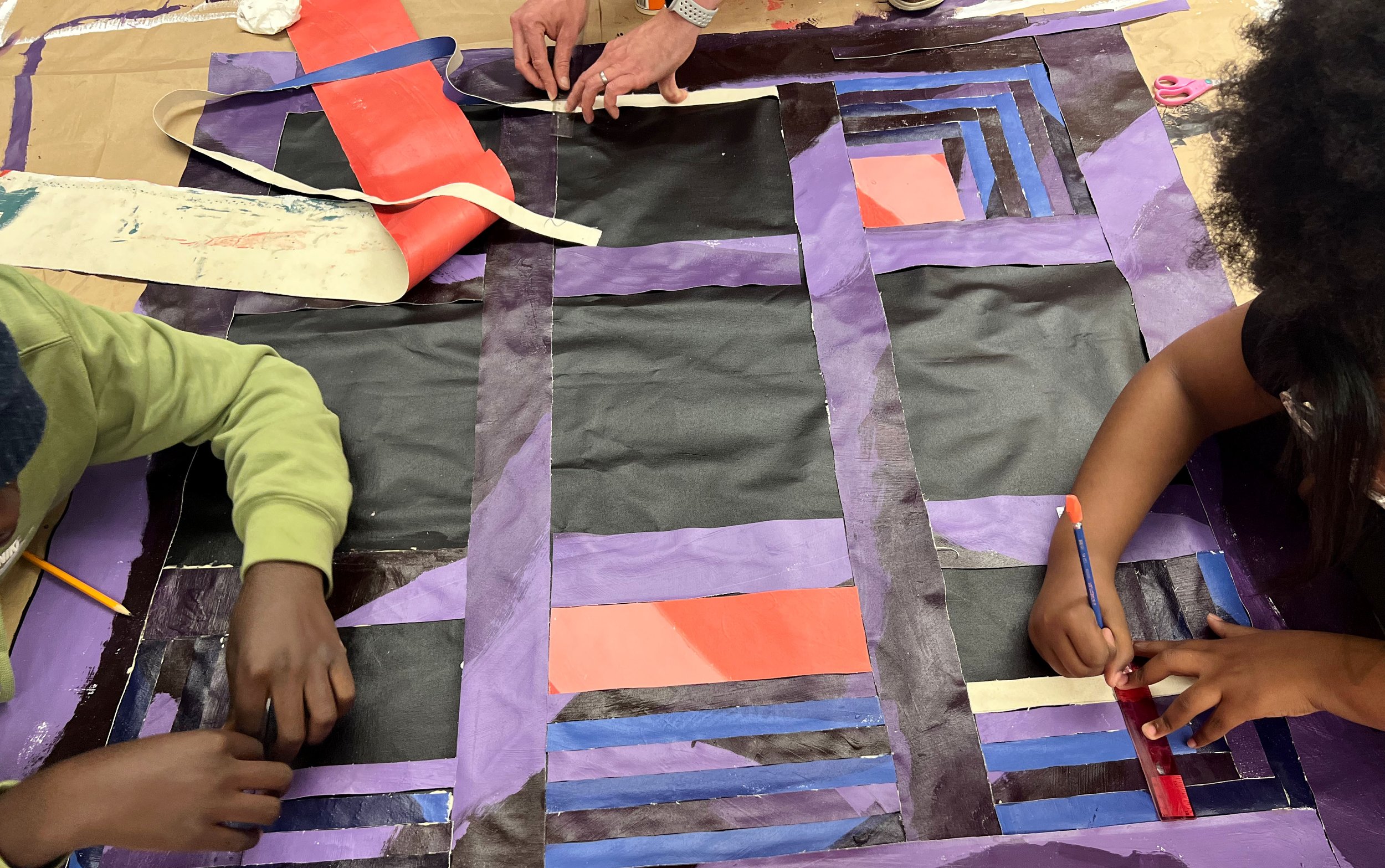DATE: Saturday, June 22nd, 2024
TIME: 1:00 - 3:00pm
Program begins at 2:00pm.
LOCATION: 3111 West Street, Oakland, CA 94608
ArtEsteem launched our capital campaign to ensure sustainability in Oakland’s ever-changing cityscape. The establishment of The Center for ArtEsteem at 3111 and 3115 West Street, less than two blocks from our original location on 33rd and West where we formed our identity and made decades of healing, creative, and educational impacts is indicative of a universal pull to maintain our deep-rooted legacy in West Oakland.
Our Phase I building at 3111 West Street is constructed, complete, and ready to be filled with ArtEsteem’s foundational energies of love, joy, and creativity. This Open House will serve as a showcase and celebration, demonstrating the building’s design, features, and potential as an arts, healing, and administrative space.
ArtEsteem hired two dedicated professionals with diverse backgrounds and abilities to create culturally-connected architectural, landscape, and urban designs. Christopher Andrews, a Black architect and town planner, and Catherine Chang, a native Hawaiian architect and landscape designer, each bring over 30 years of experience to their practice and have extensive experience with environmentally and culturally sustainable methods to the design process. Their general practice and approach to The Center for ArtEsteem’s new buildings celebrates the critical juncture between architectural and urban space, articulates and advocates for environmental and social concerns, and helps preserve, enhance and create beautiful neighborhoods and buildings. Christopher and Catherine have worked with the ArtEsteem team from design to build, providing support with project management as well as managing and navigating city planning and permit processes.
Madrone Design Studio, Catherine Chang’s sustainable development and design firm, is staffed by a diverse team of culturally informed and responsive junior architects who operate from a culture of listening and respect. This collaboration has allowed our capital campaign to prioritize our unique cultural and programmatic needs, resulting in a unique space that stands out to ArtEsteem’s residential neighbors and provides an optimal community resource.
We want to serve as an example of an organization that uplifts and provide spaces for resilience, imagination, and ingenuity, an imperative aim to mitigate the oppressive systems that have divided and degraded marginalized peoples and spaces. We welcome you to our Open House, and ask you to instill love, optimism, and hope into the space.
FEATURING:
Art activities including gel plate printing, tablecloth decoration, and screen printing.
Video engagement with the HEAR HERE Community Billboard Truck.
Catering from ASÚKAR Palestinian Cuban Fusion.
NAVIGATION:
Our new property is located in the residential neighborhood of the Hoover Corridor at 3111 West Street.
Parking is limited to spaces on the surrounding streets. We recommend that you walk, bike, take public transportation, carpool, or rideshare to ease your arrival experience.
COVID-19 CONSIDERATIONS:
We strongly recommend wearing a mask and having up-to-date vaccinations.
According to Alameda County Public Health: “Wearing masks is strongly urged in indoor settings and required in certain high-risk settings. You may choose to wear a mask in outdoor crowded settings, and in non-public indoor settings, like a private residence, when you are around people who may be unvaccinated, elderly, or immunocompromised. While fully vaccinated people are well-protected from severe illness due to variants of the virus that causes COVID-19, they may get asymptomatic or mild infections. To protect everyone, wear a mask to help slow the spread of the virus.“
Please be mindful of social distancing, and respect everyone’s space.
